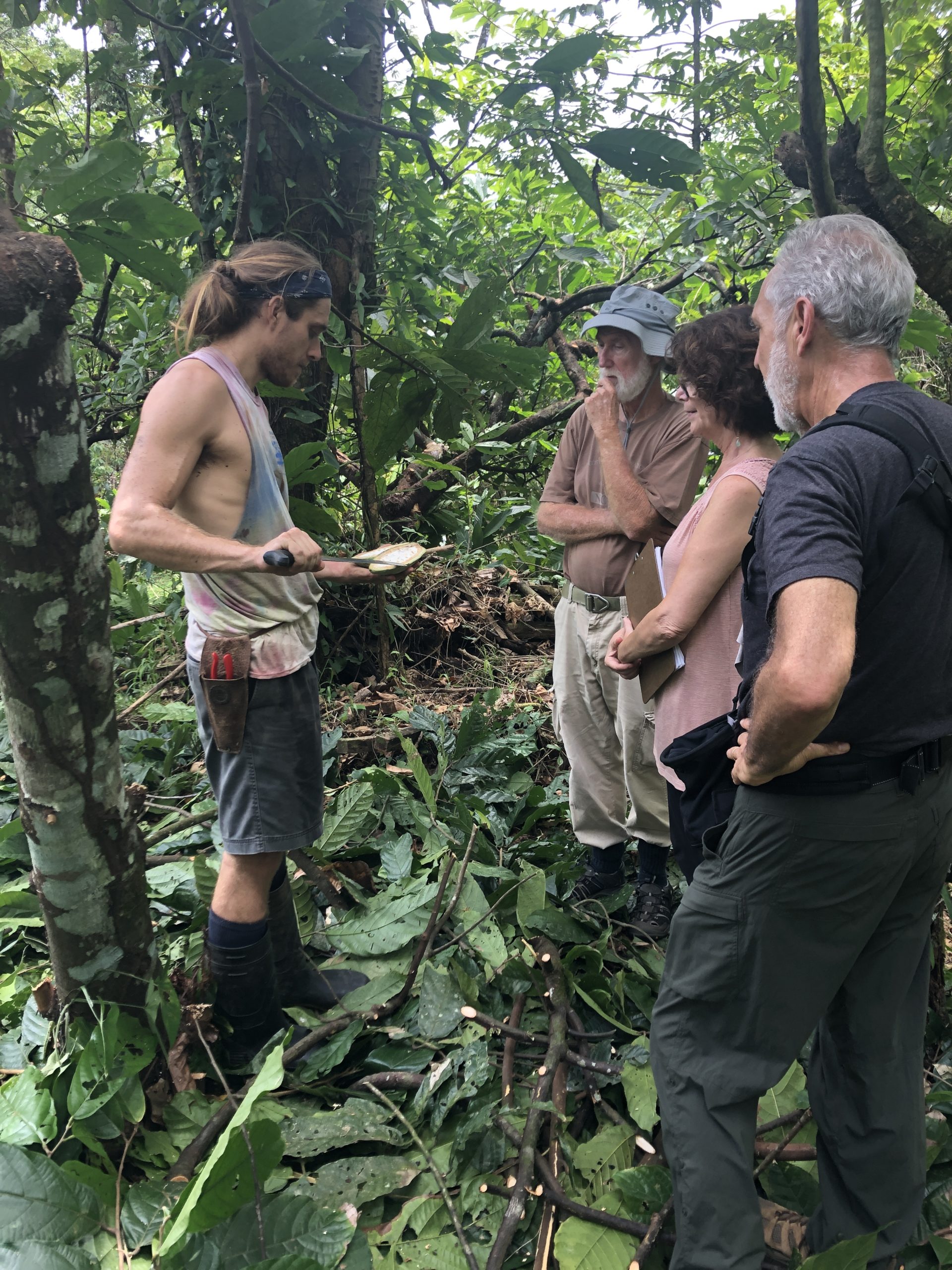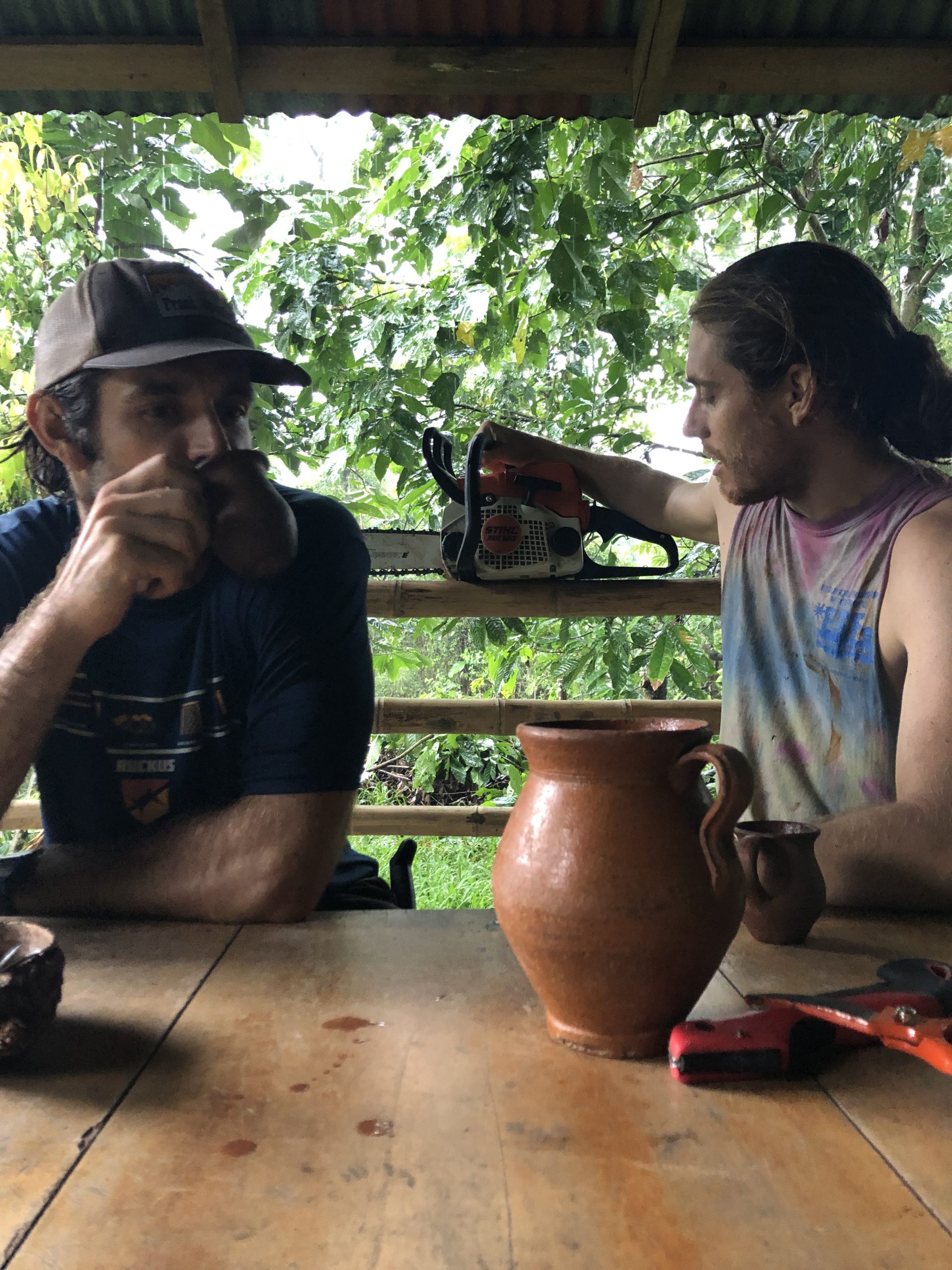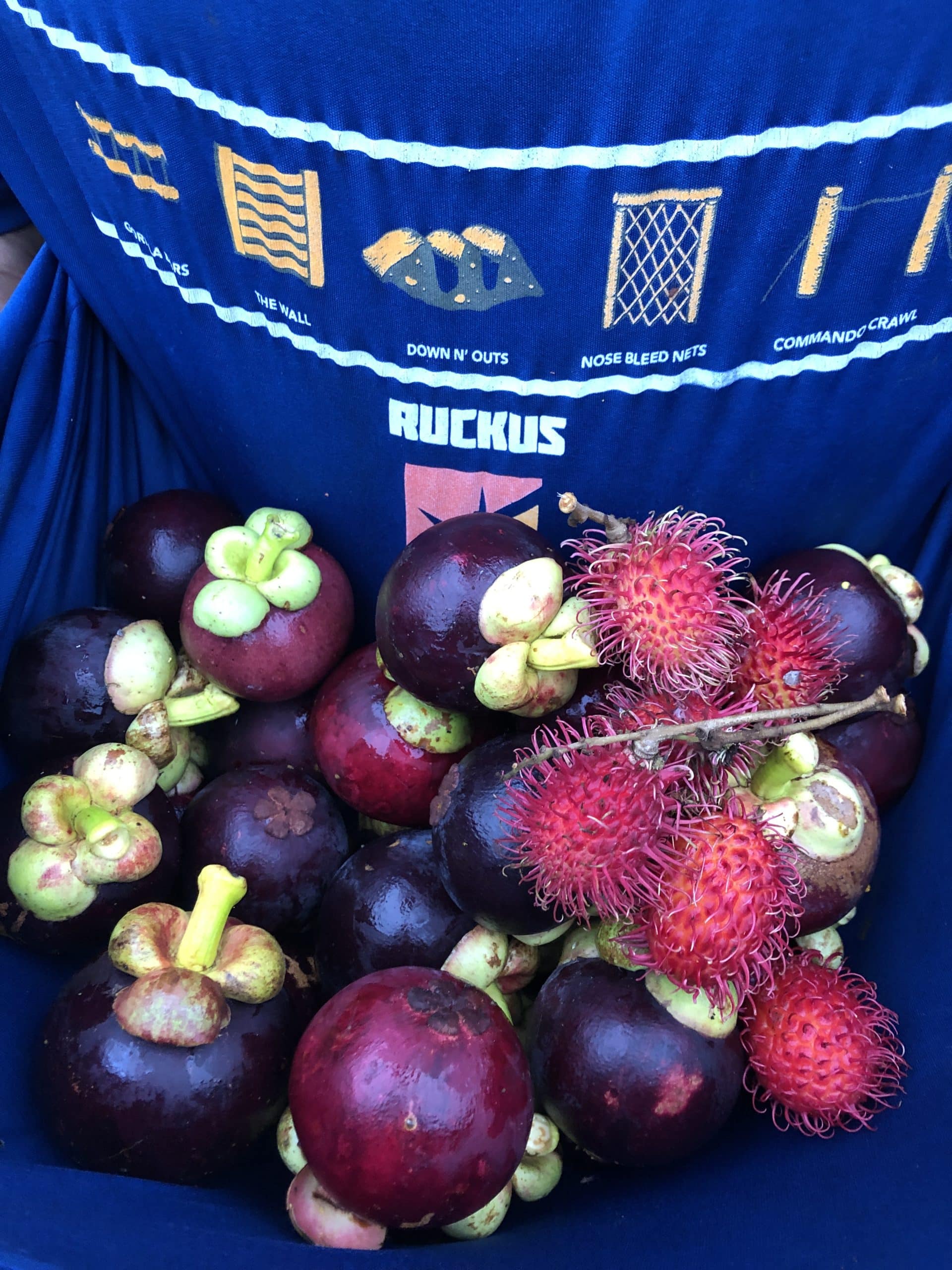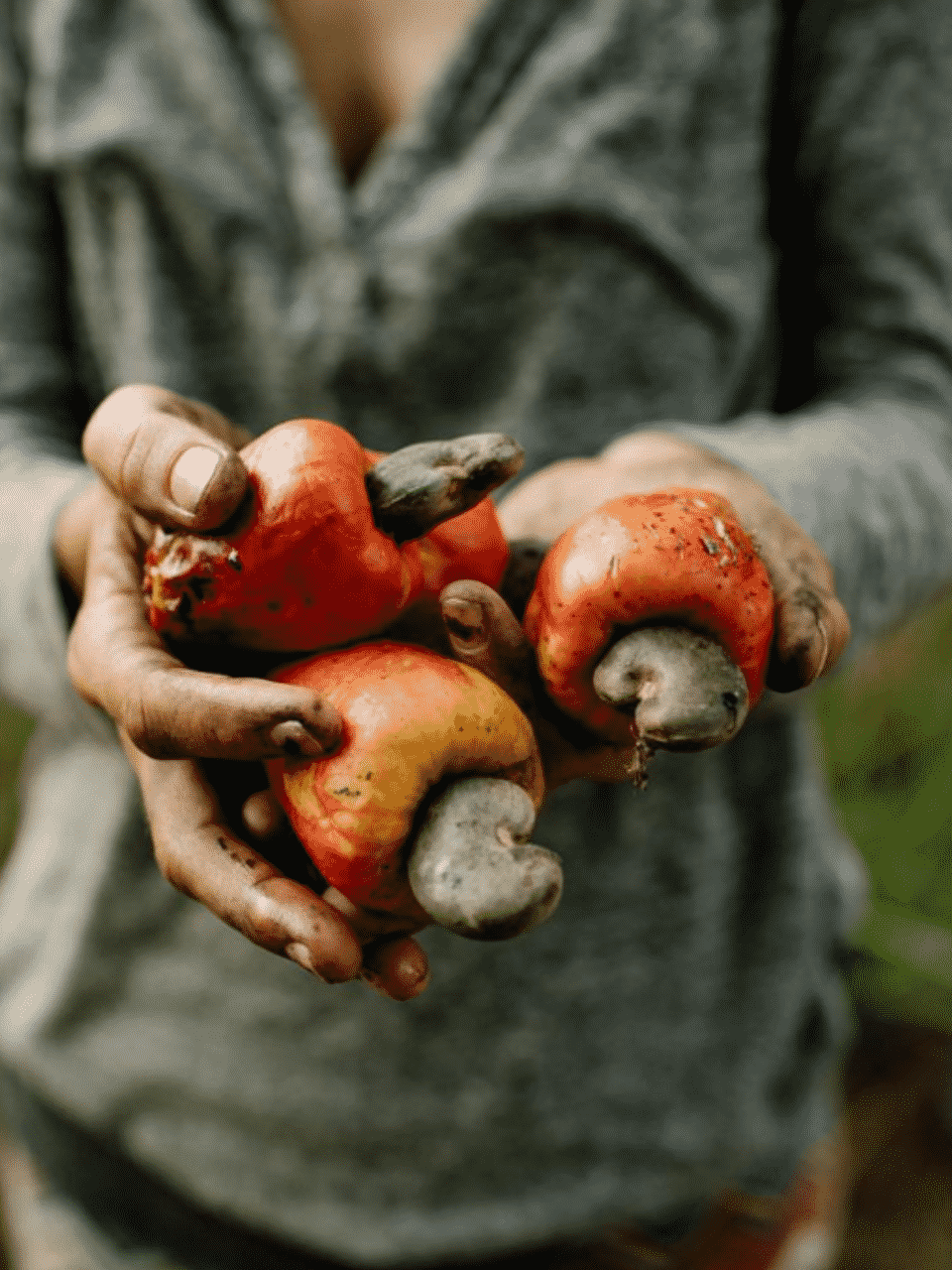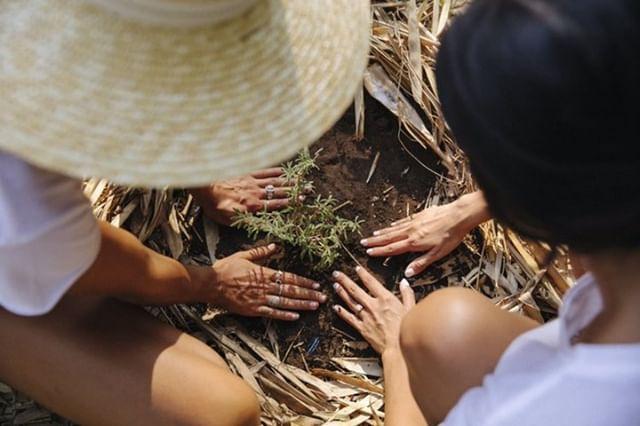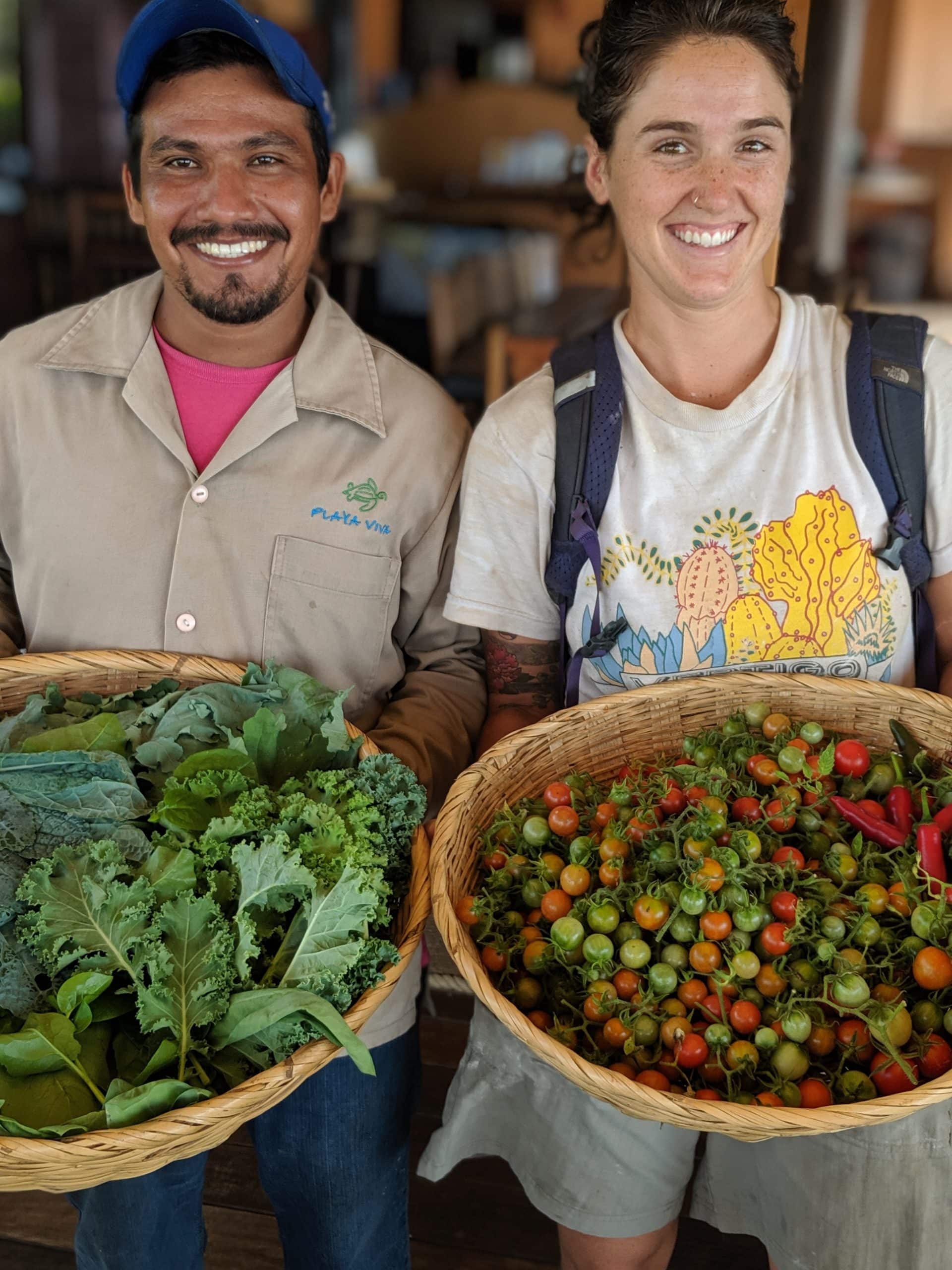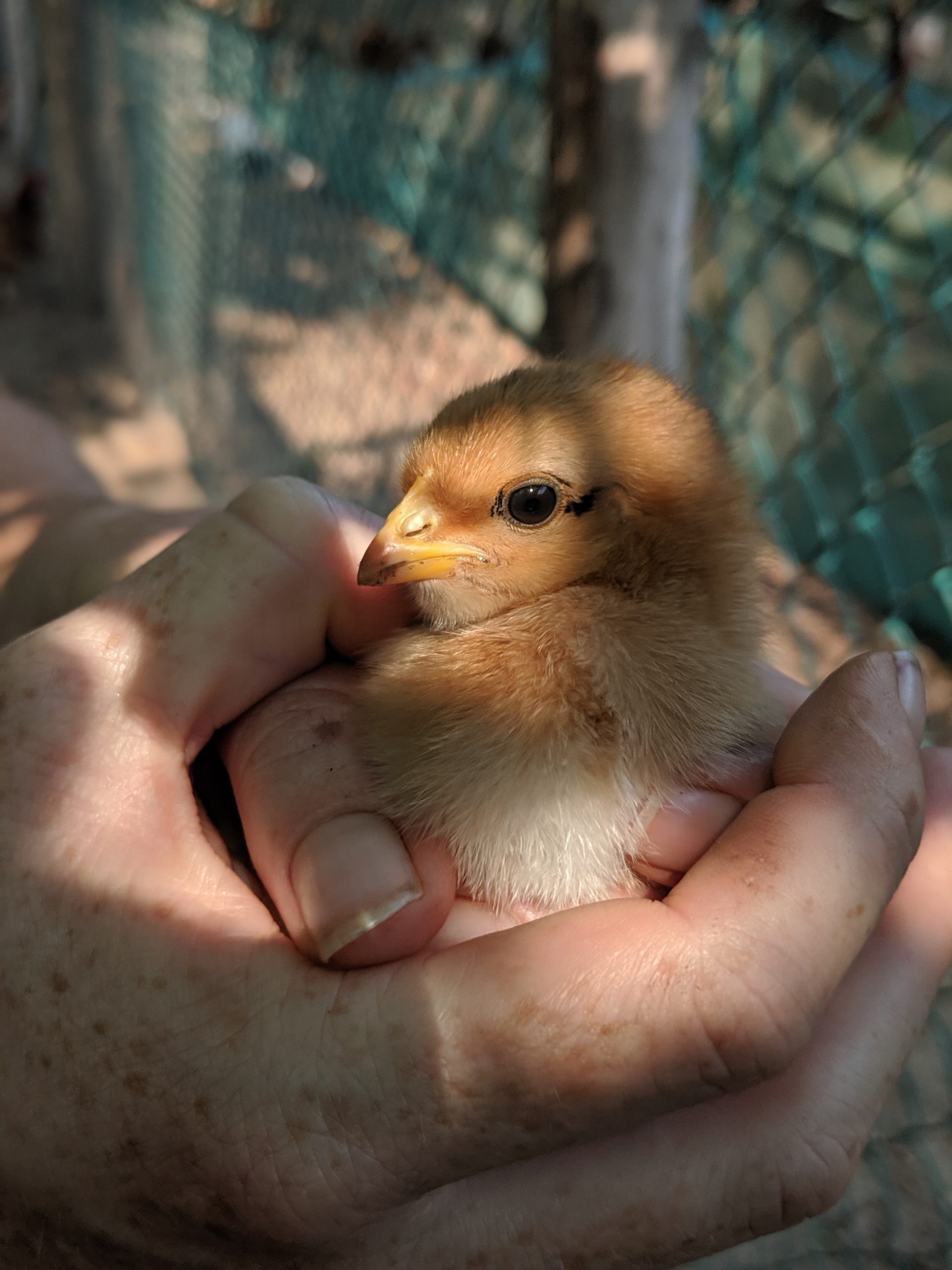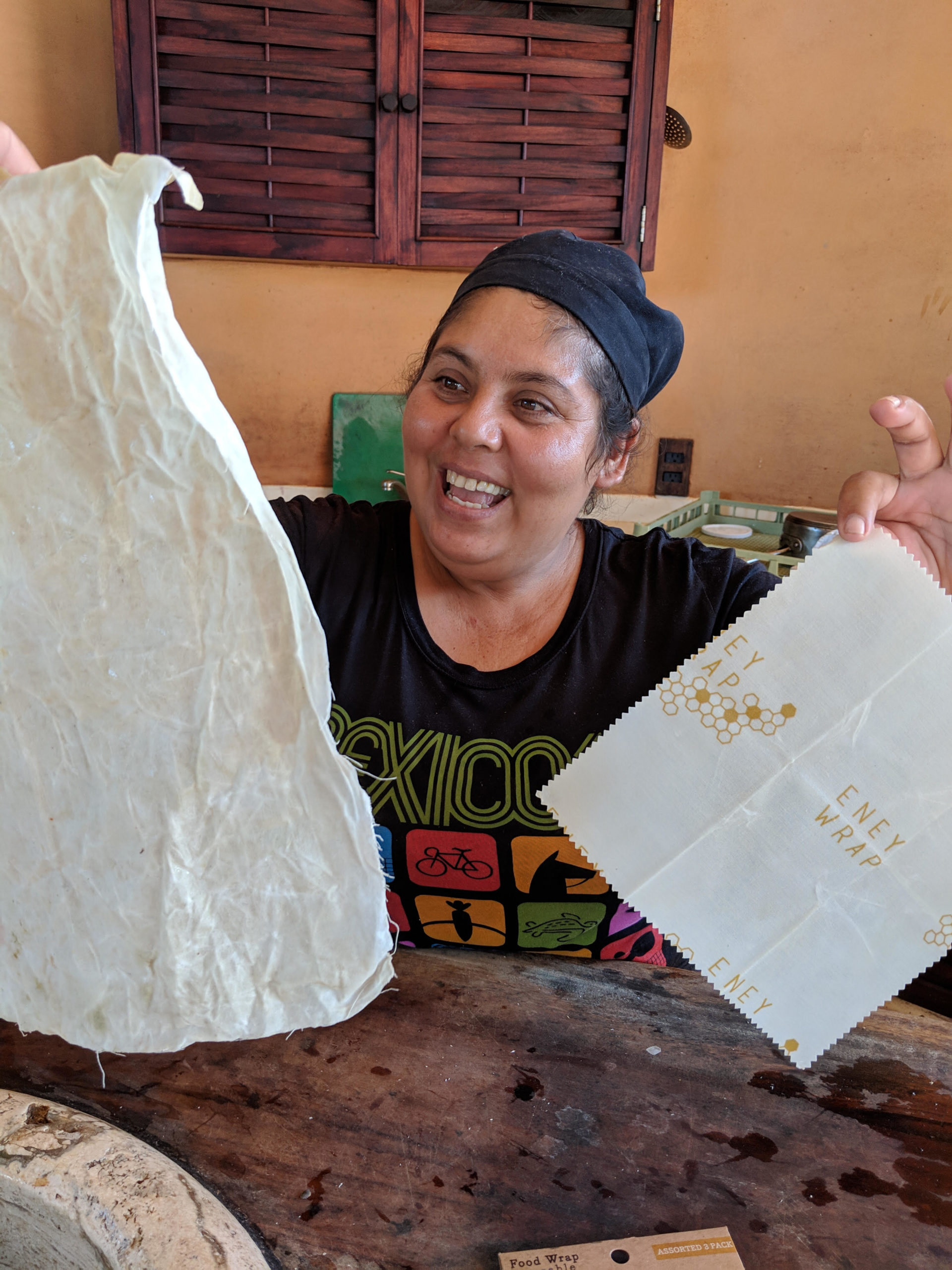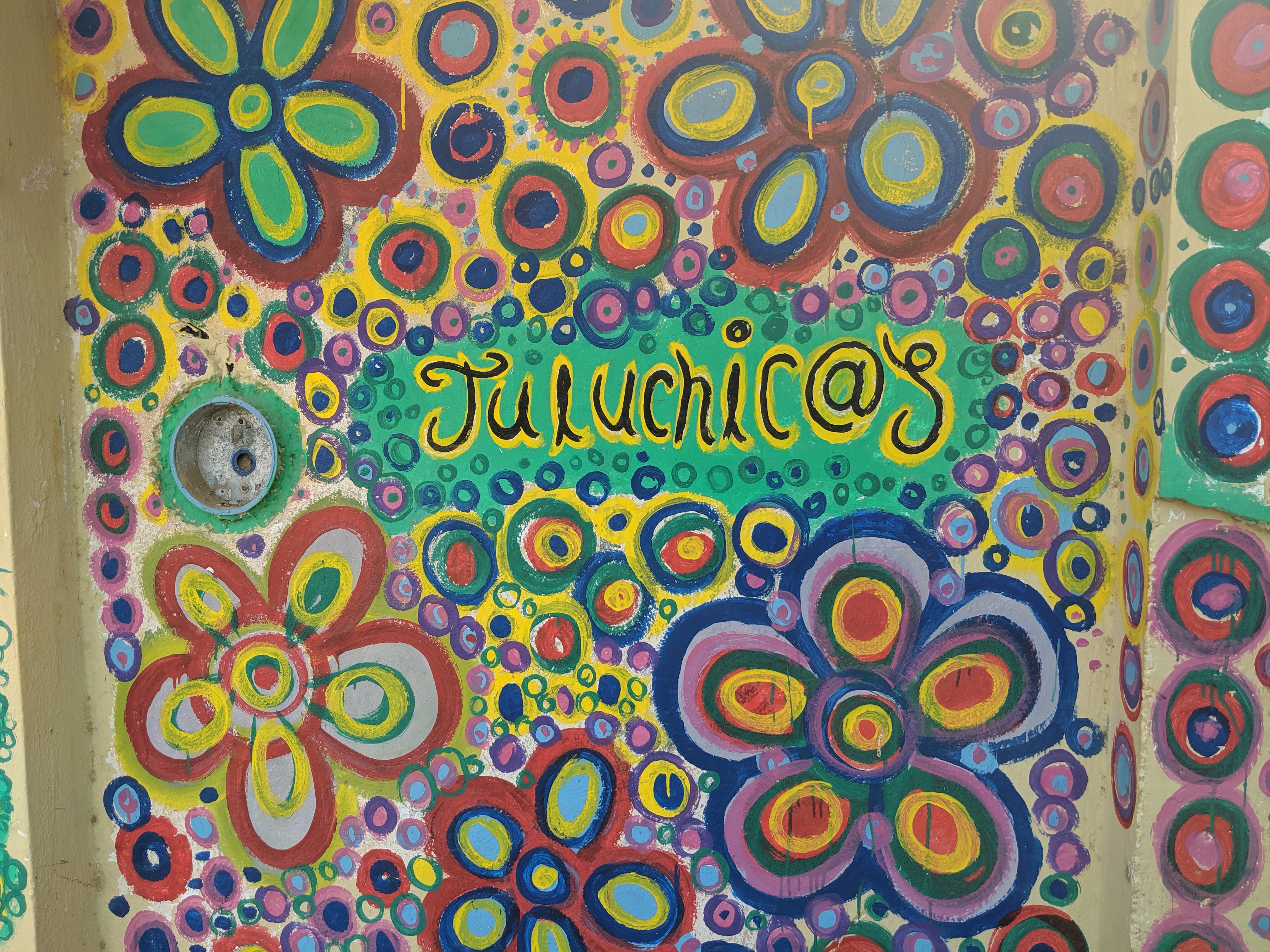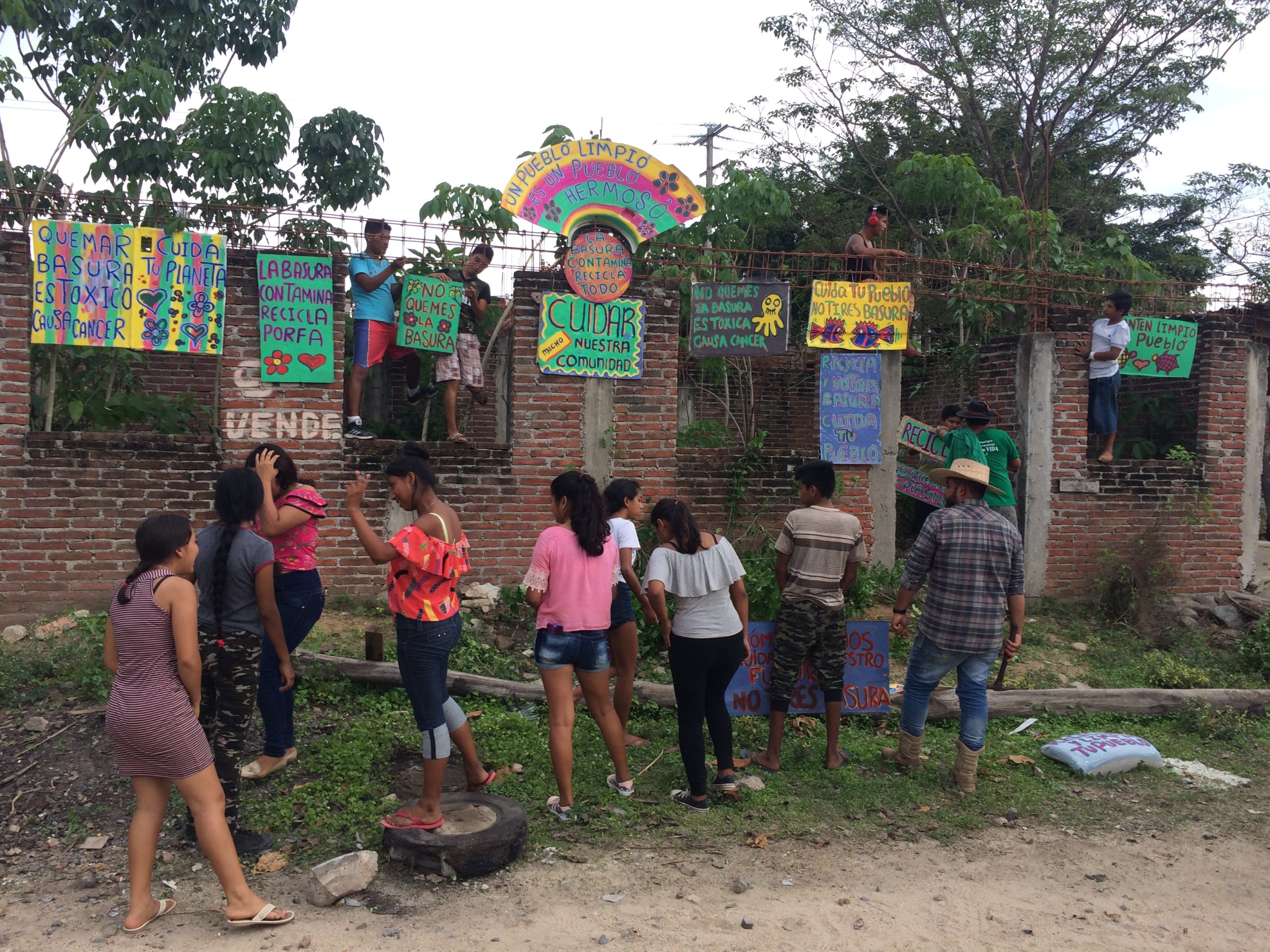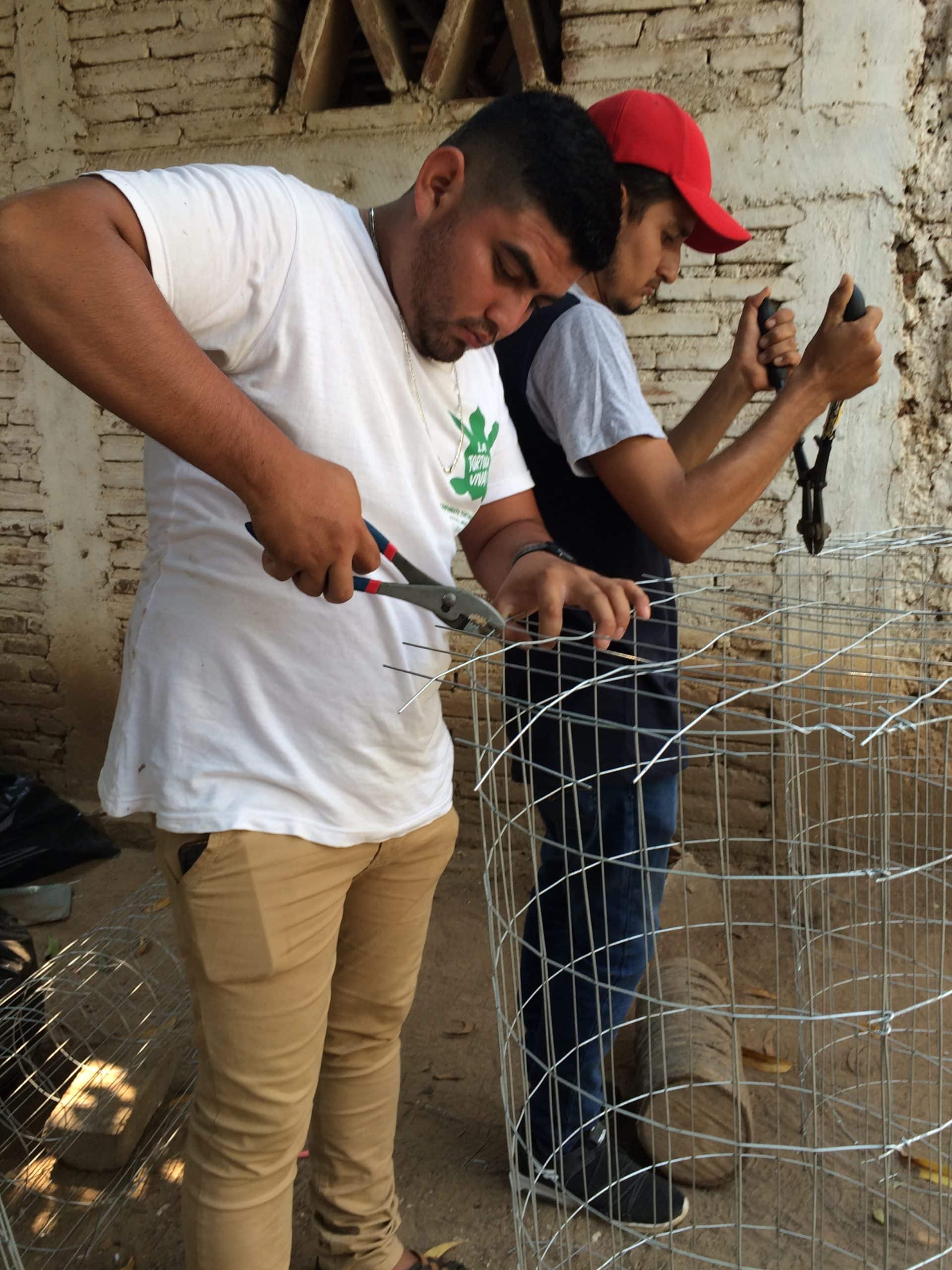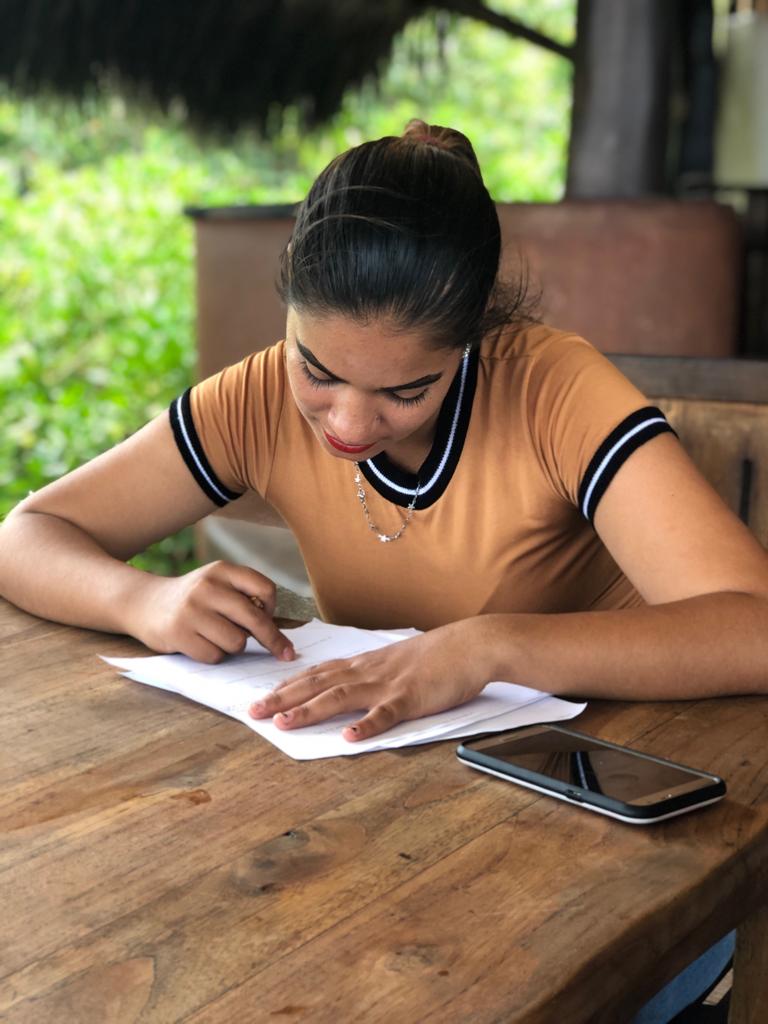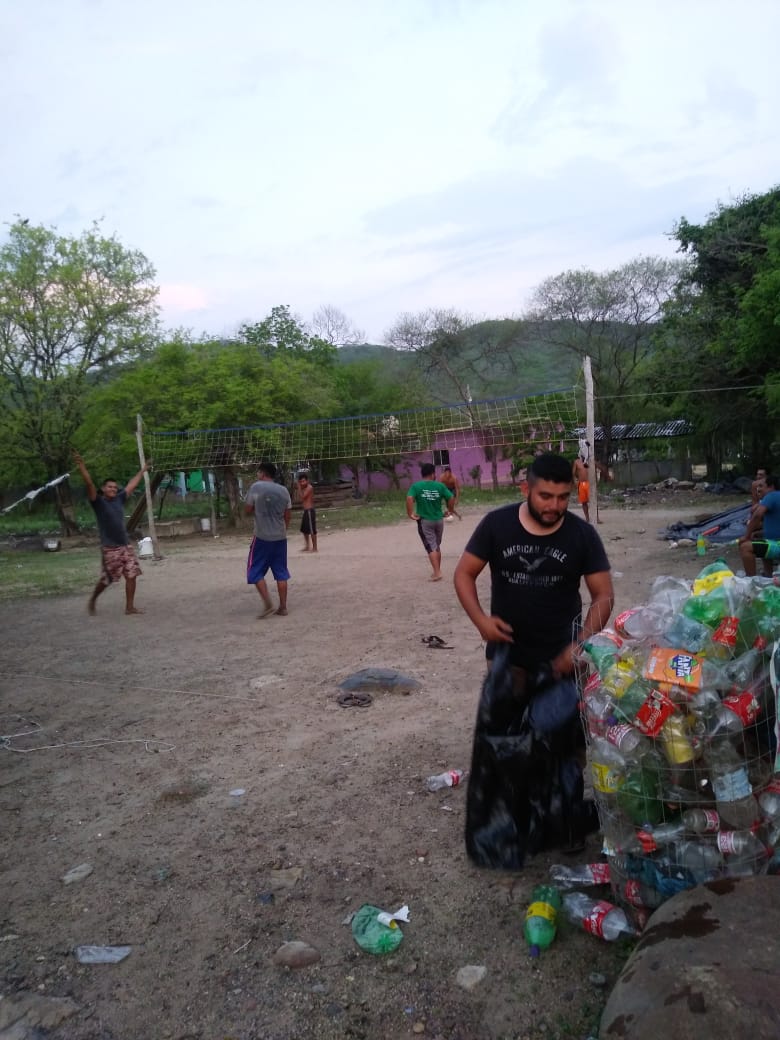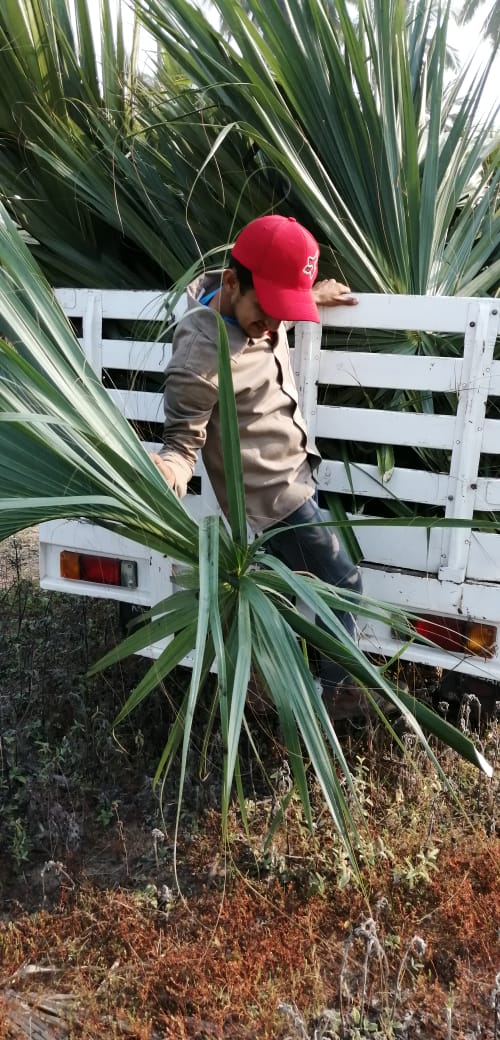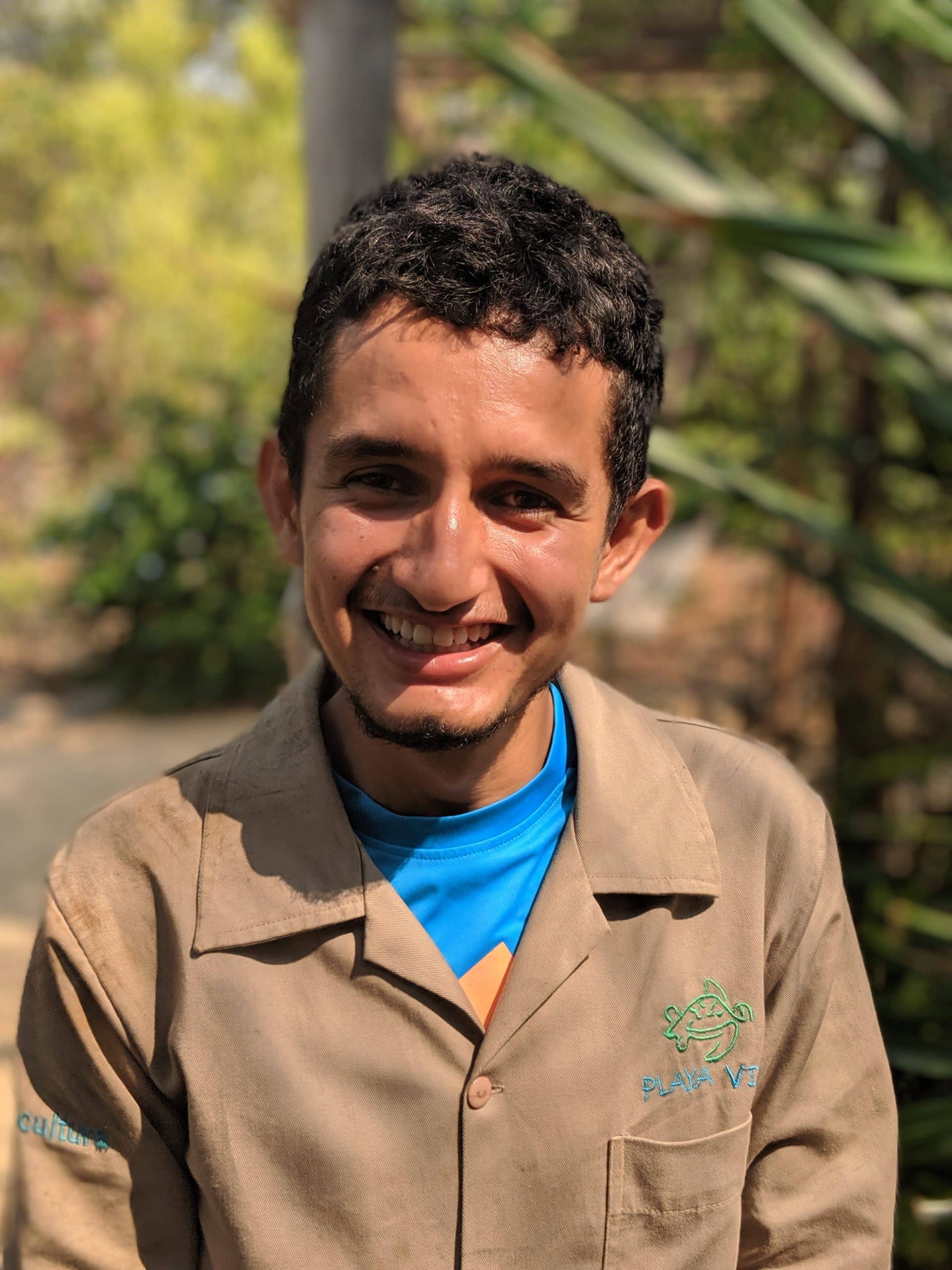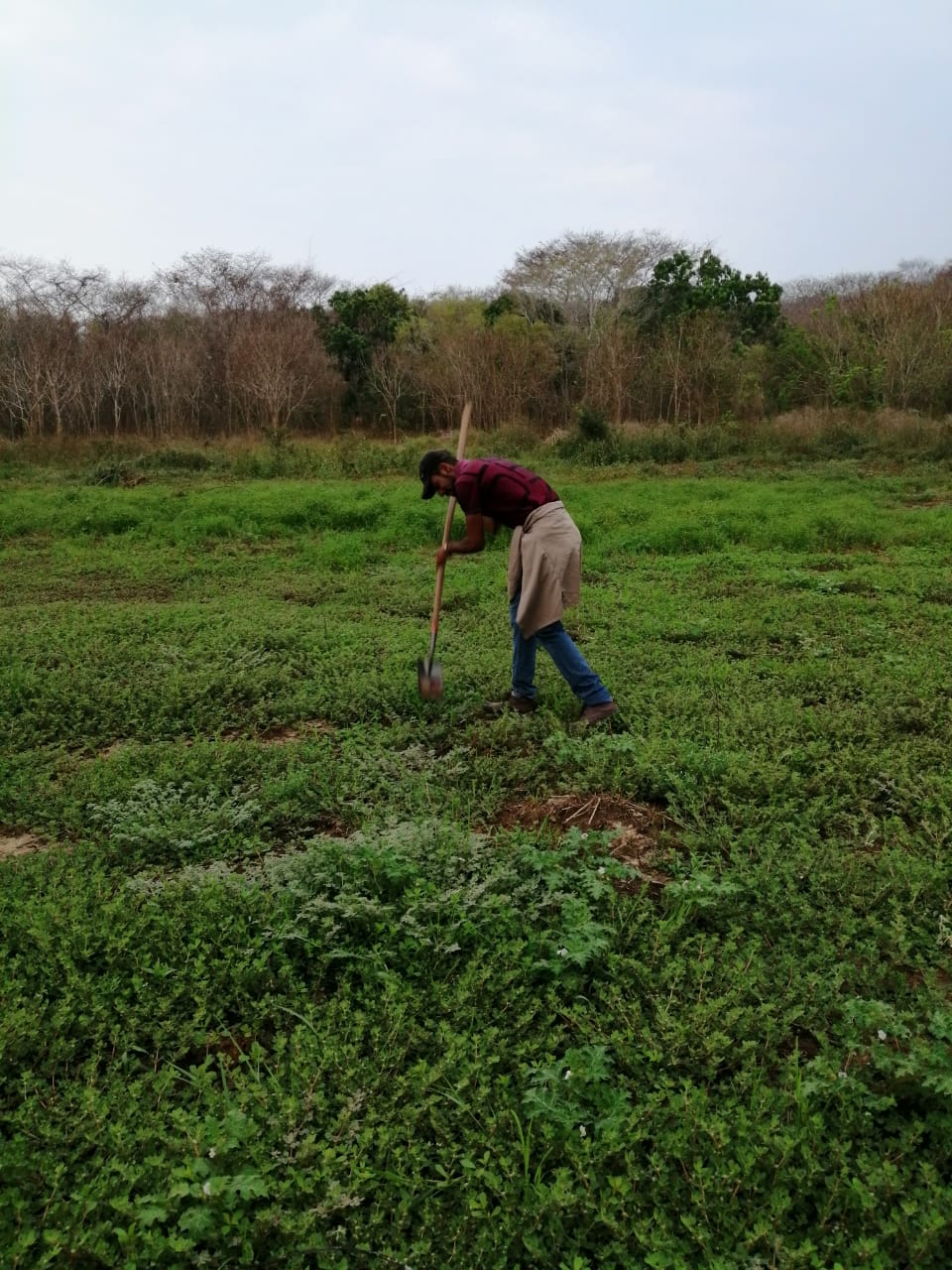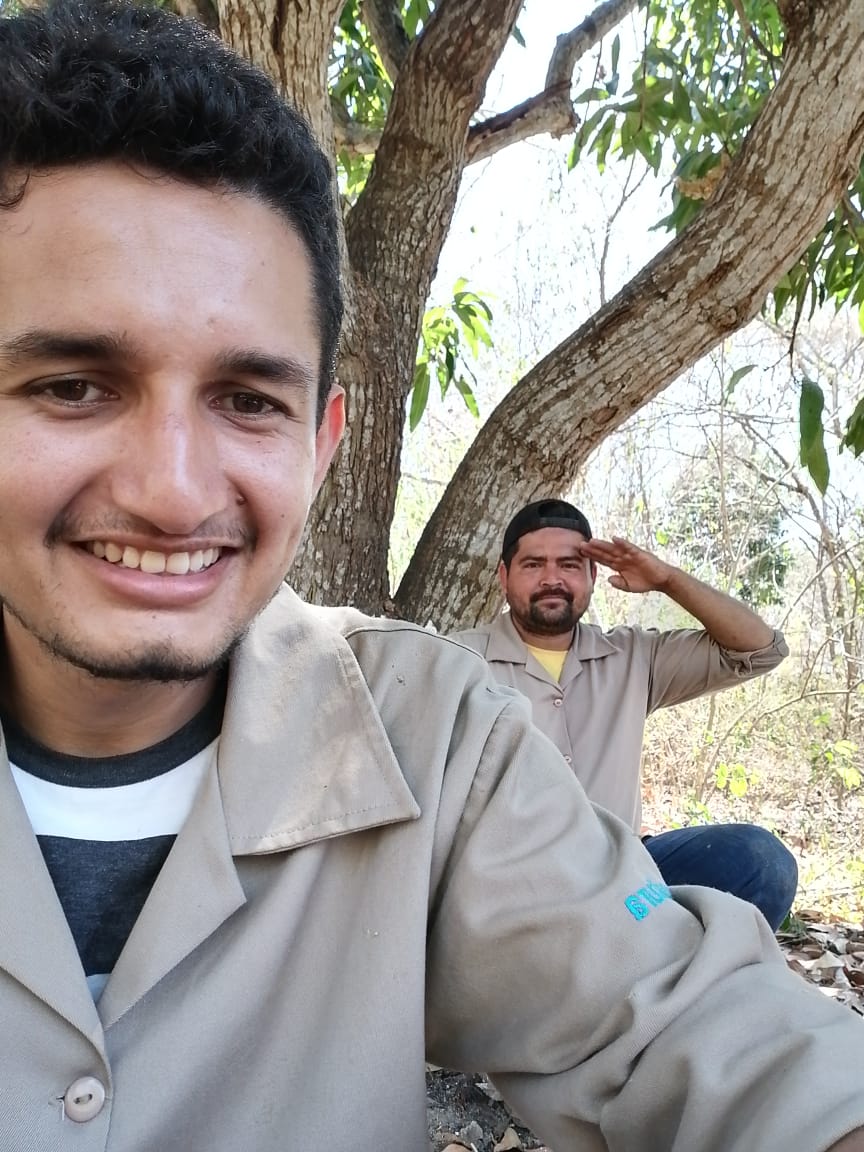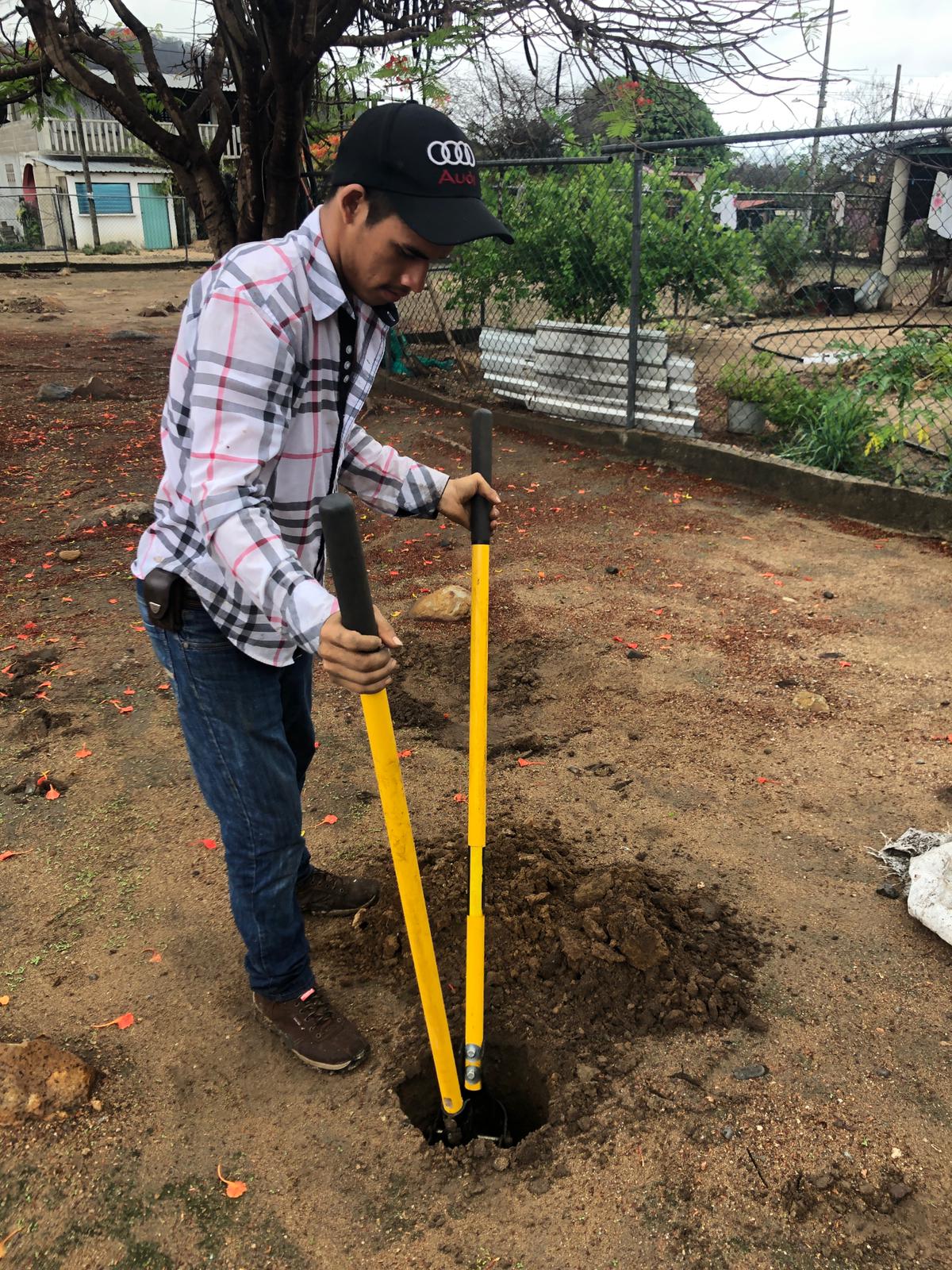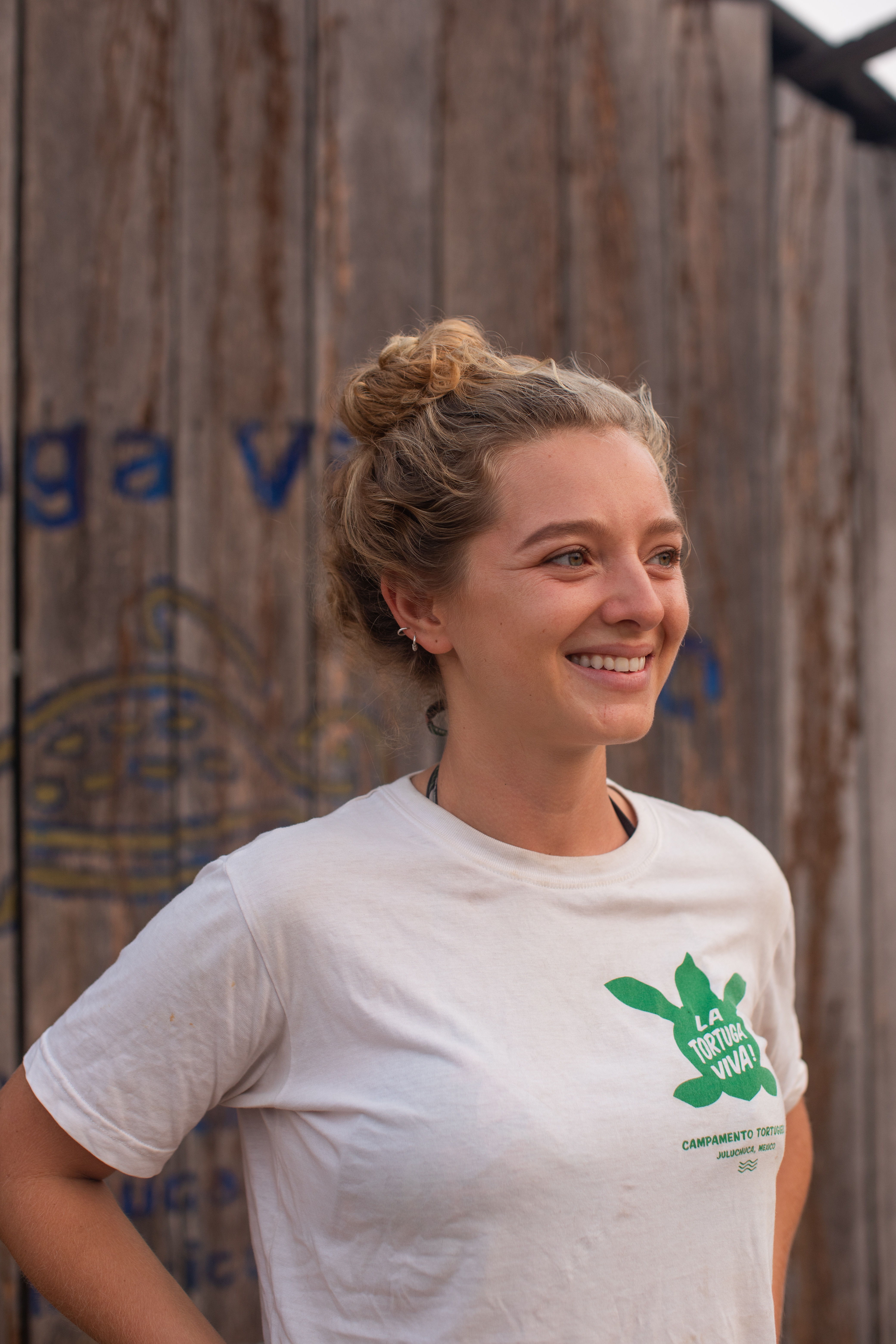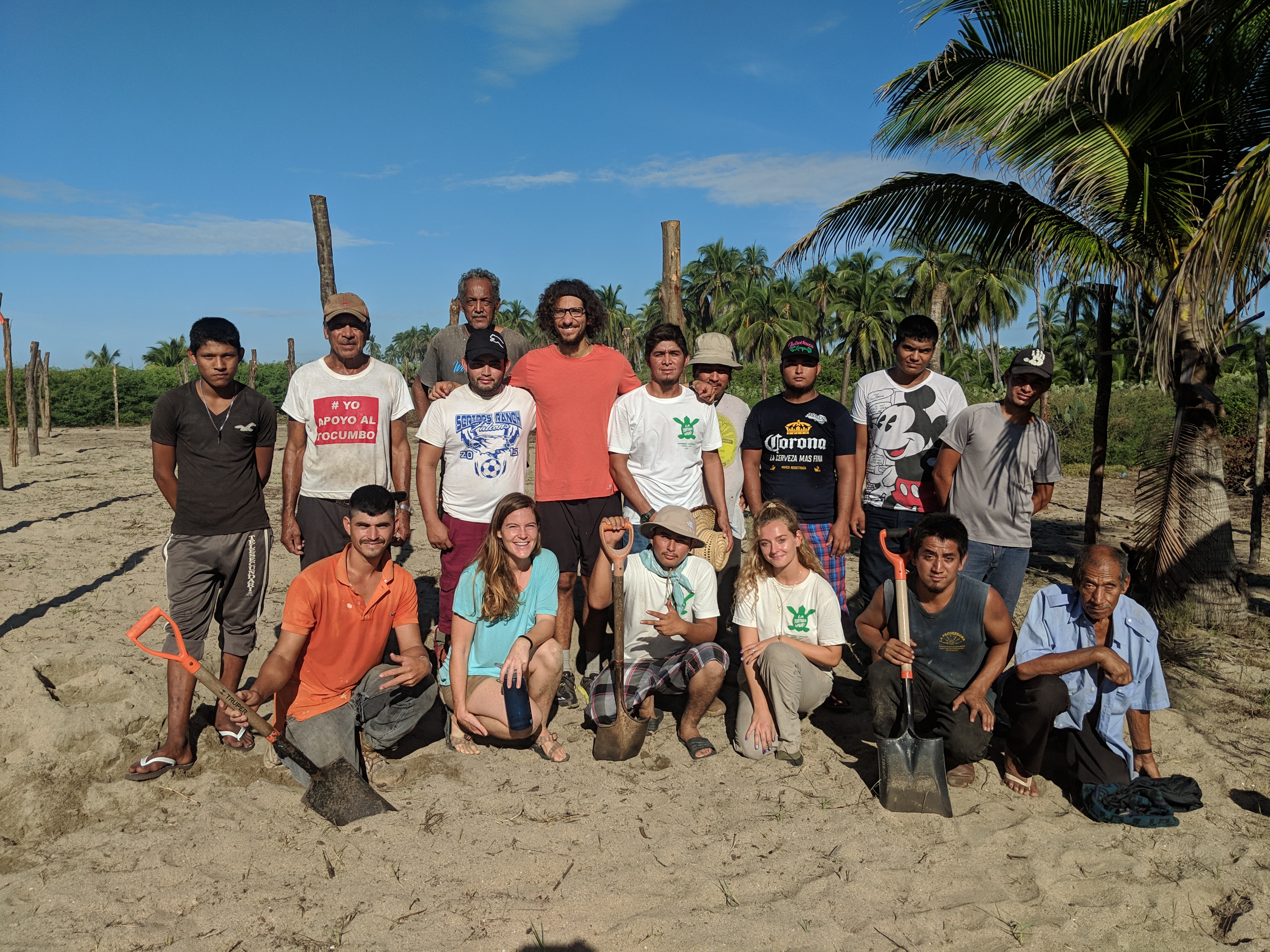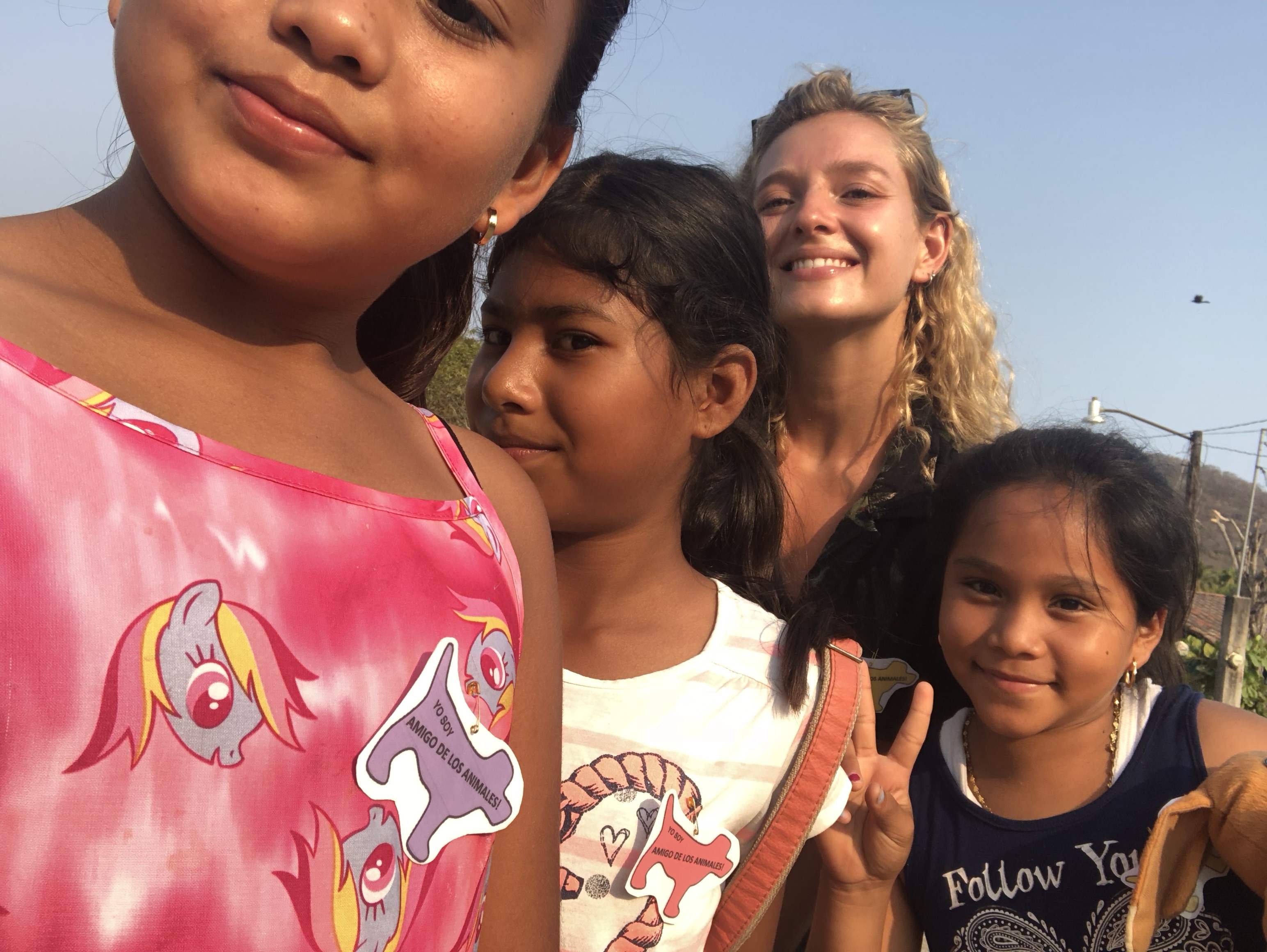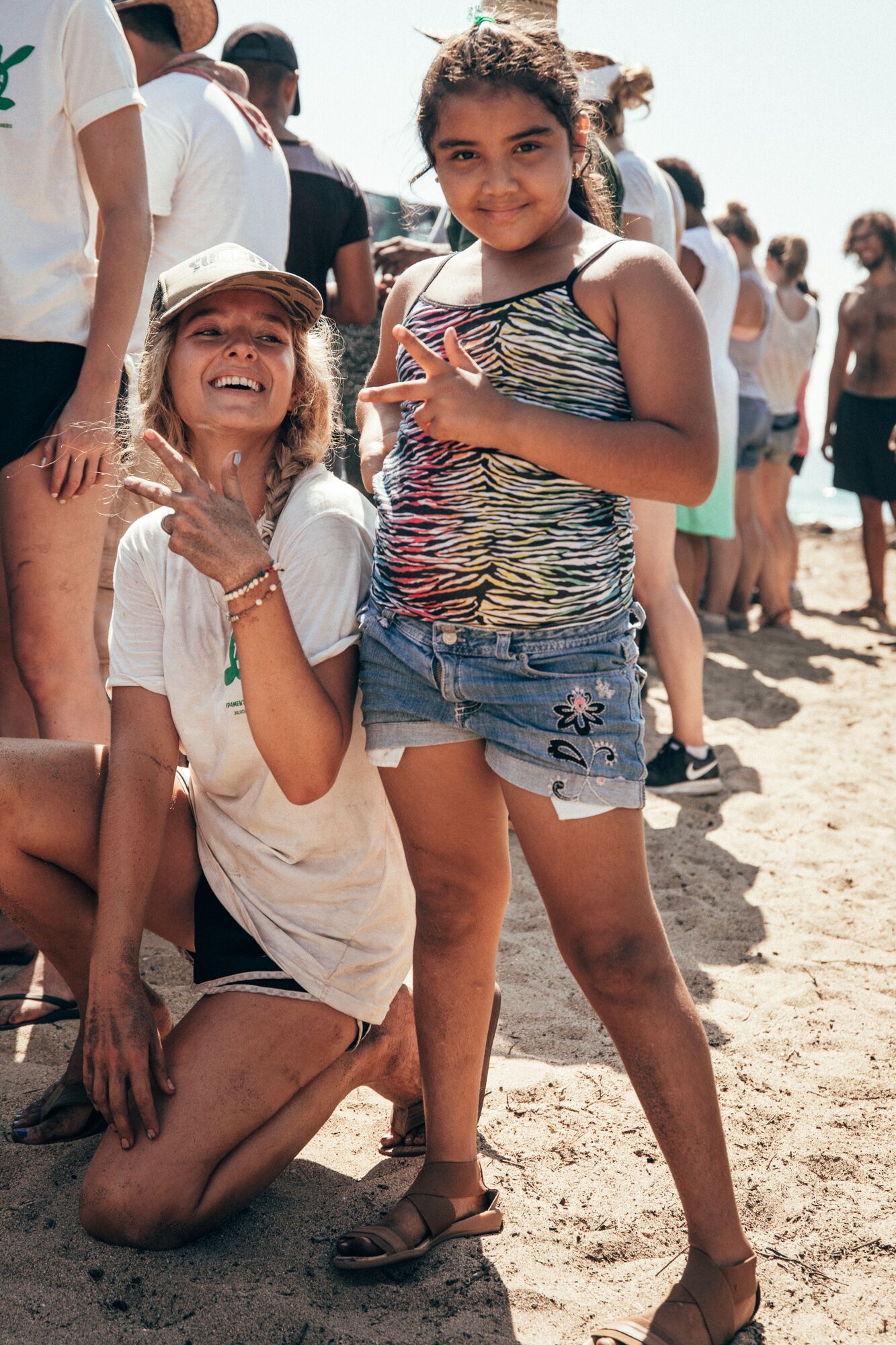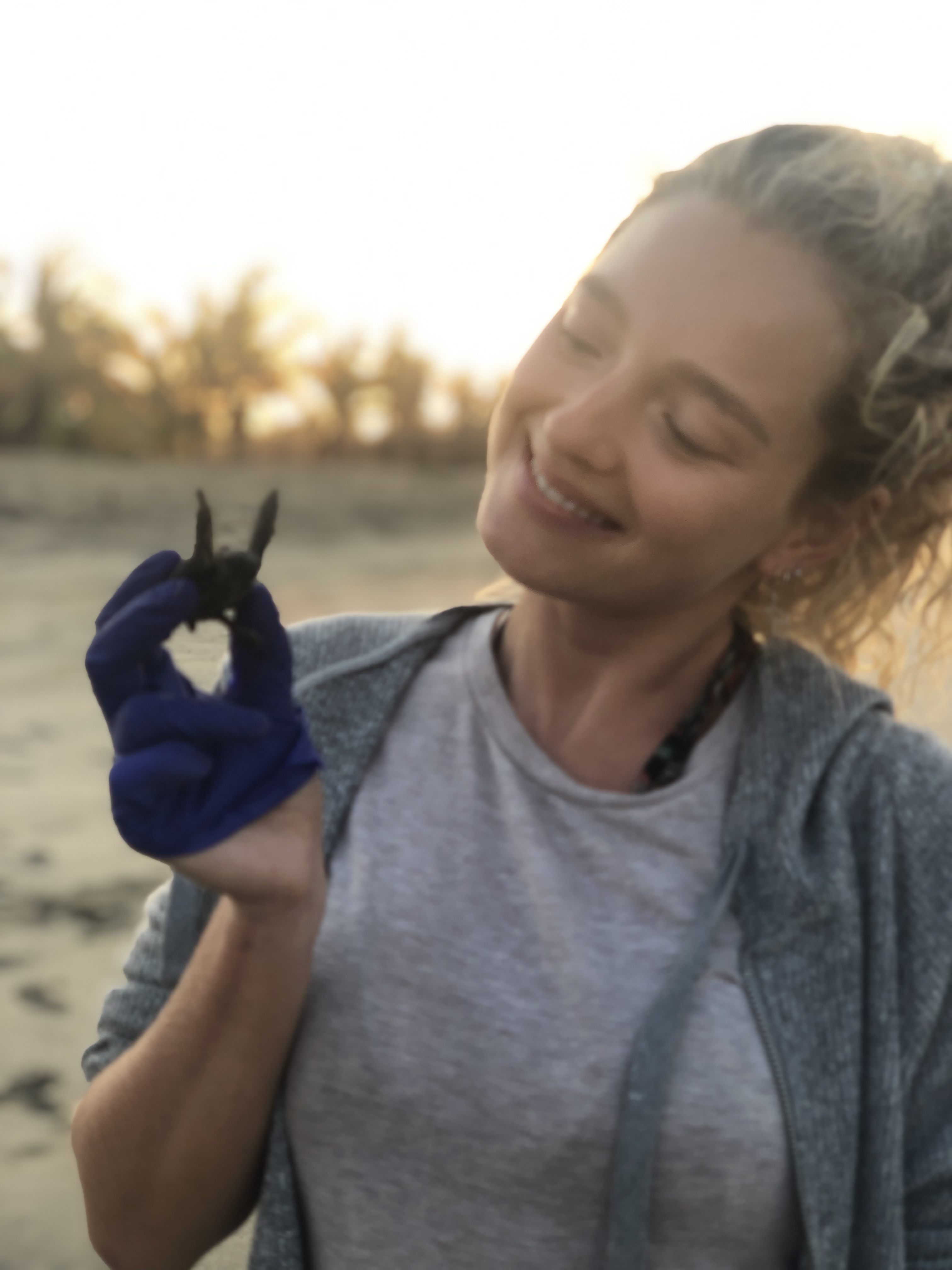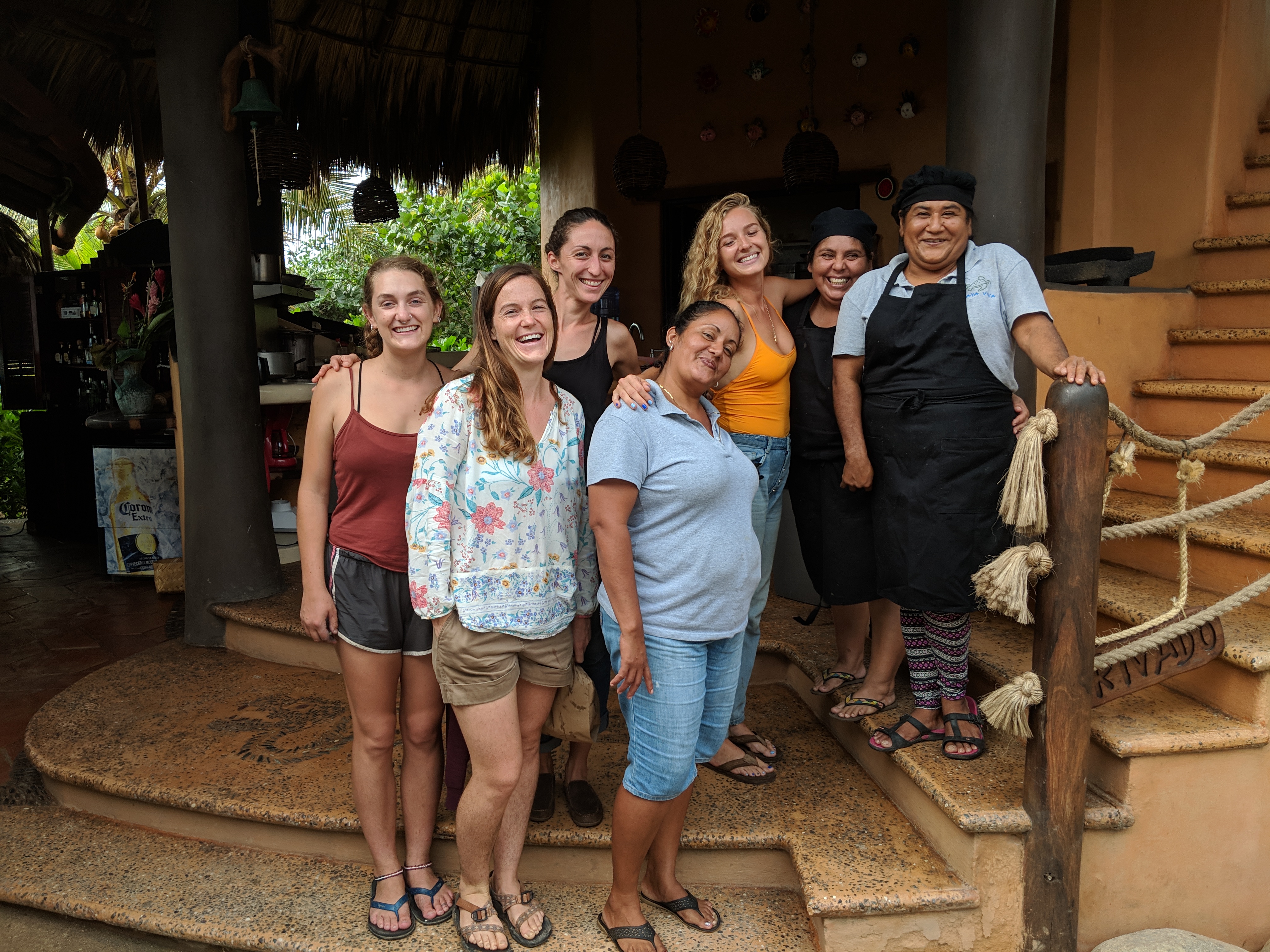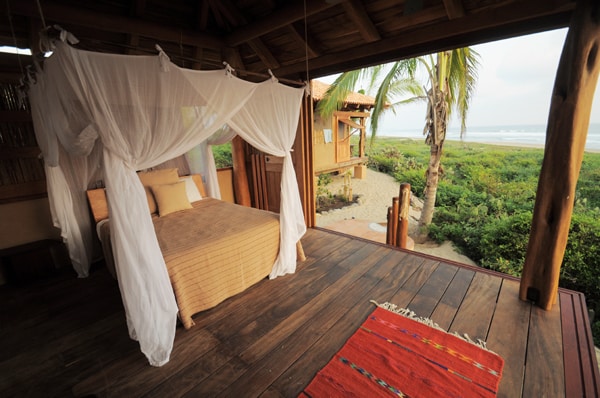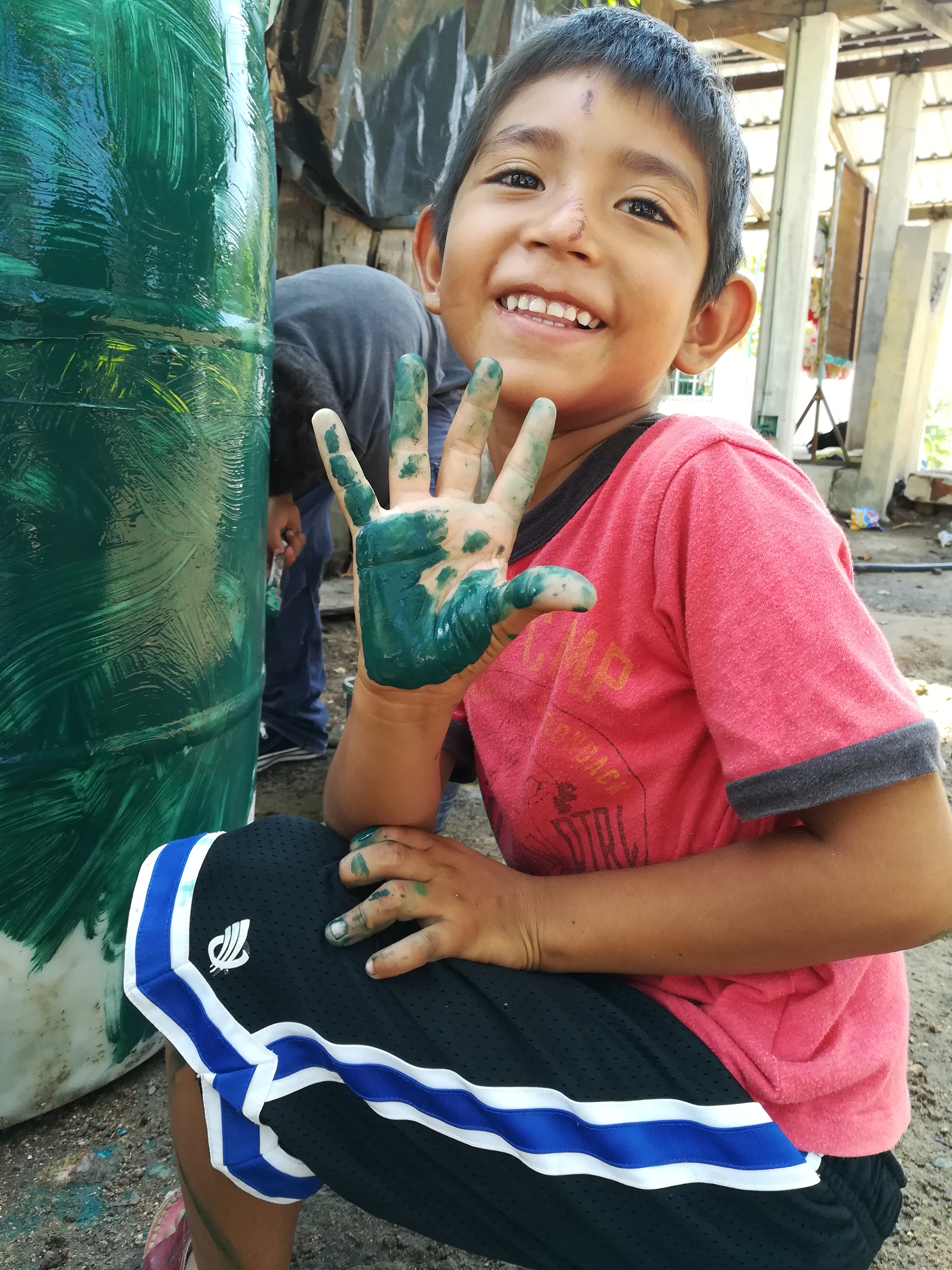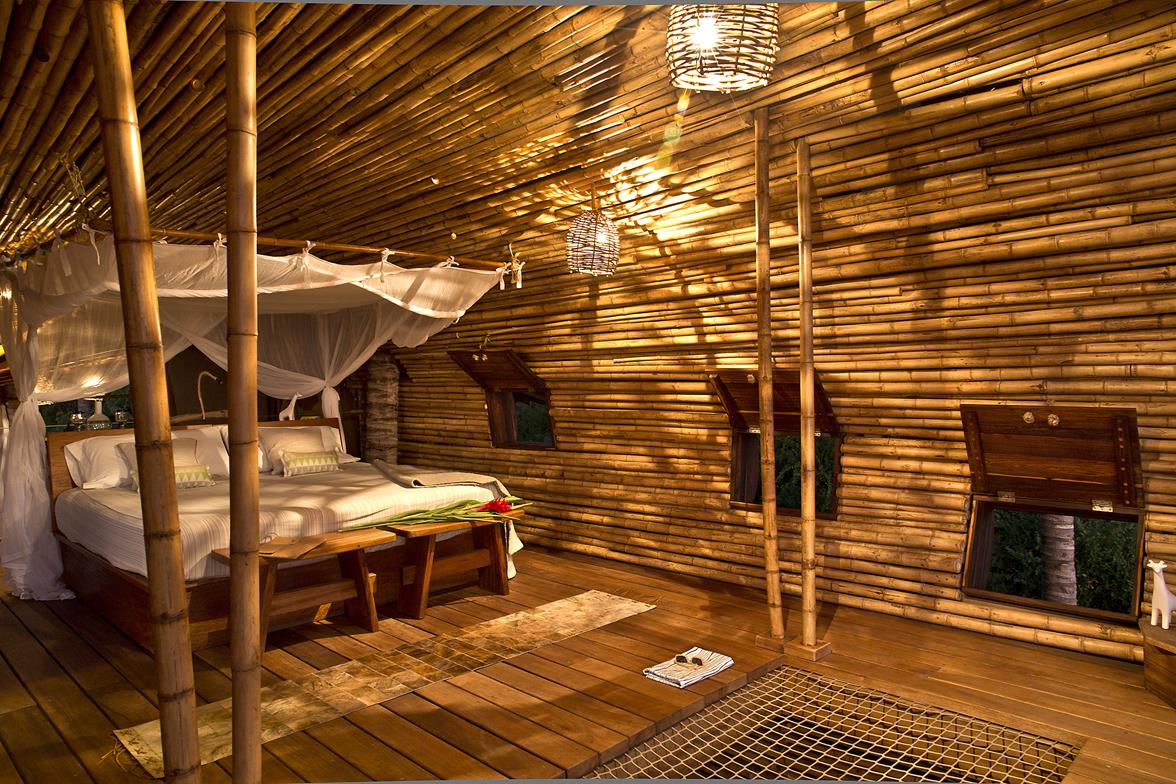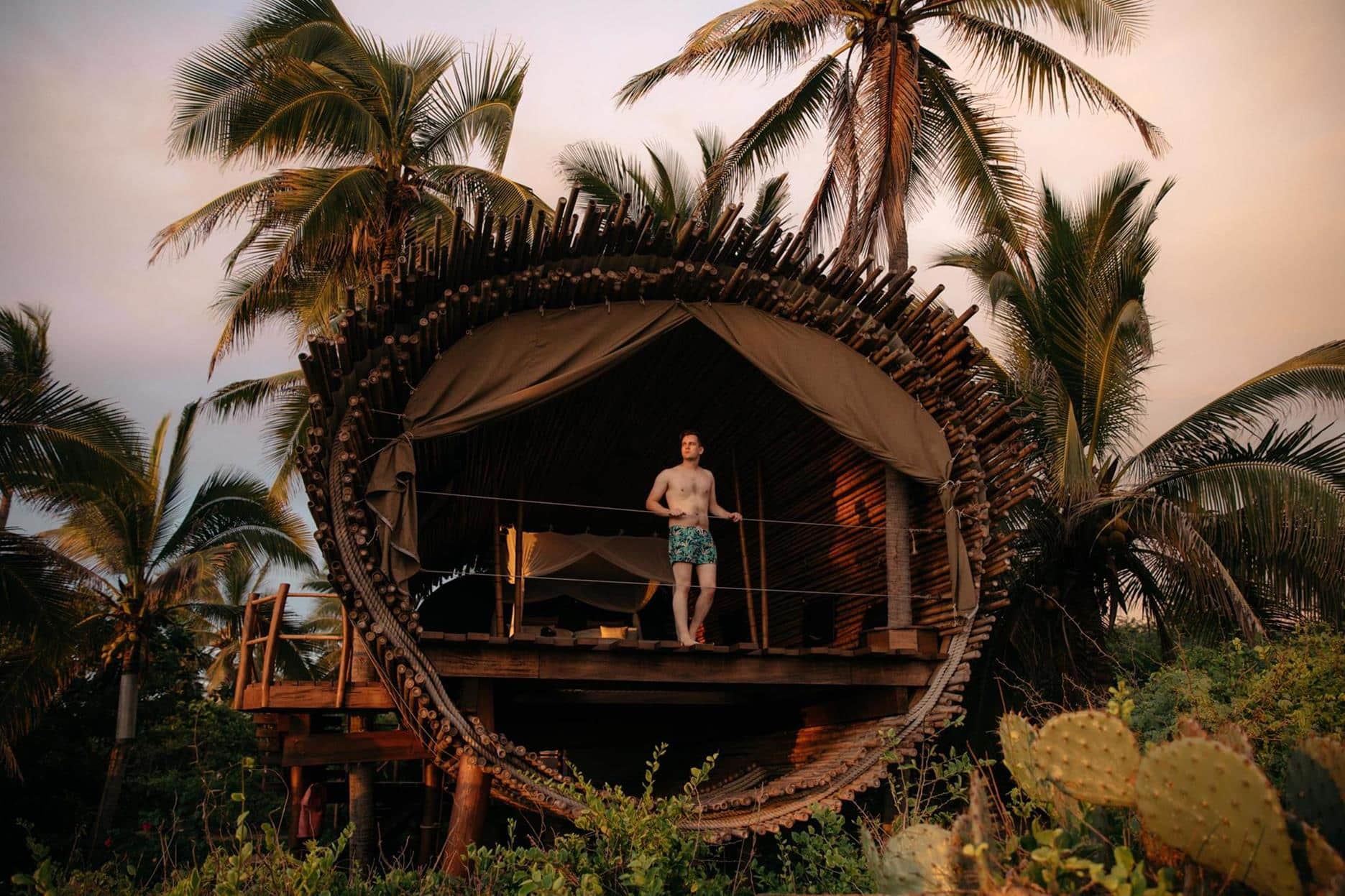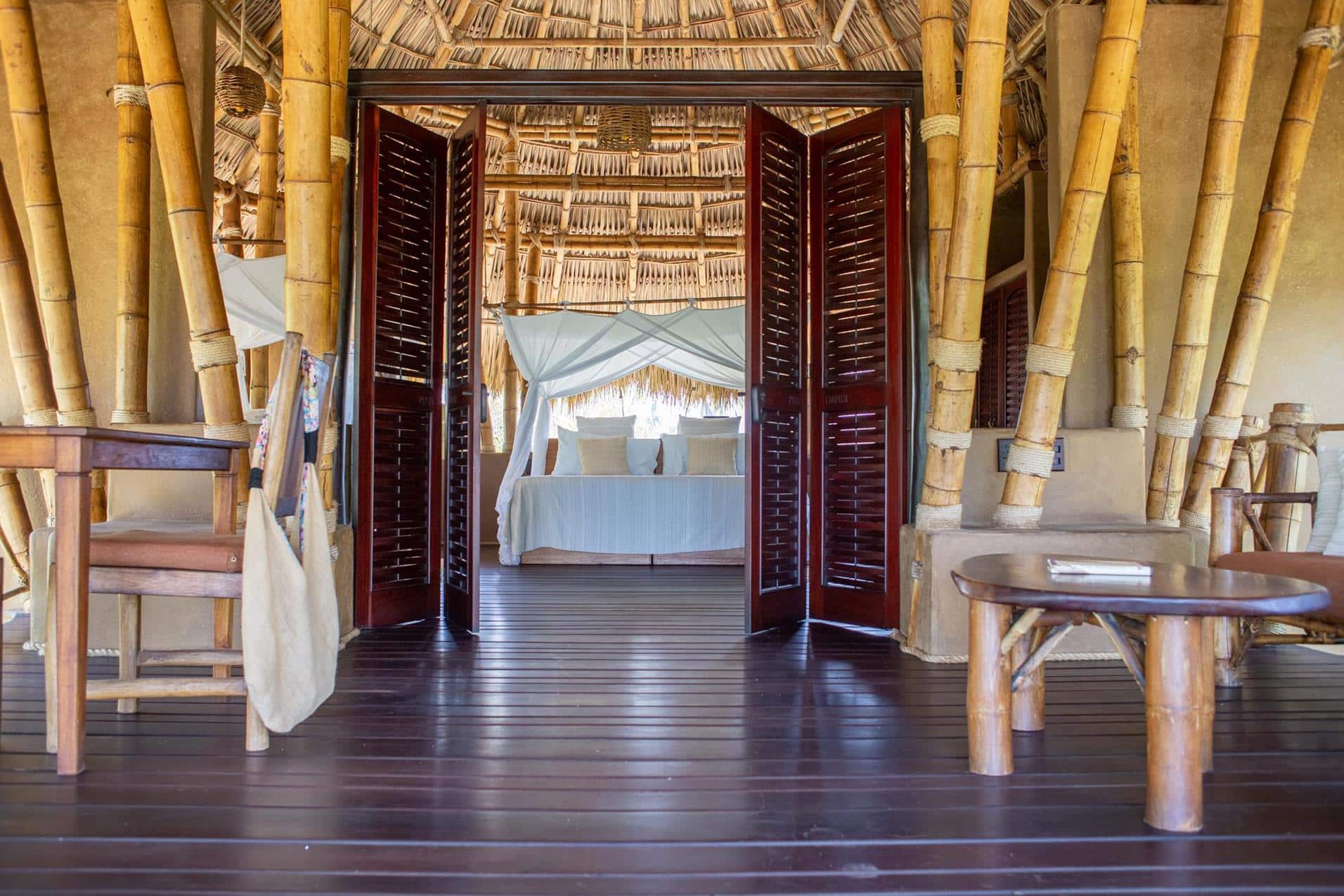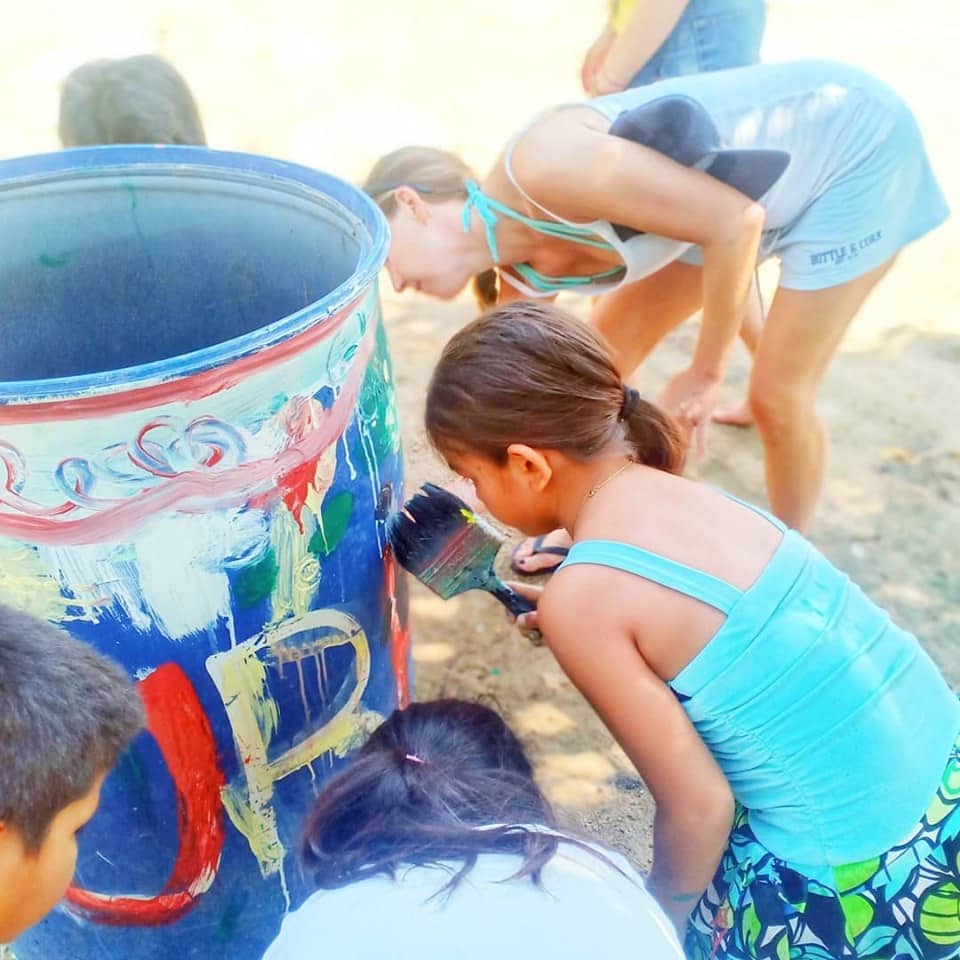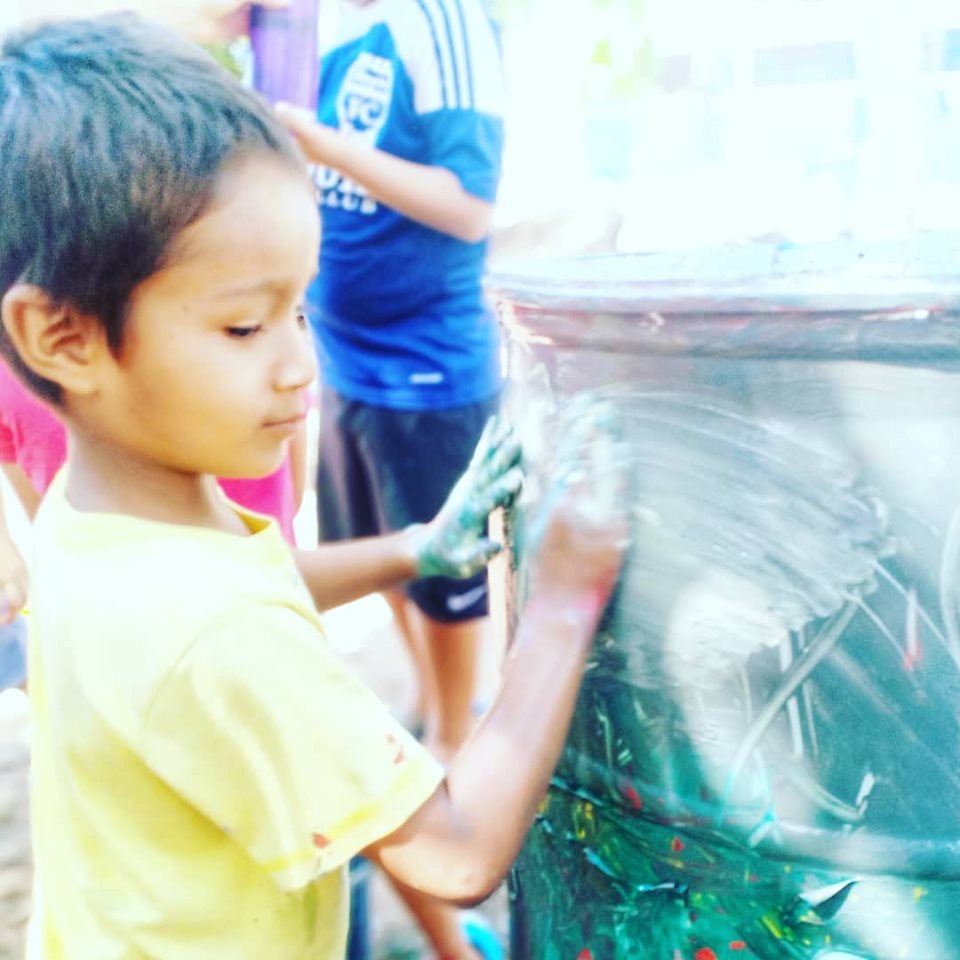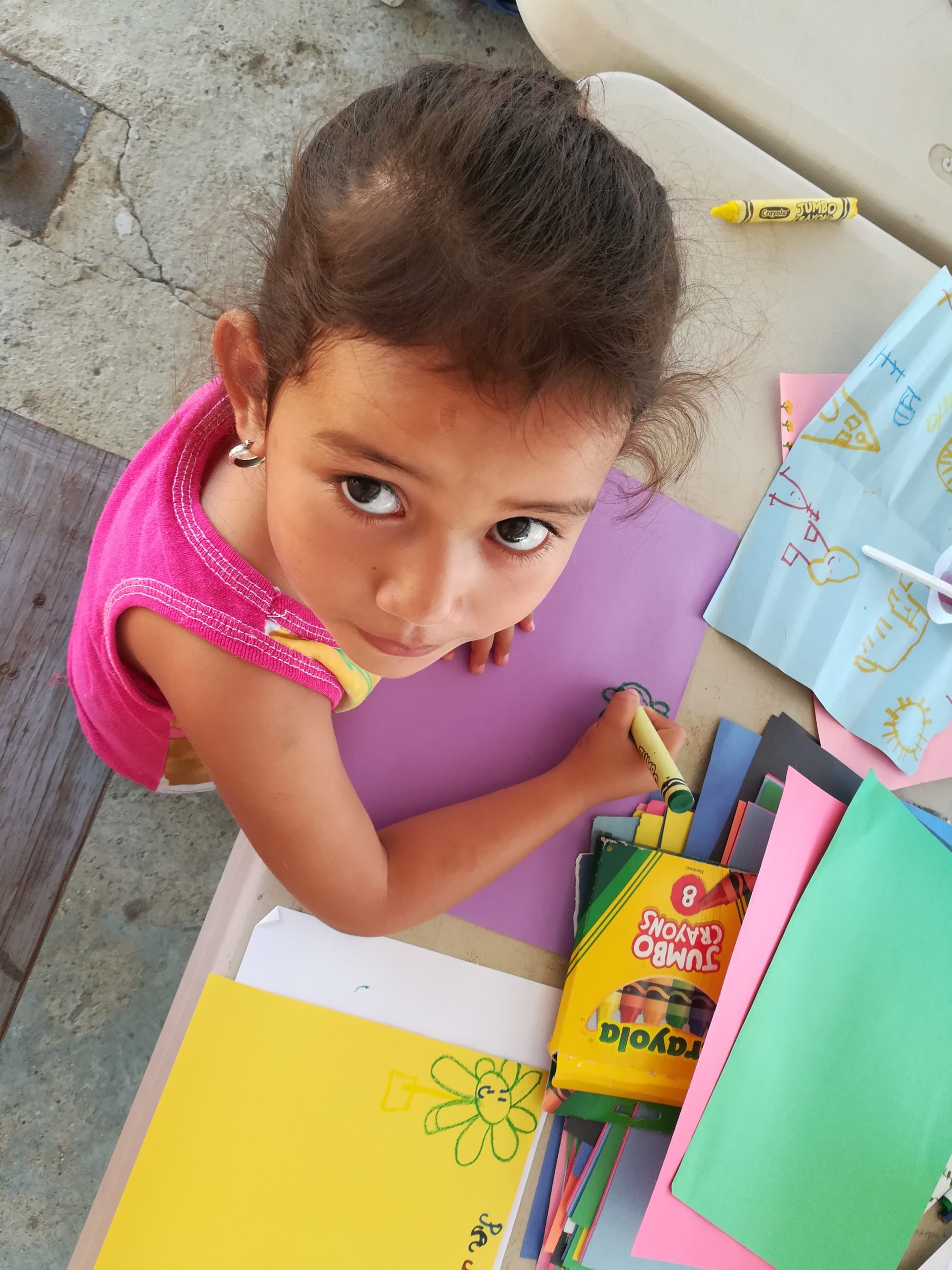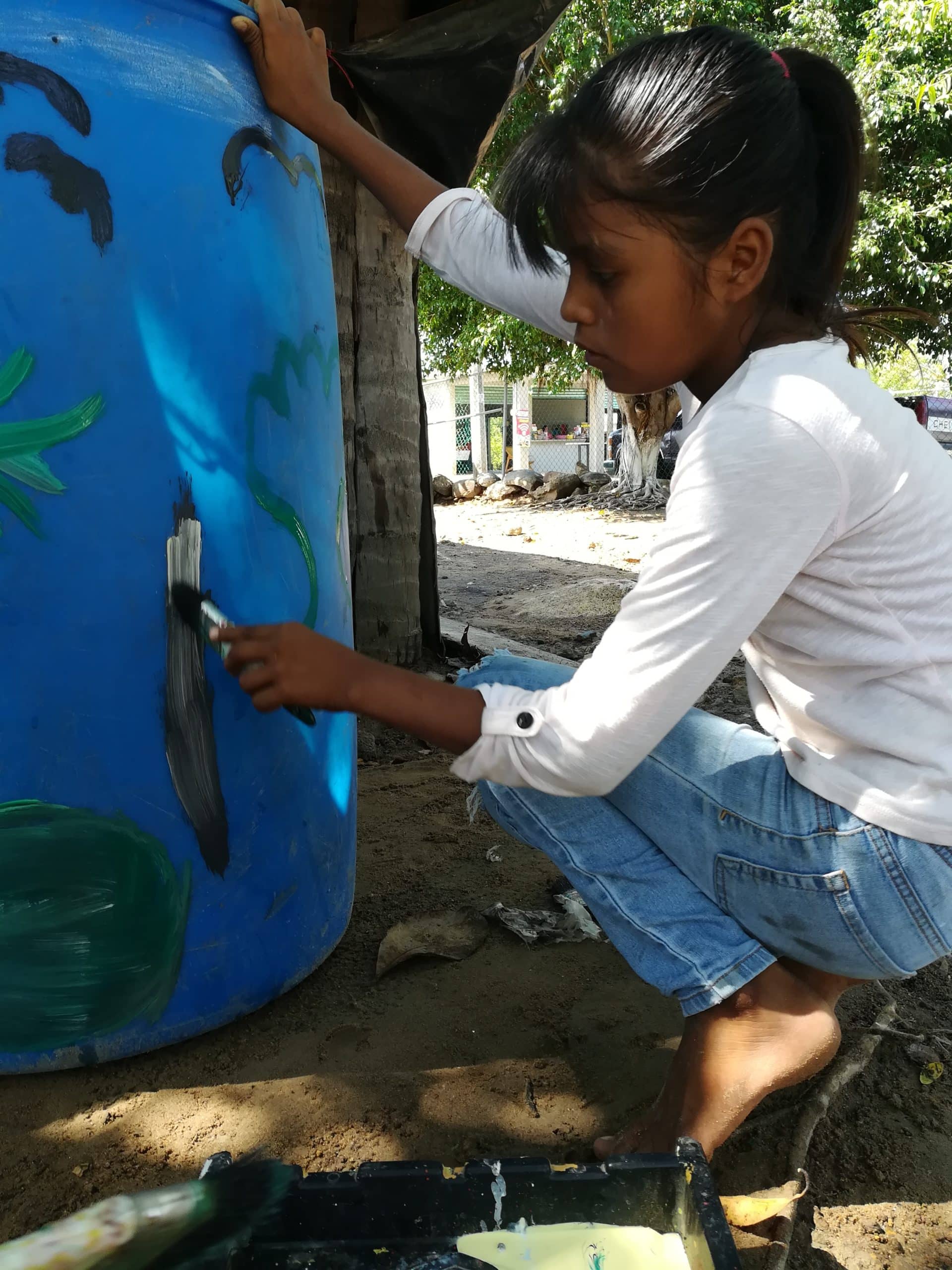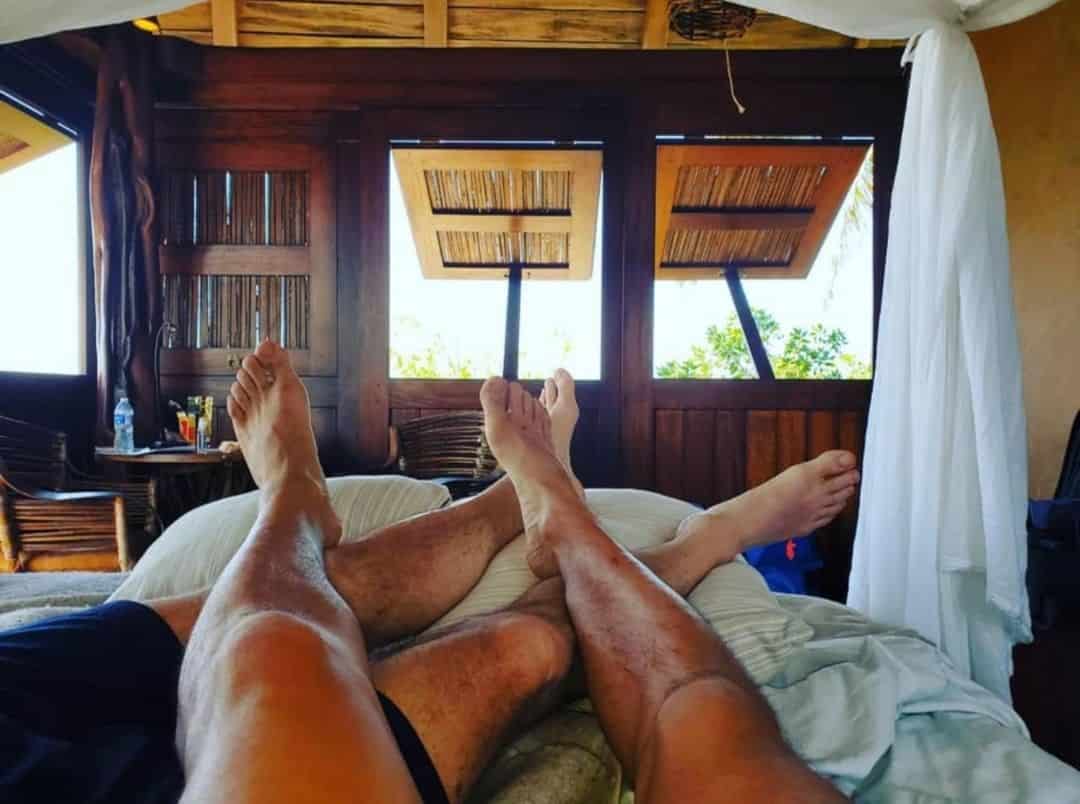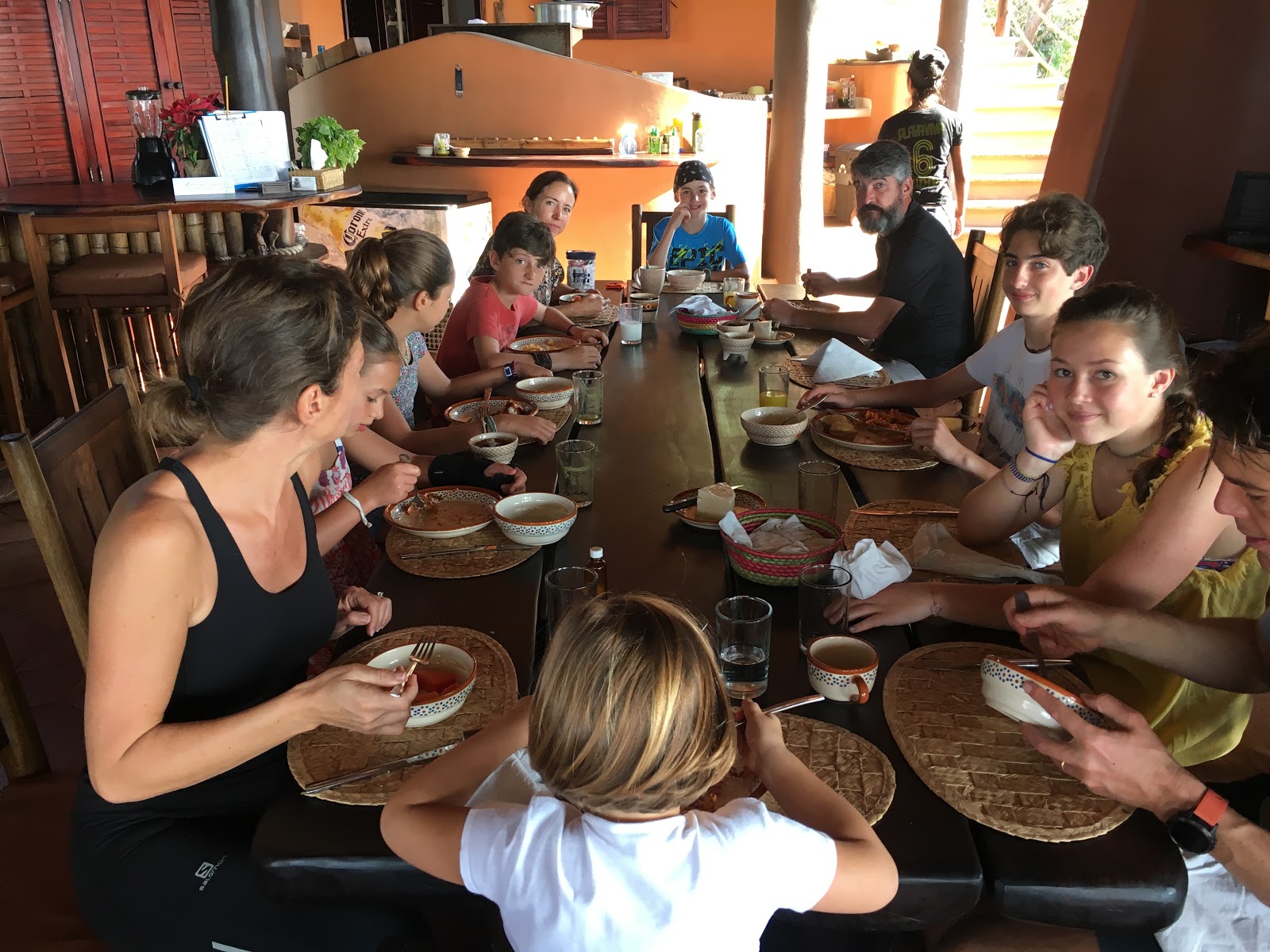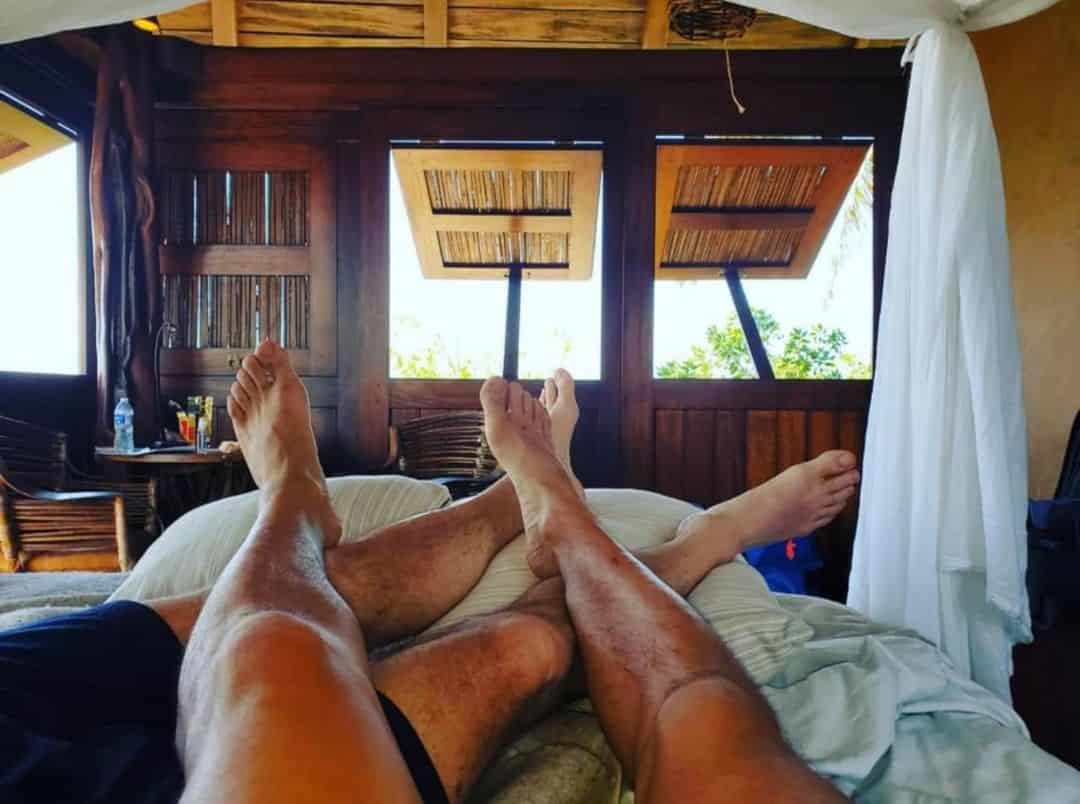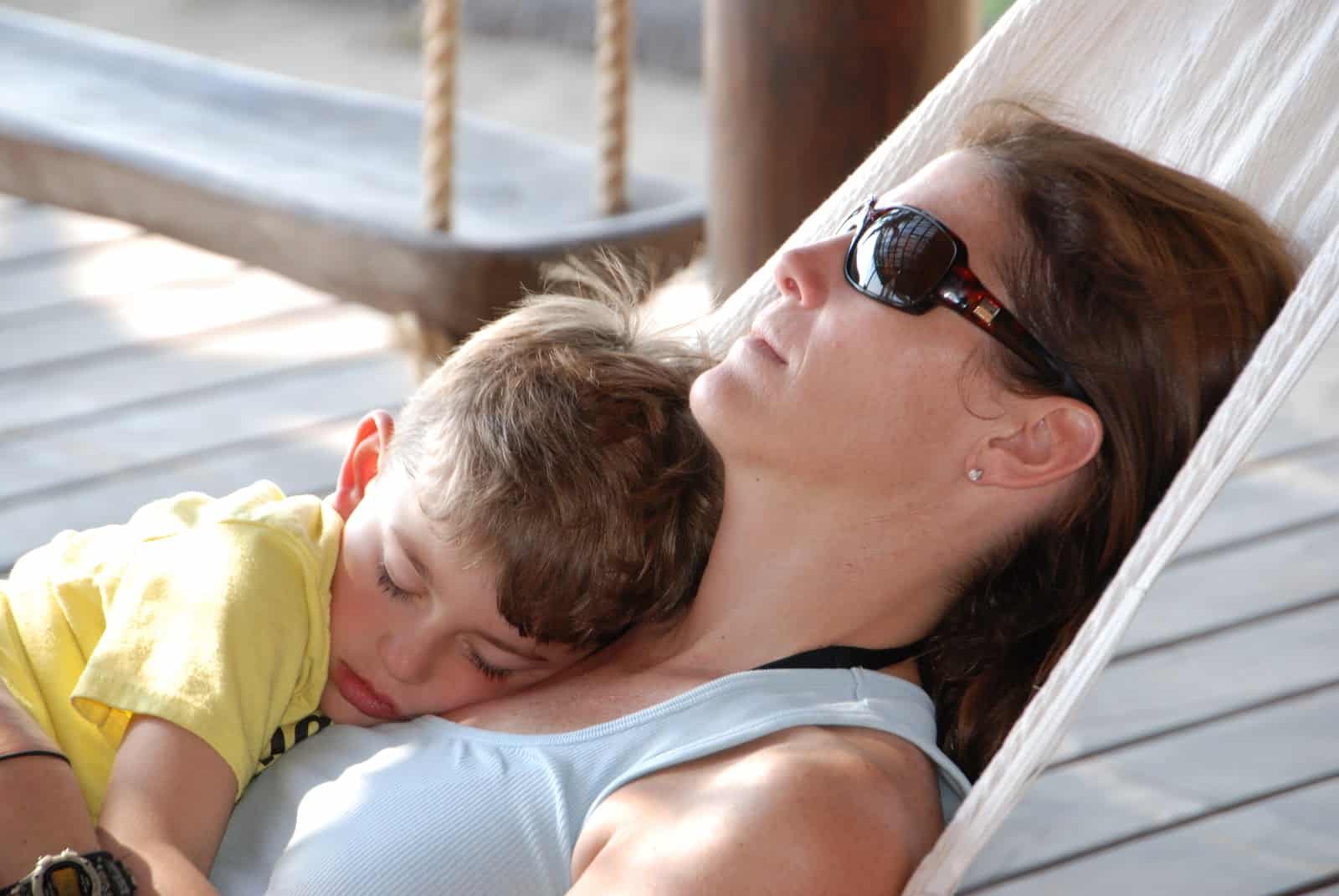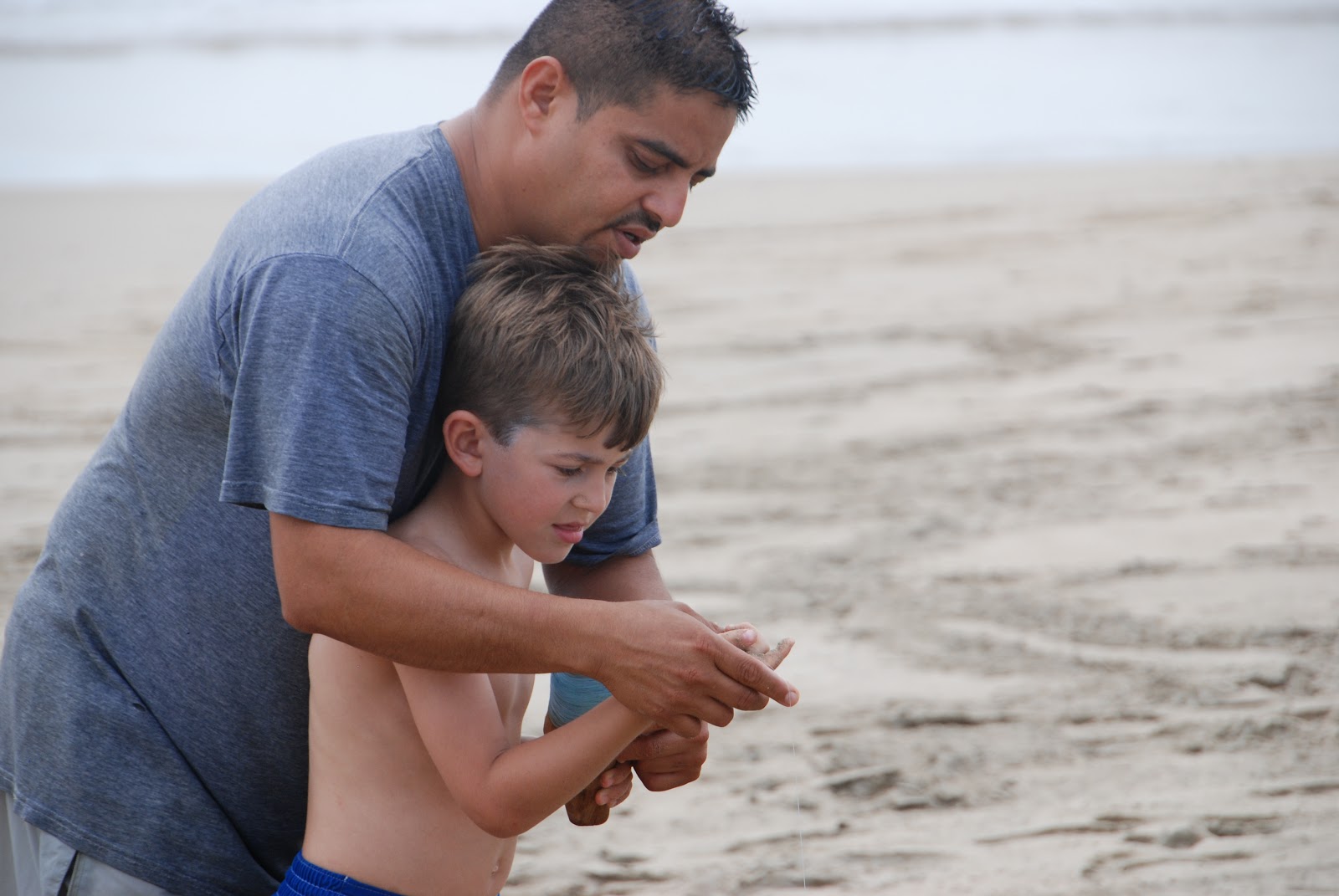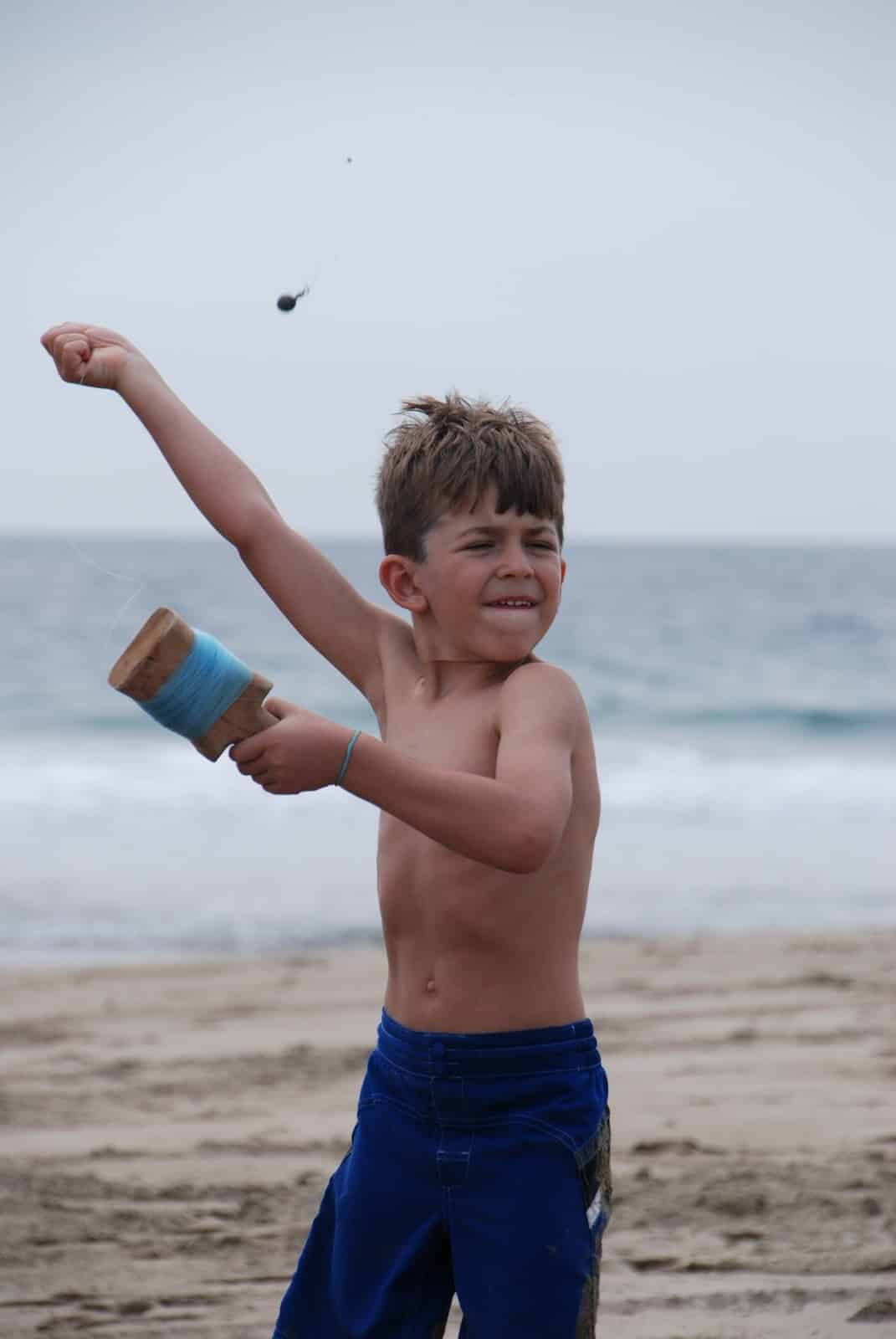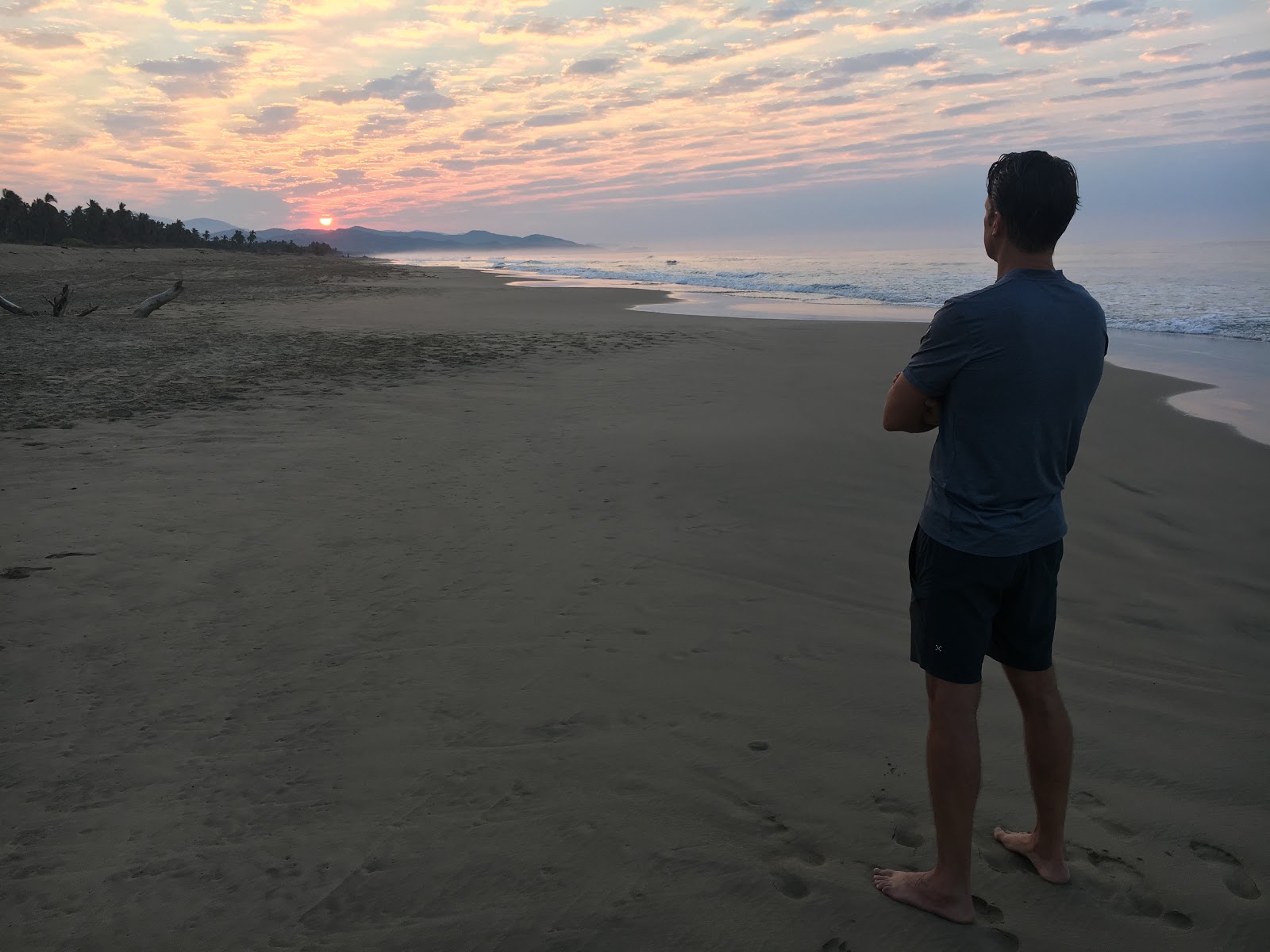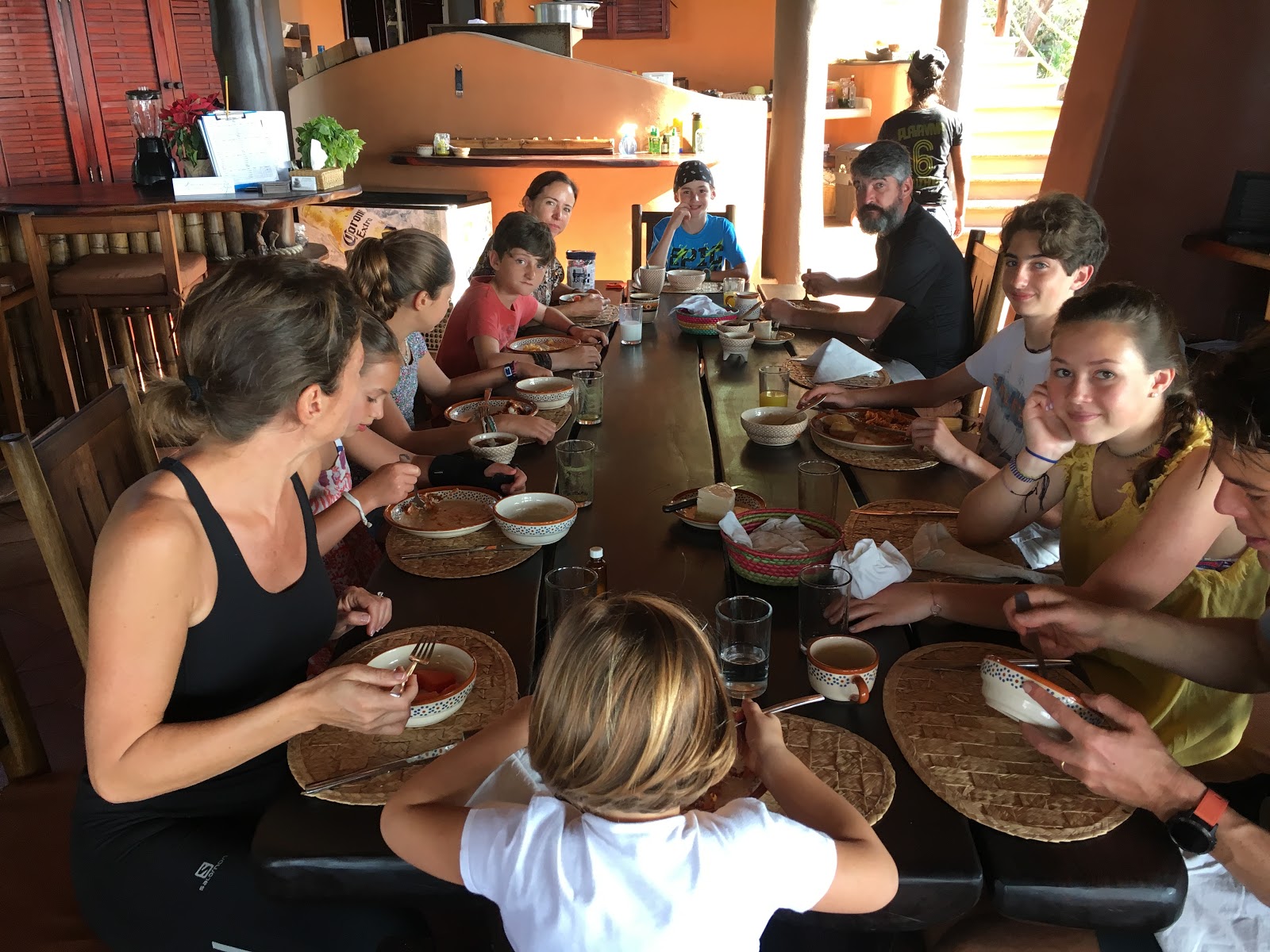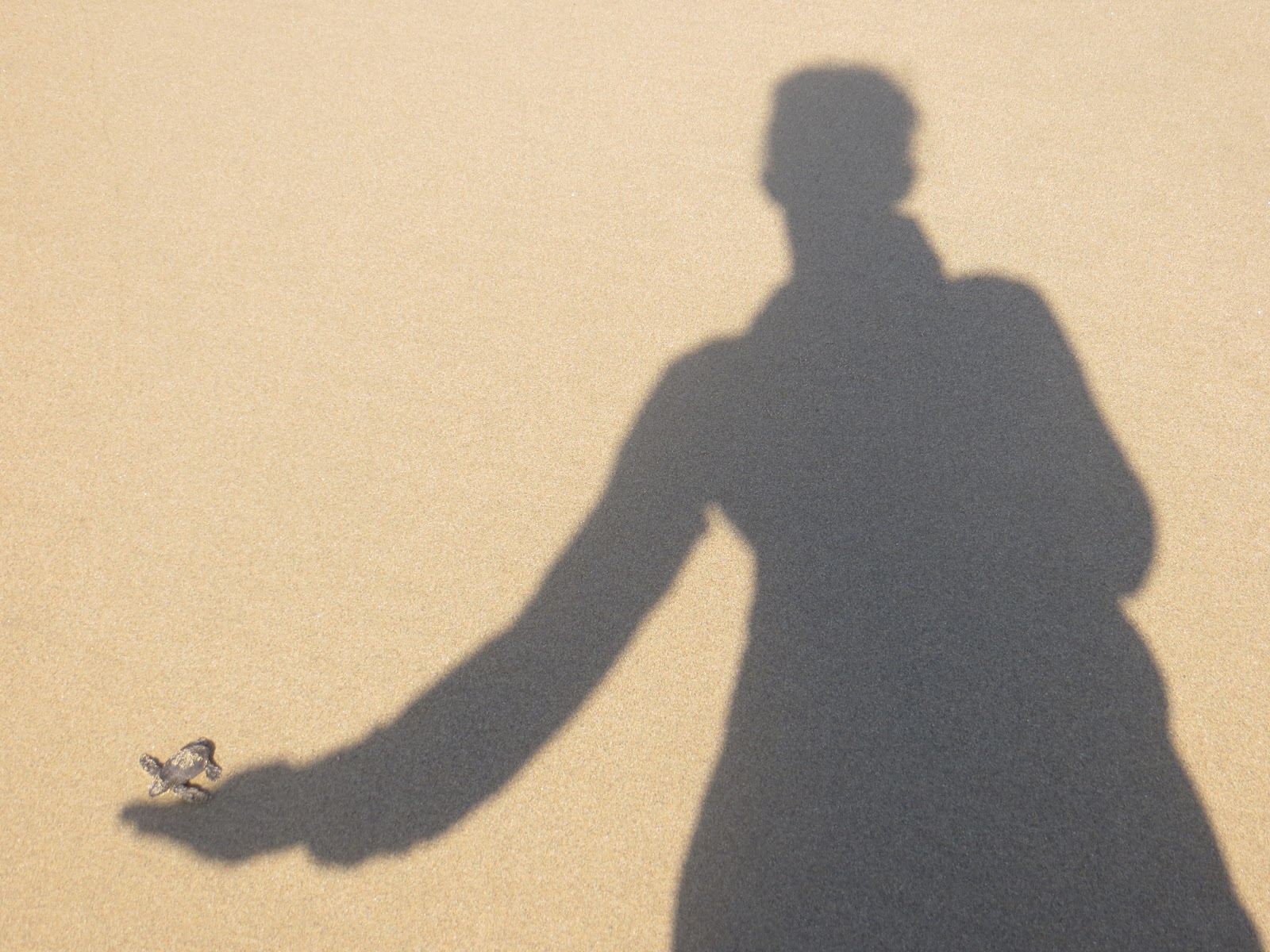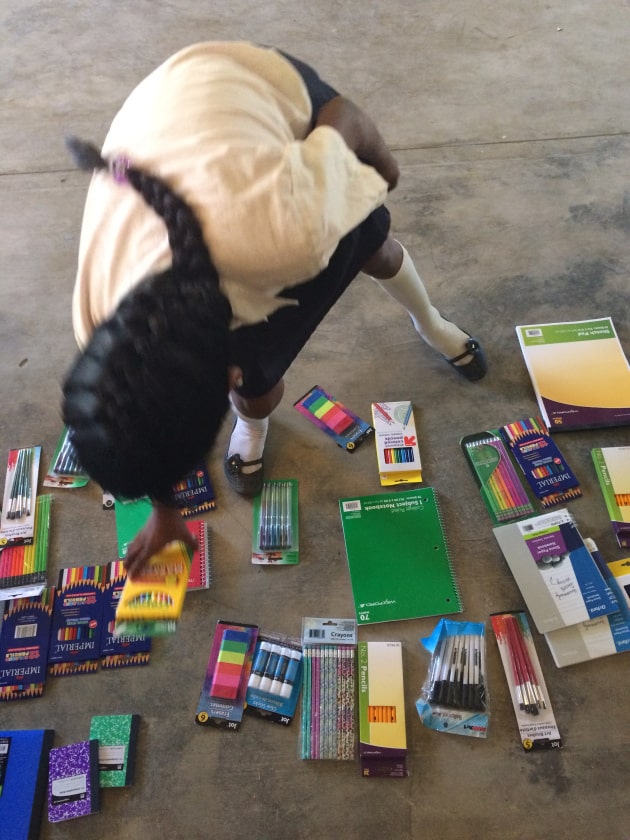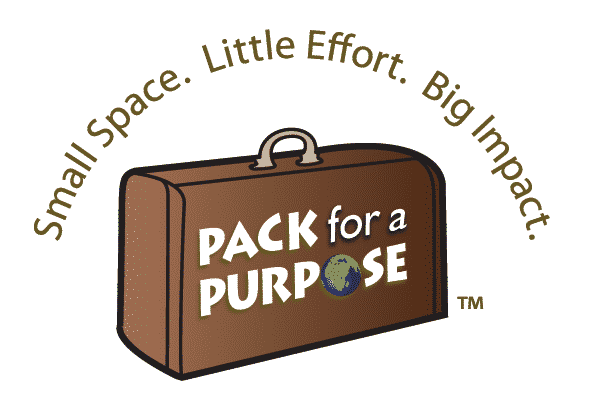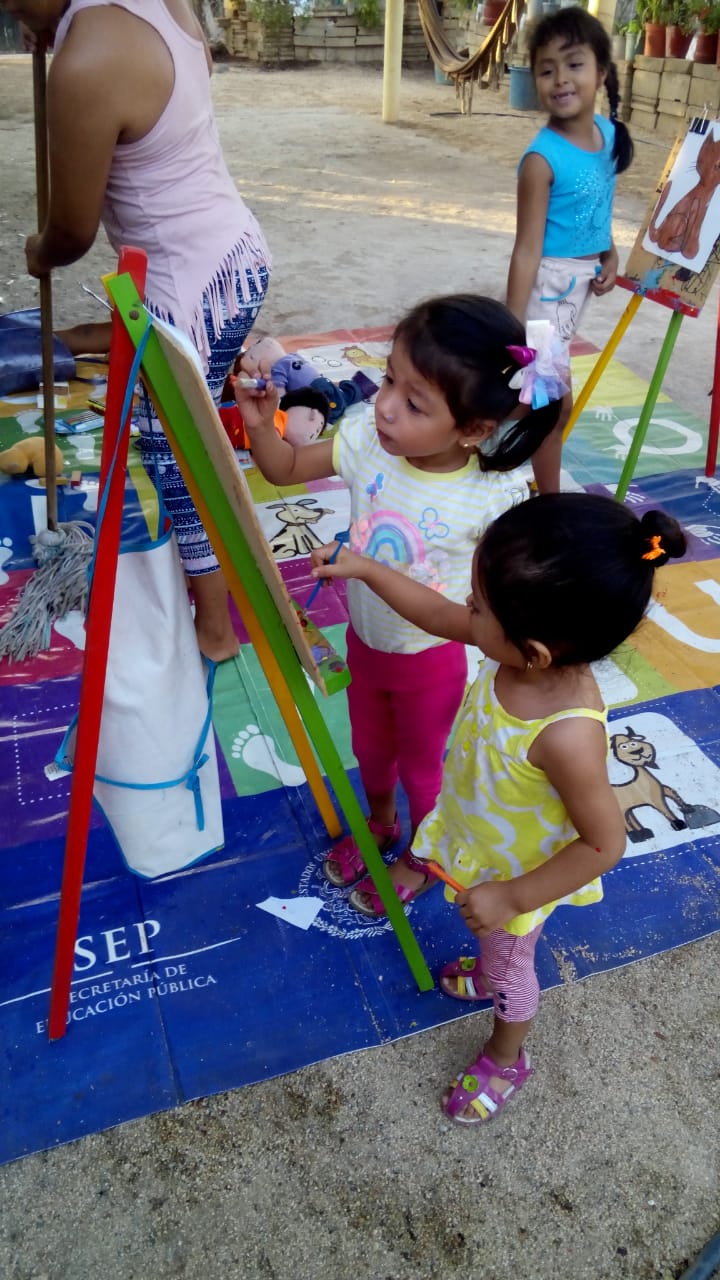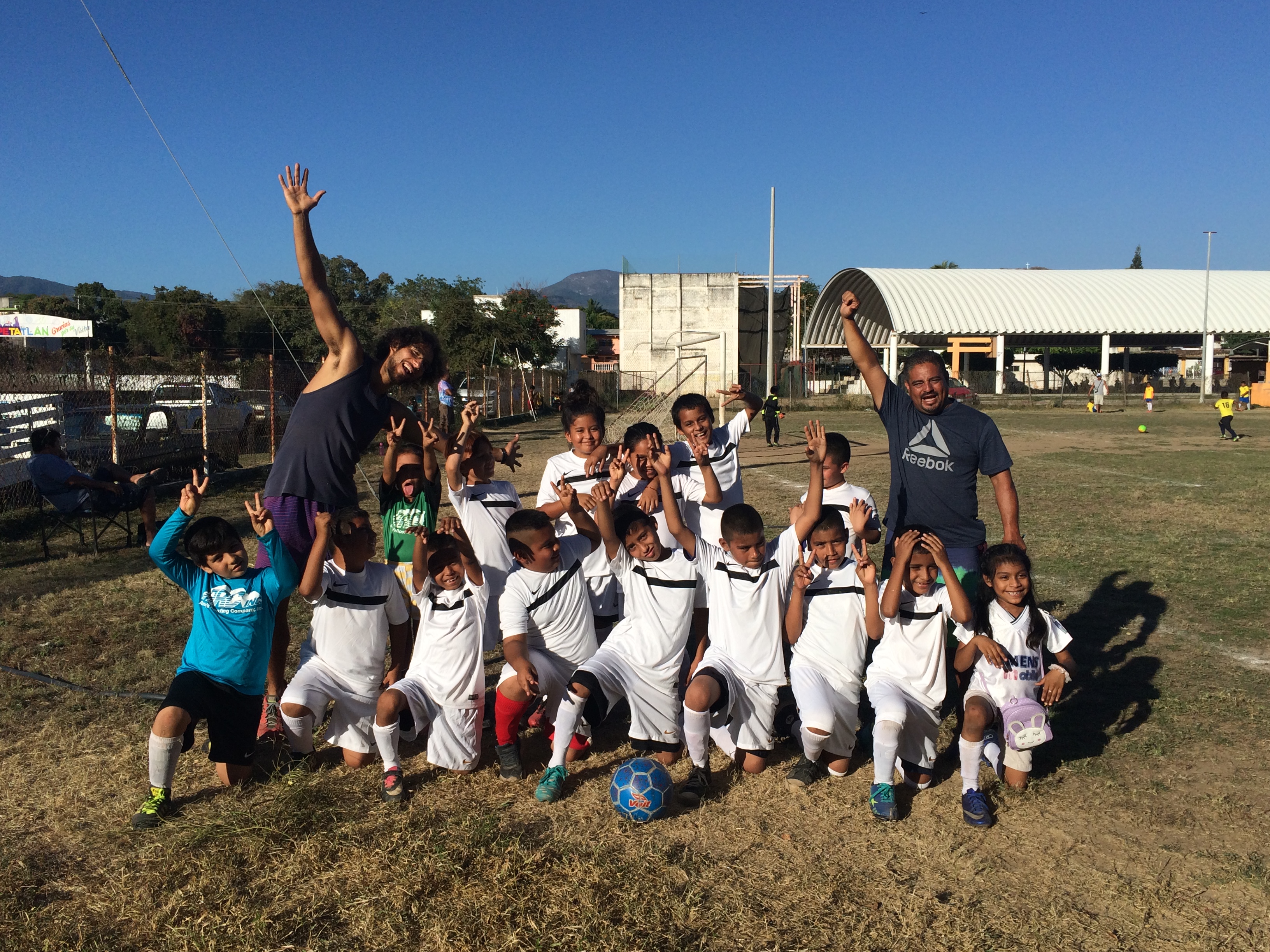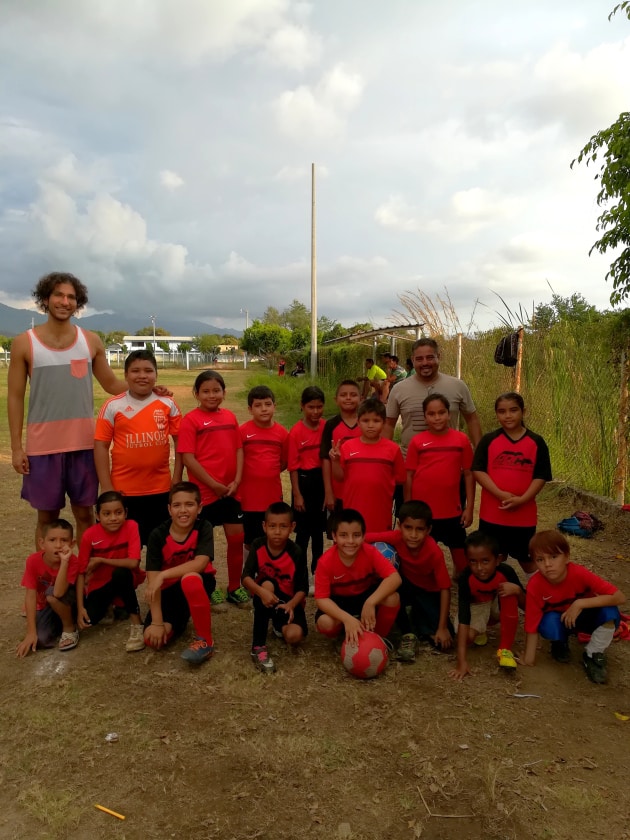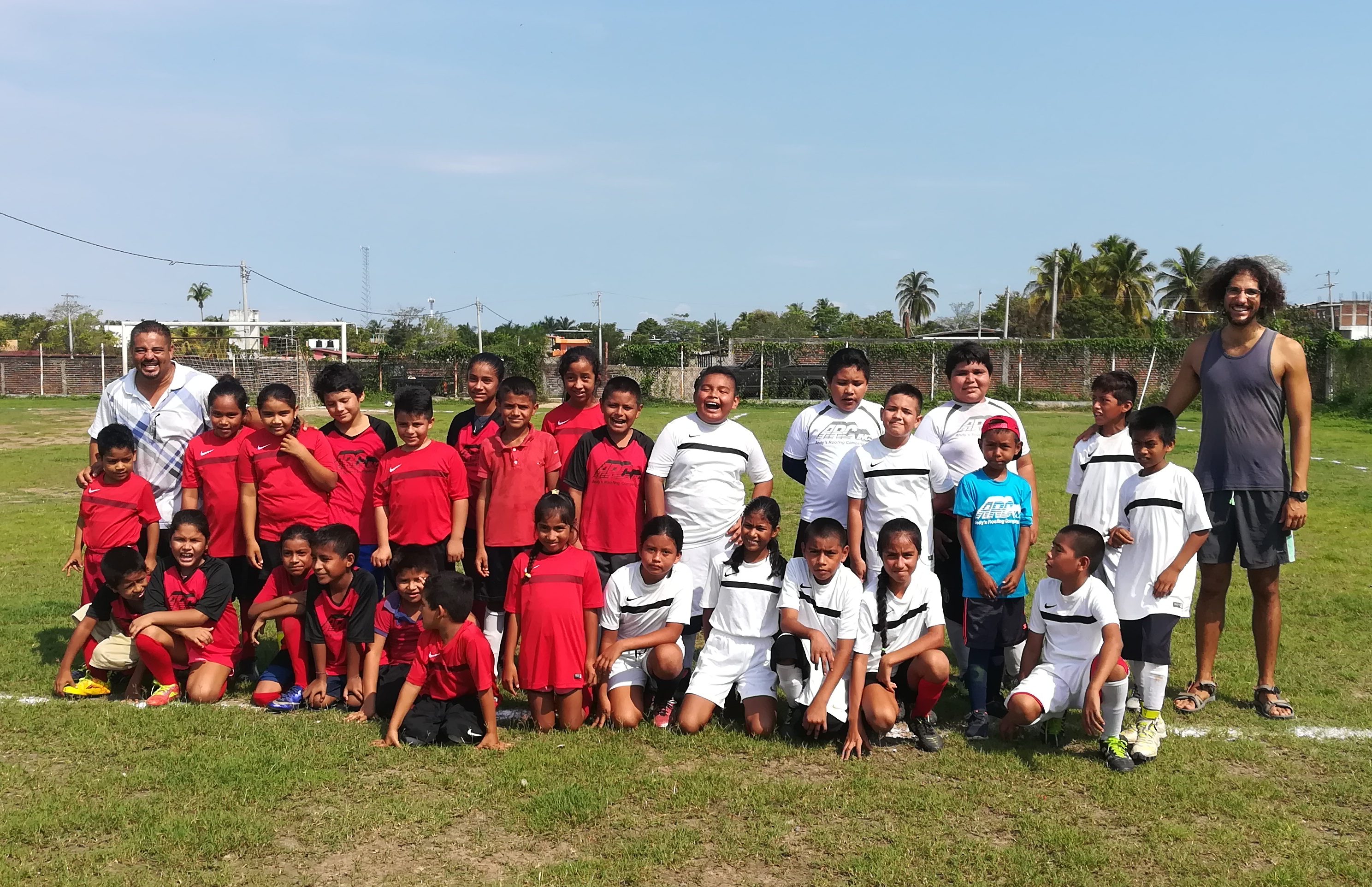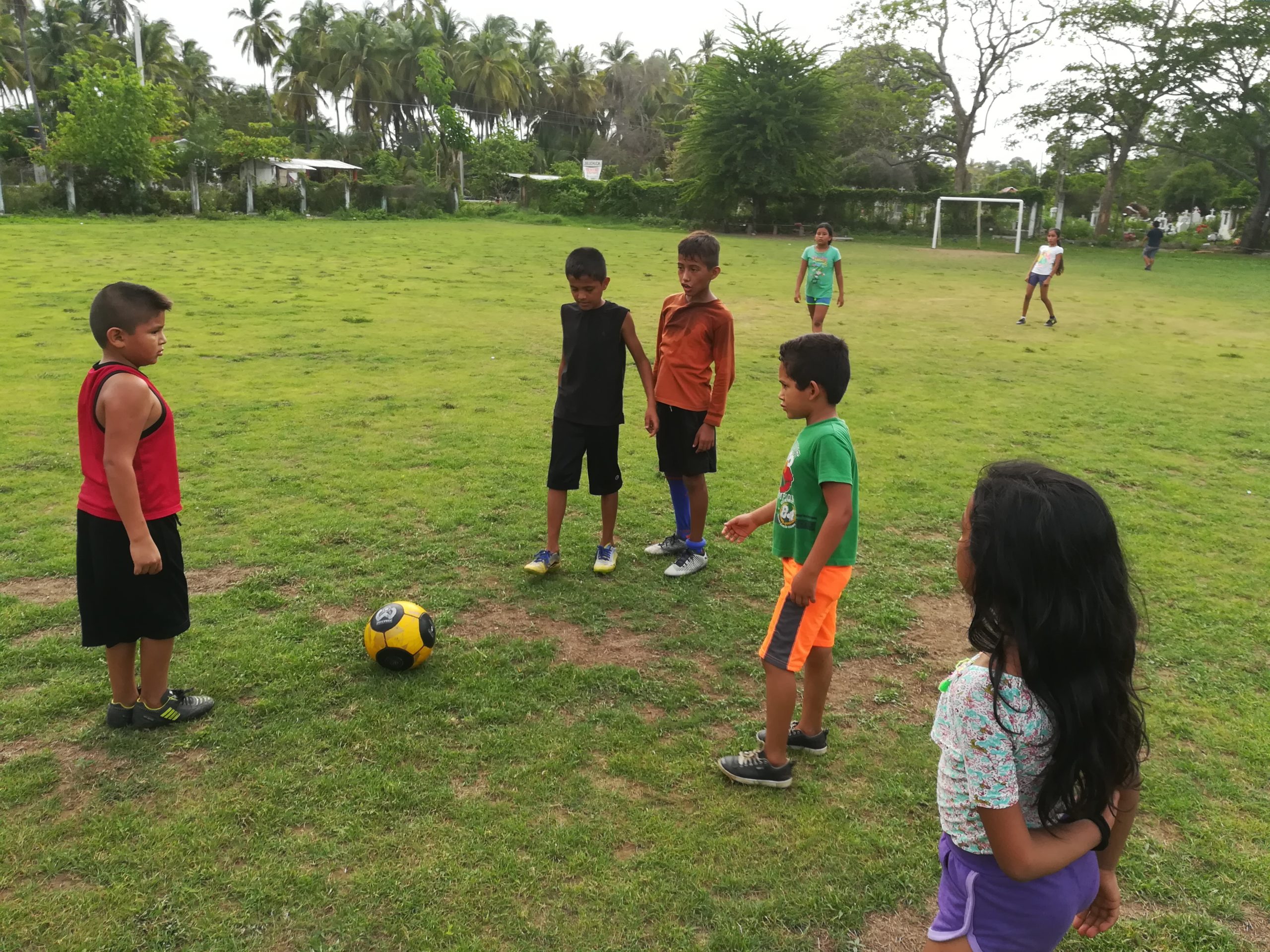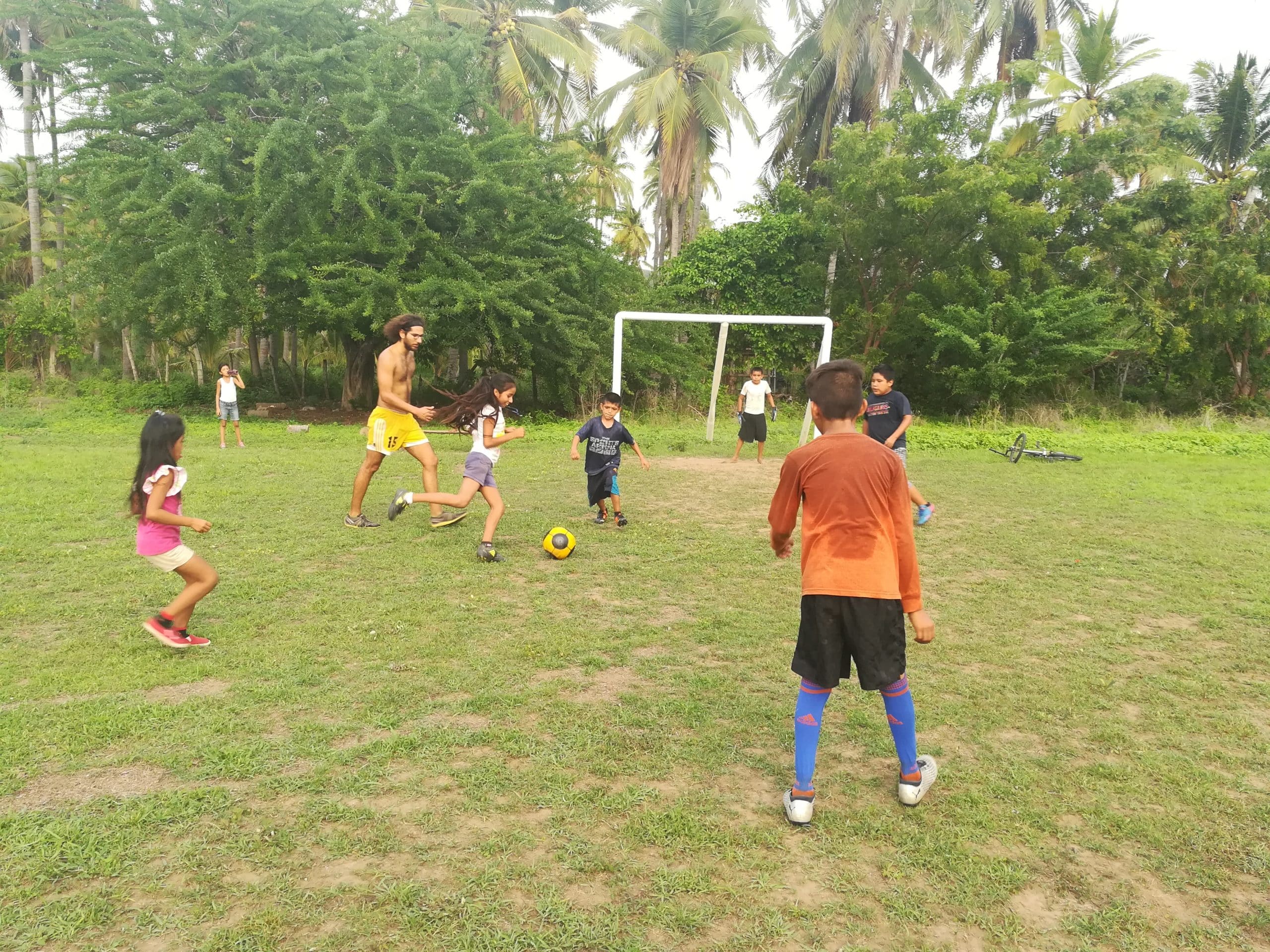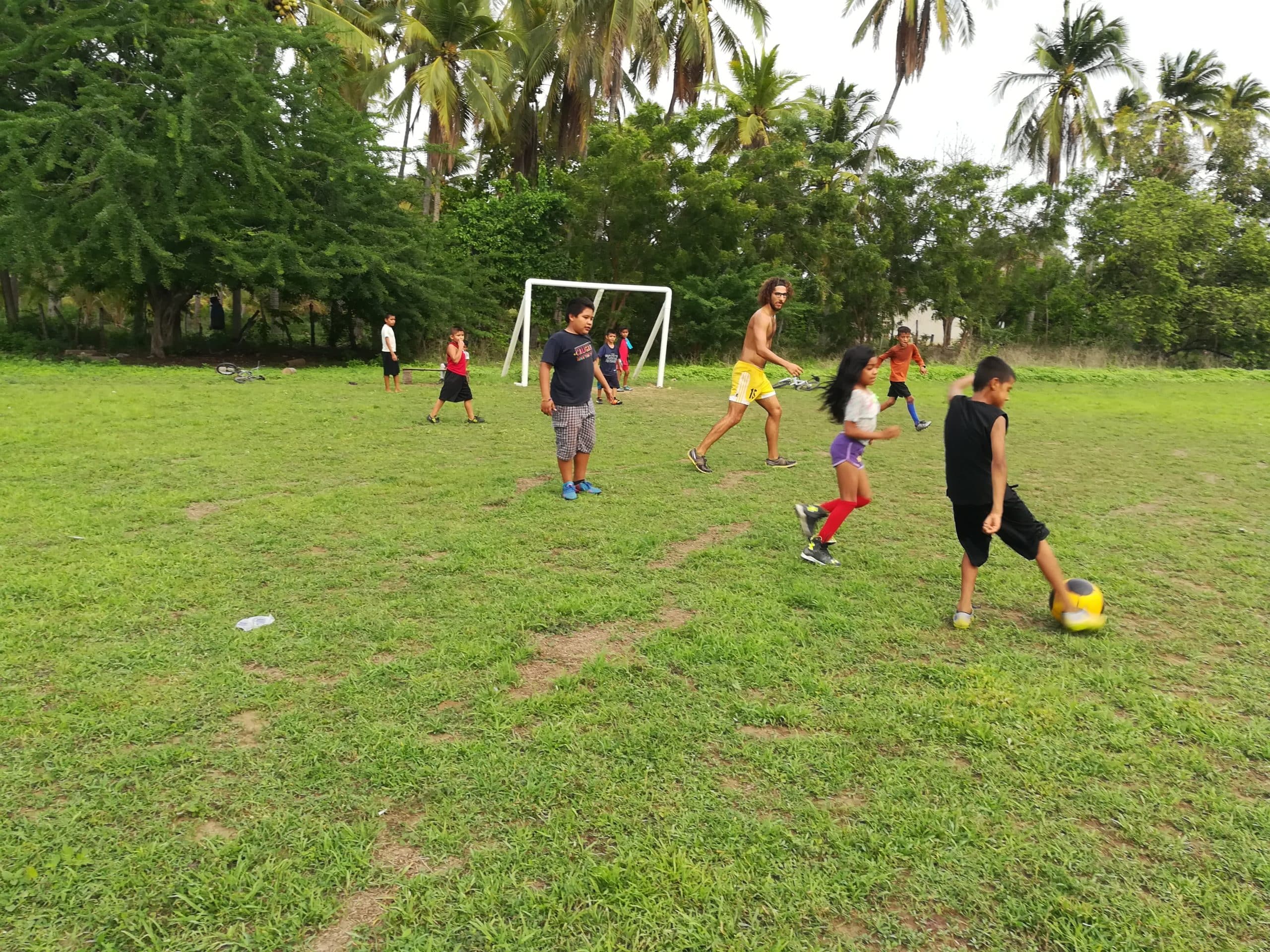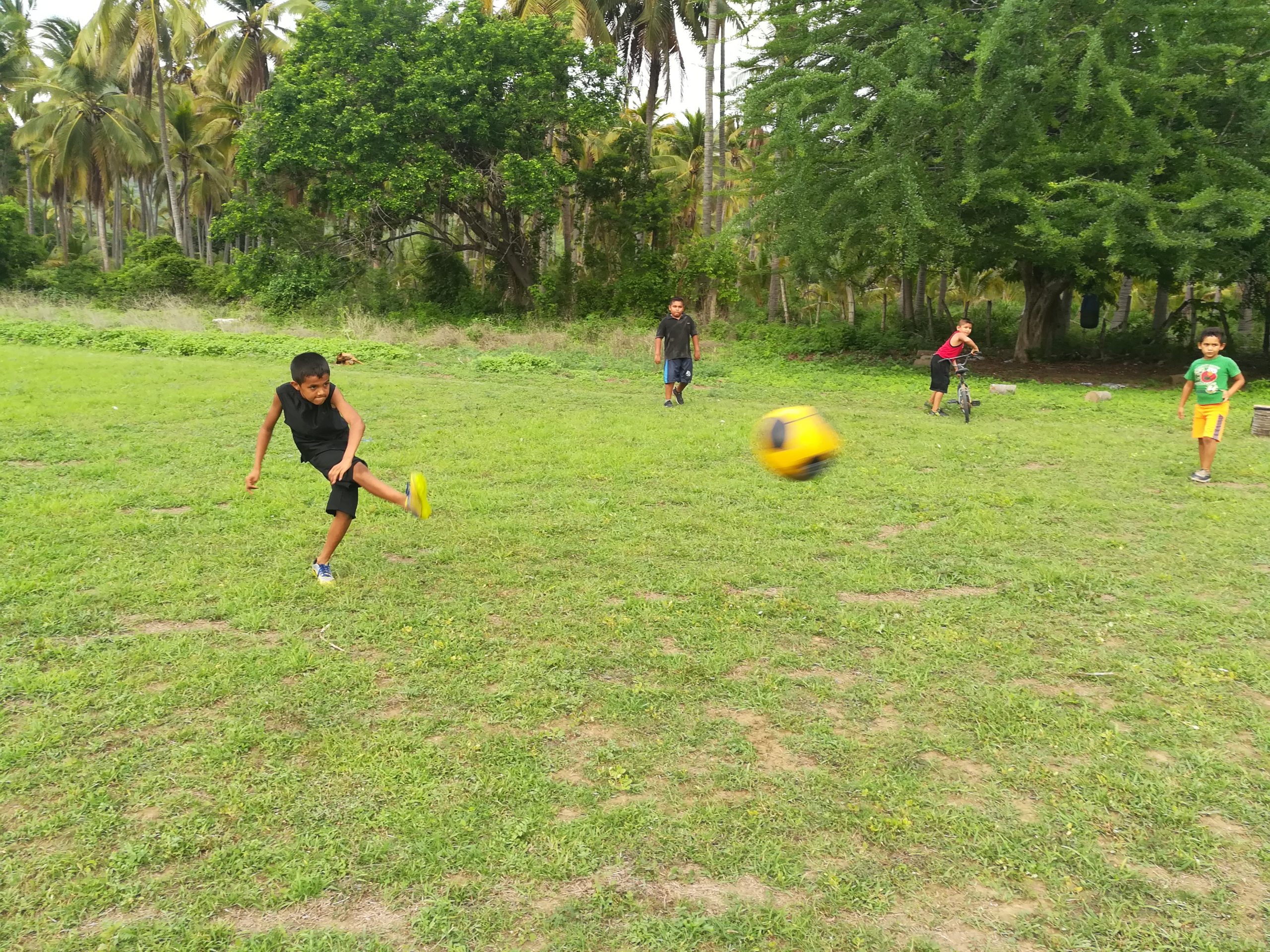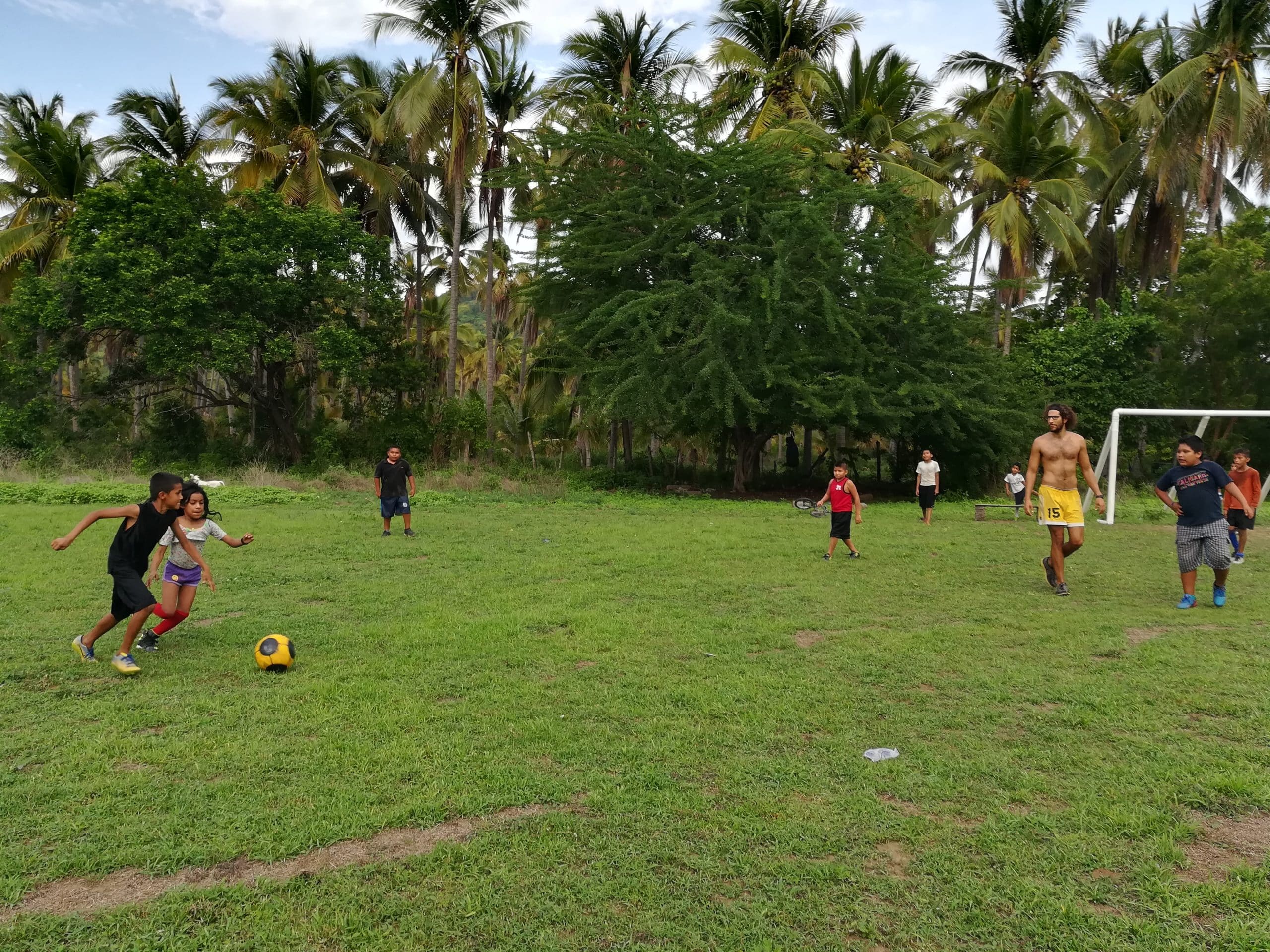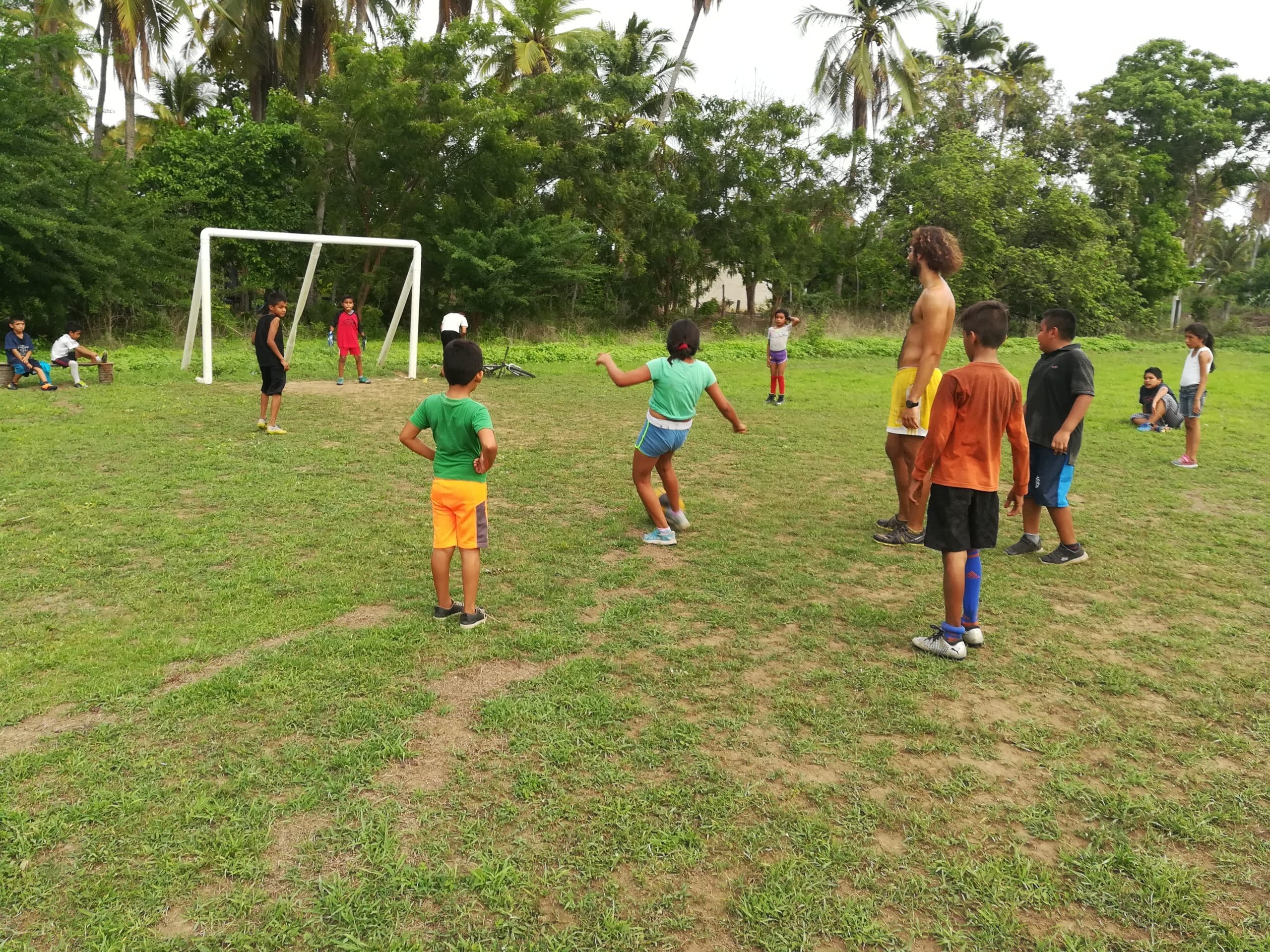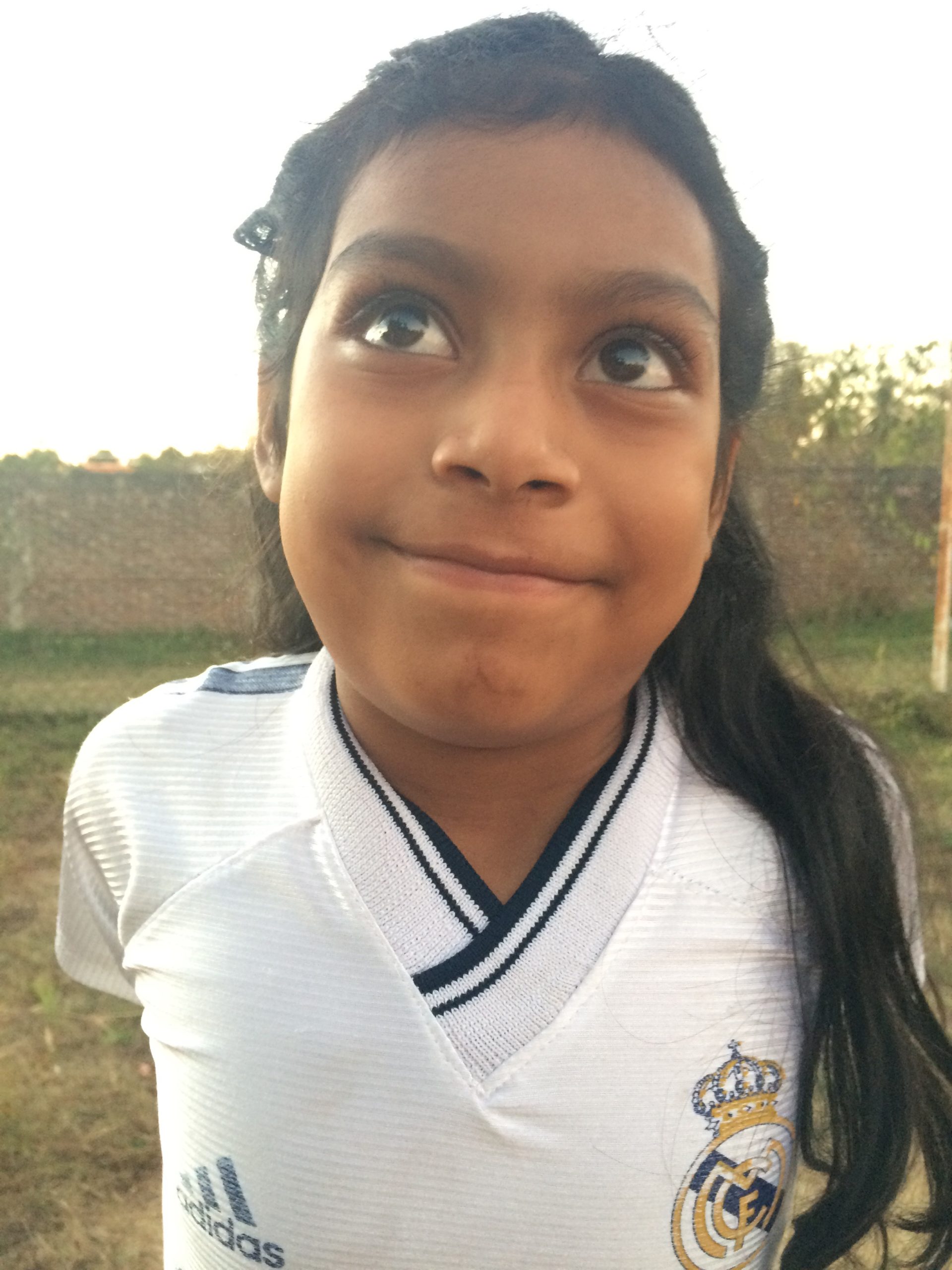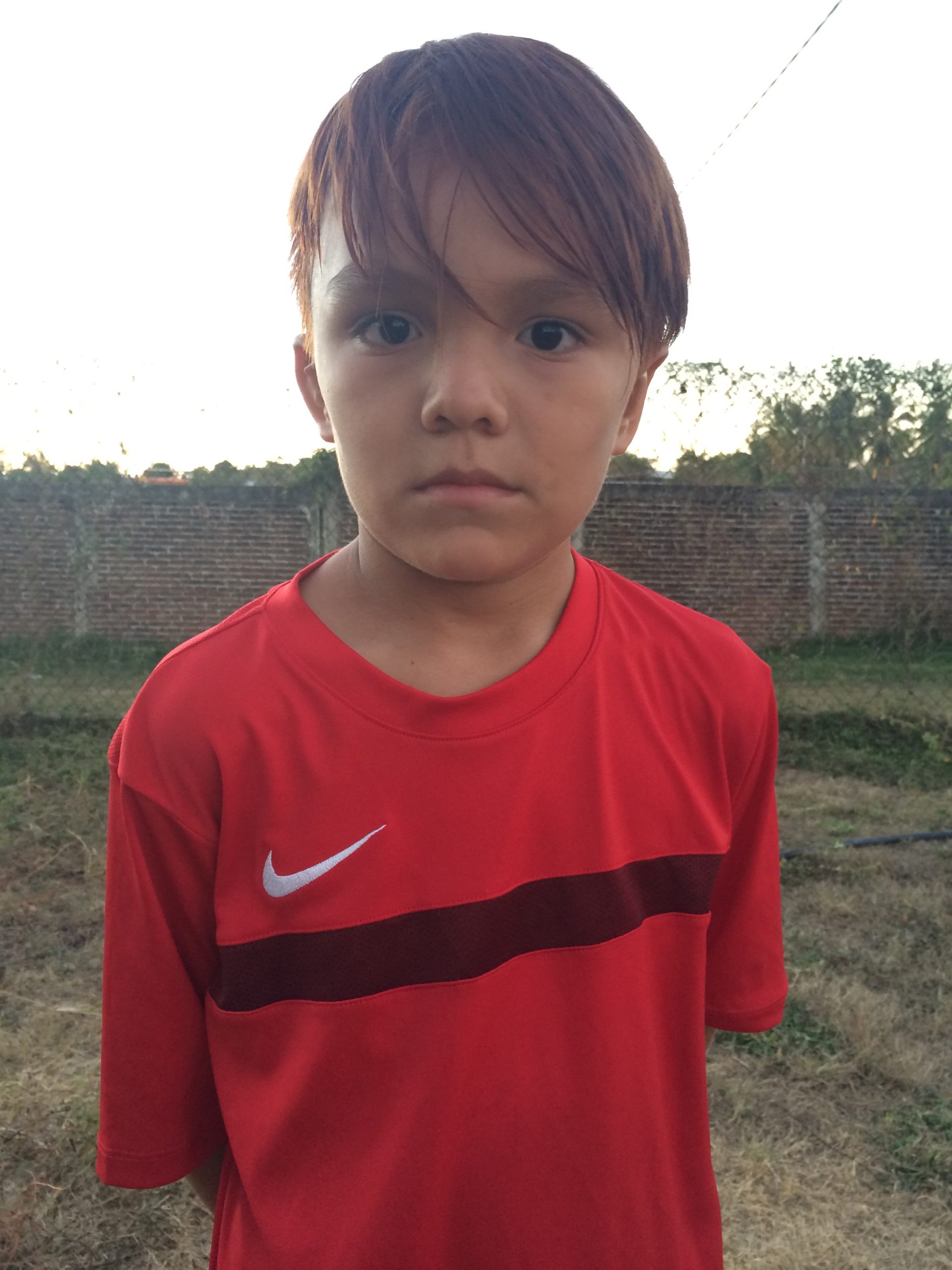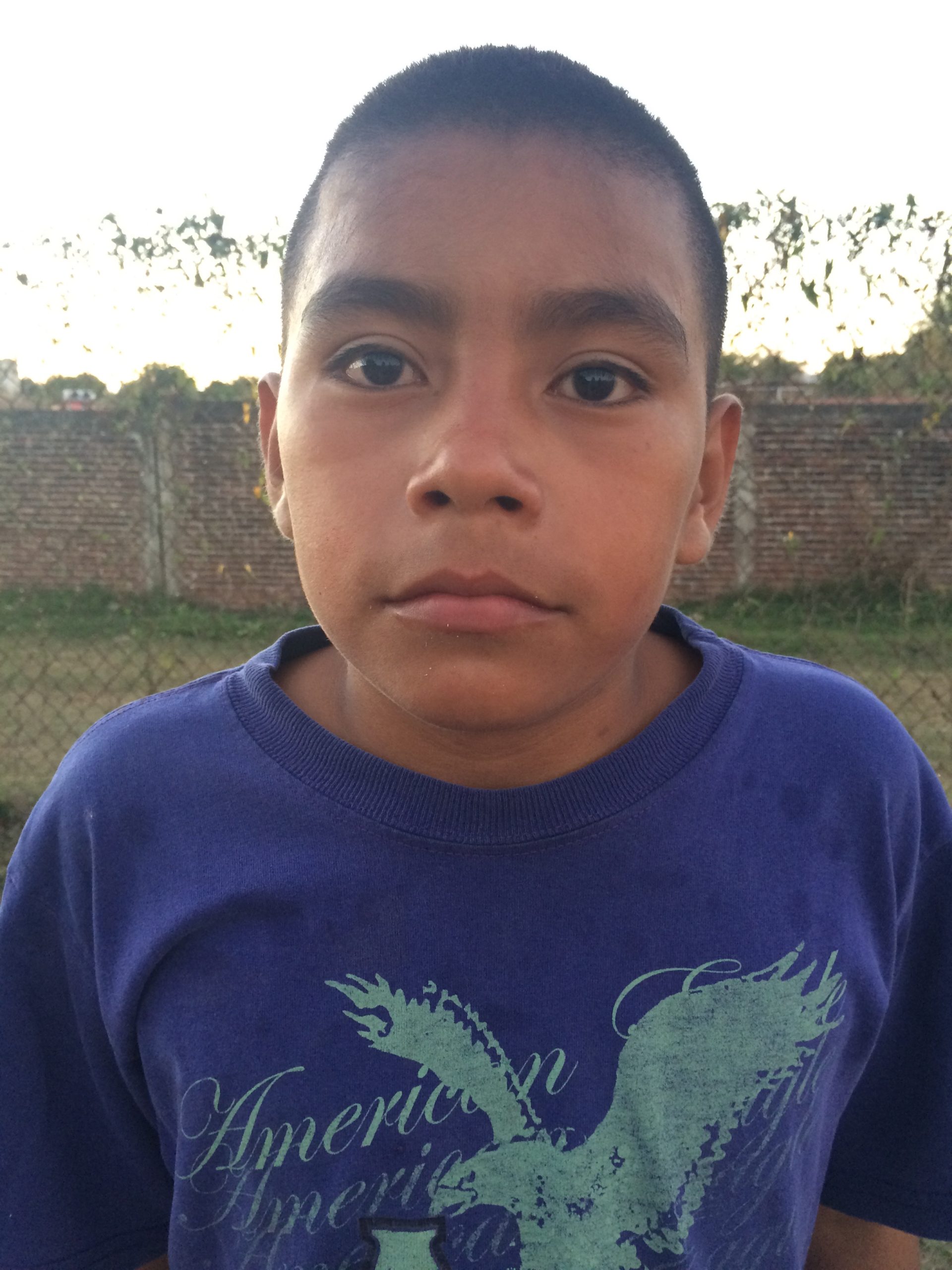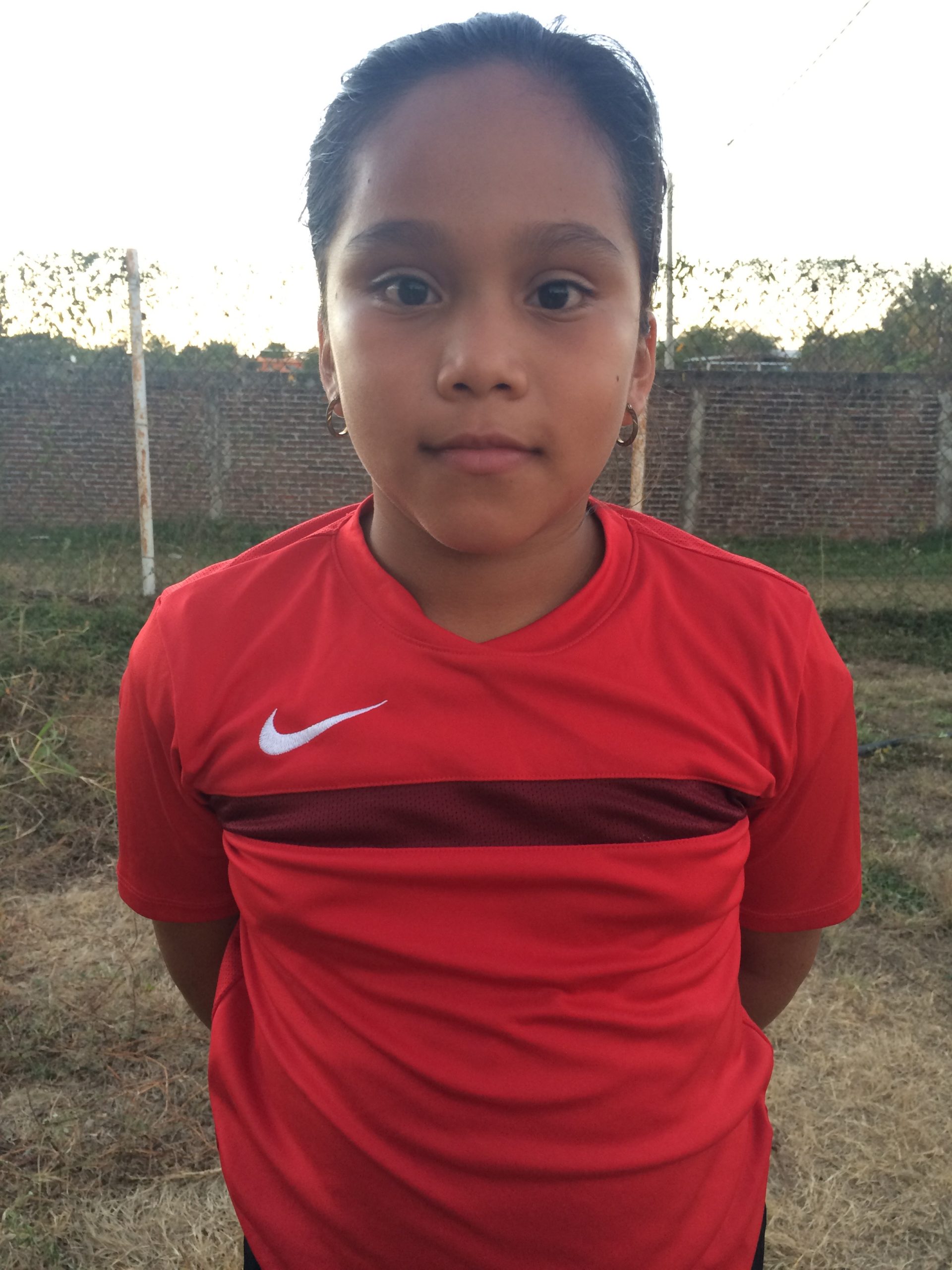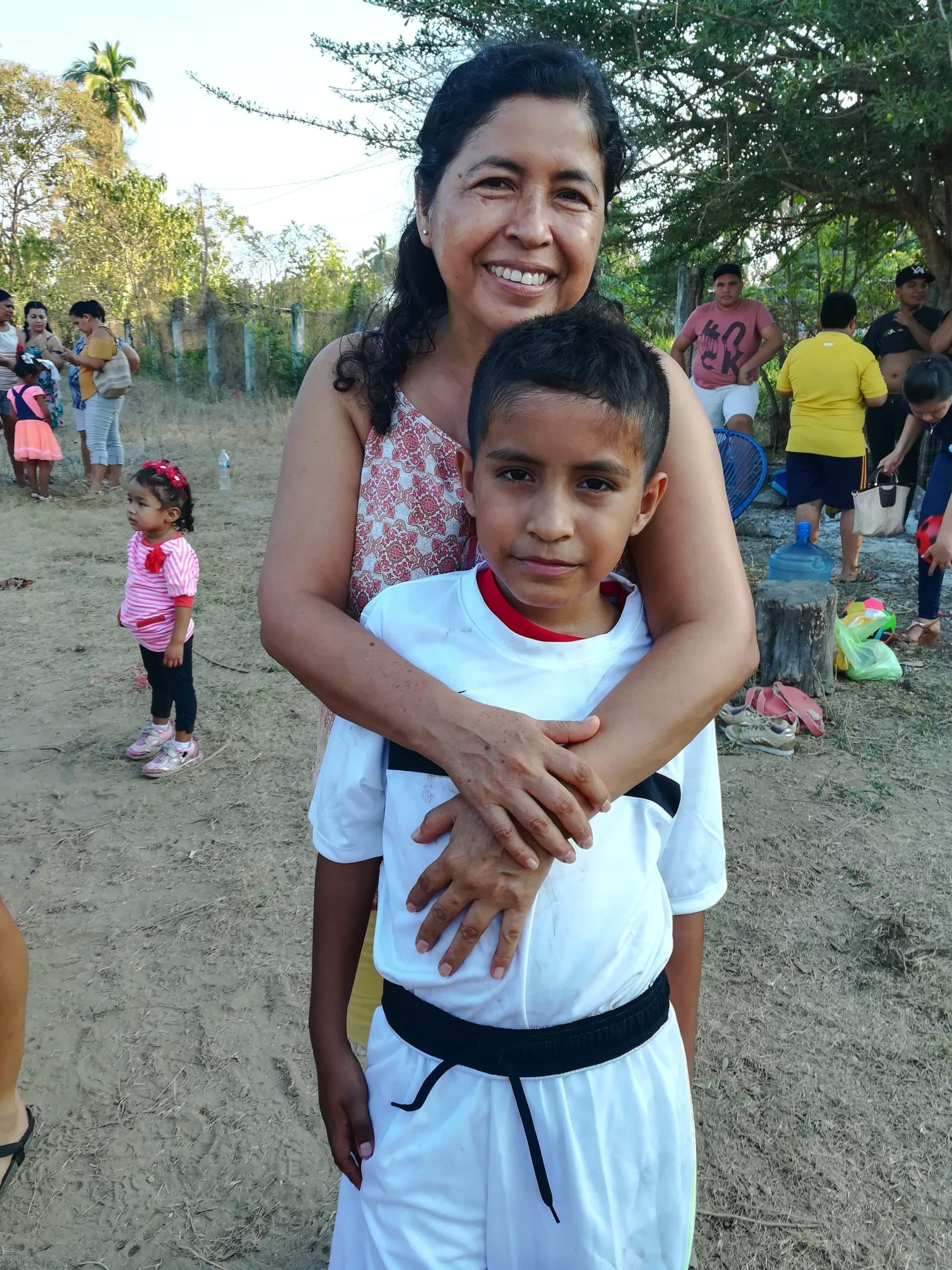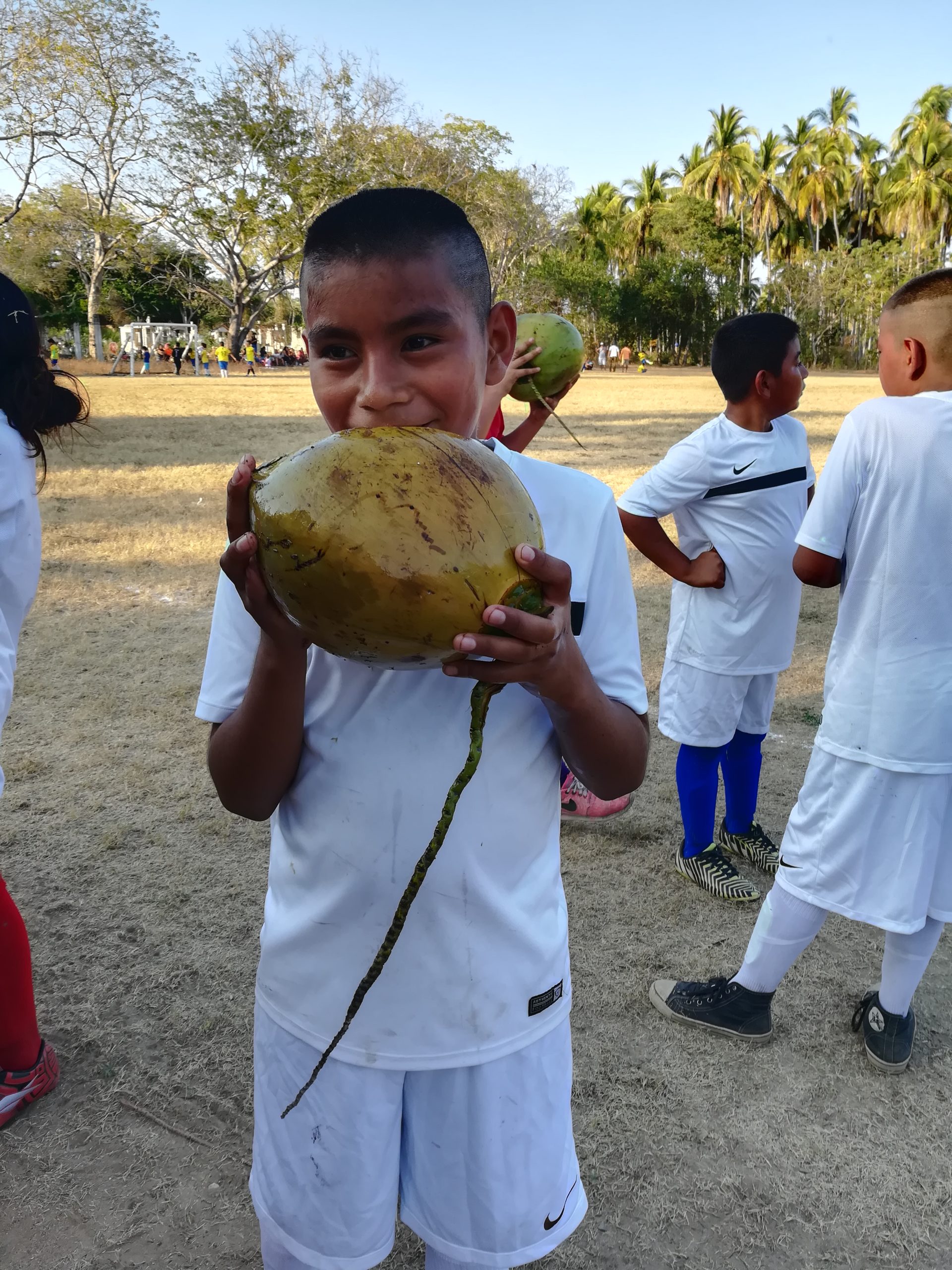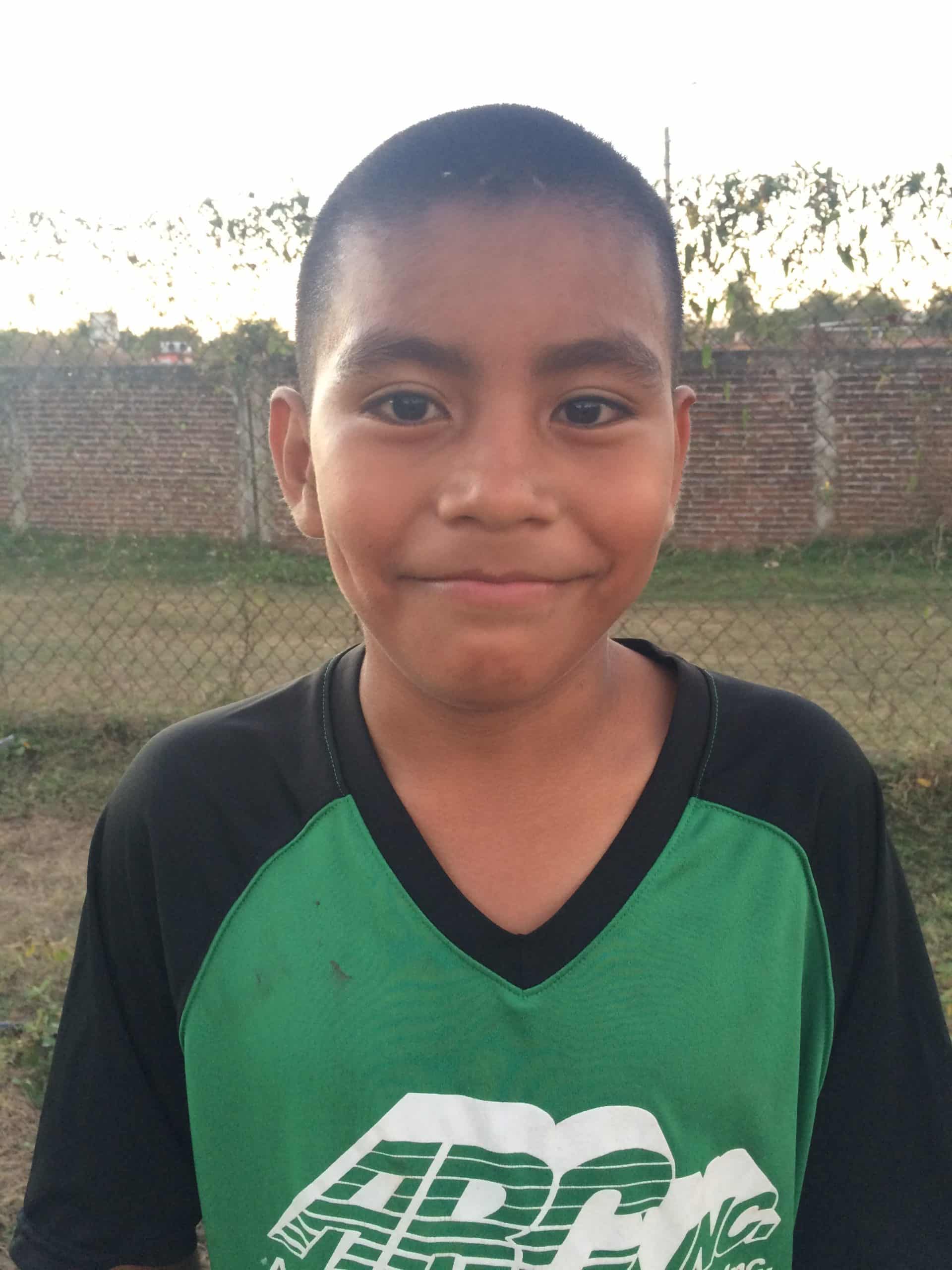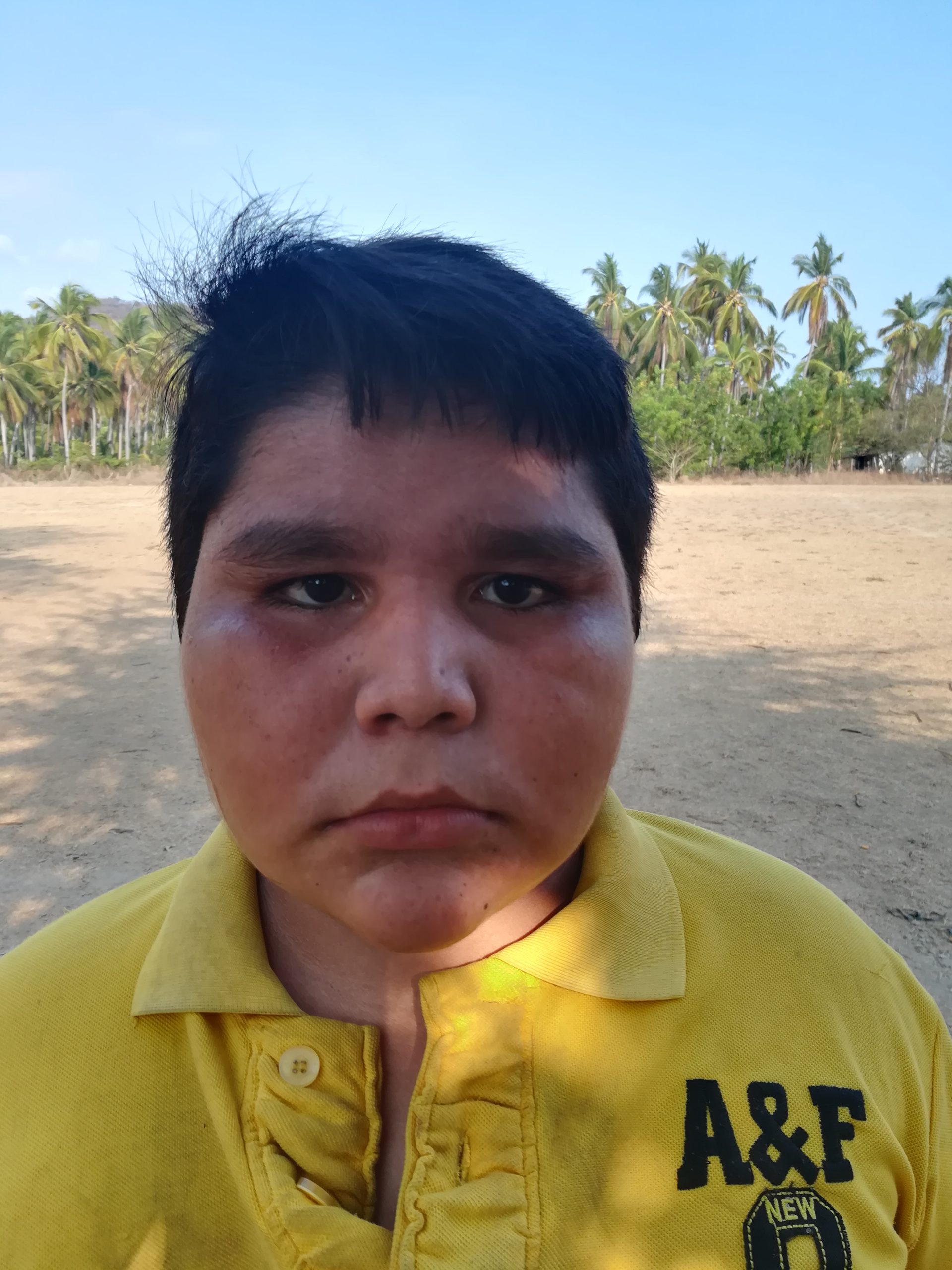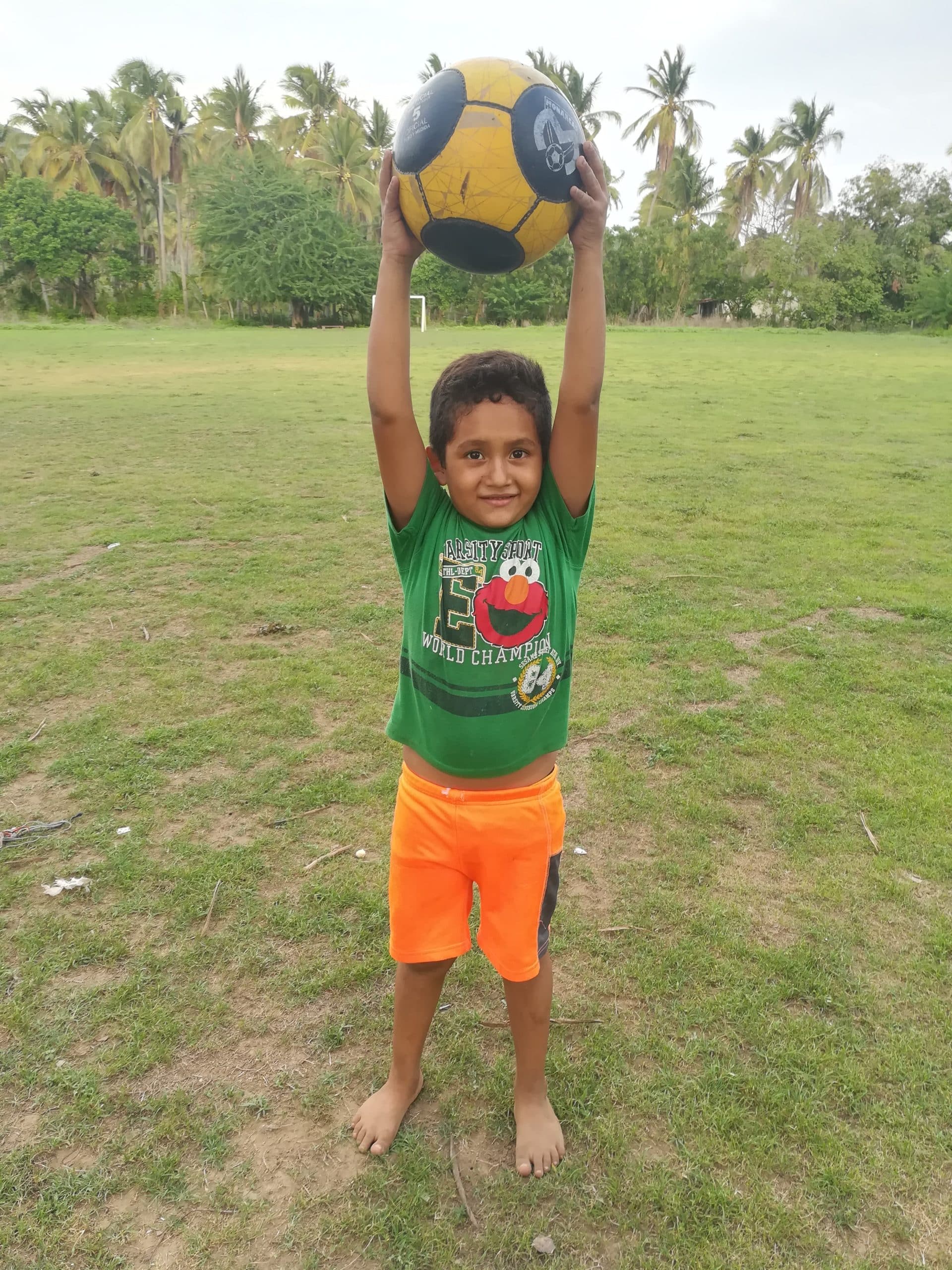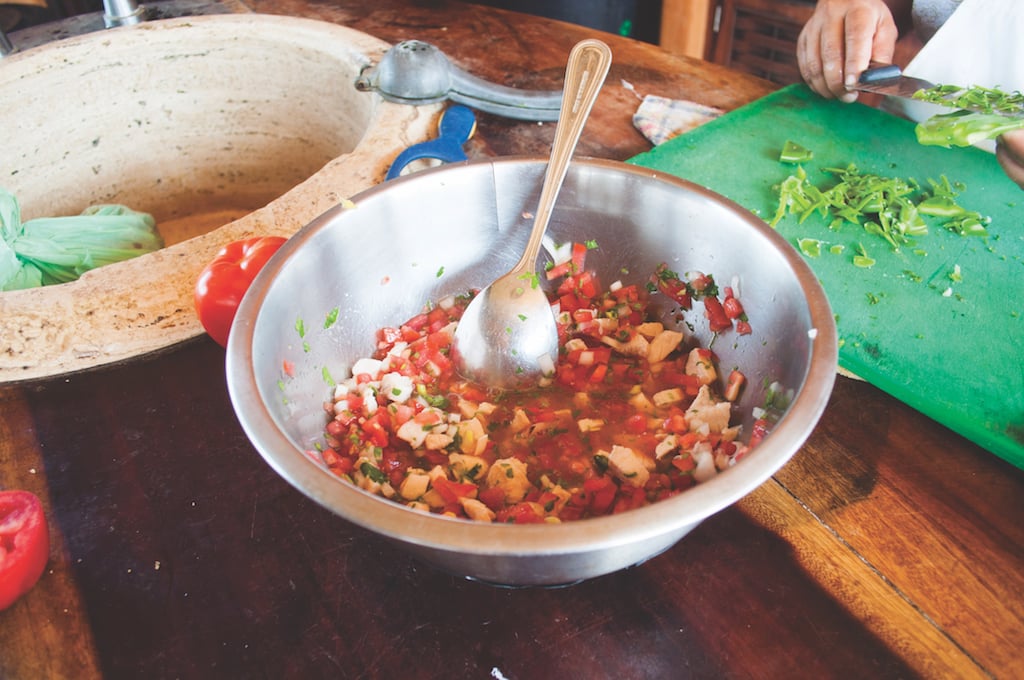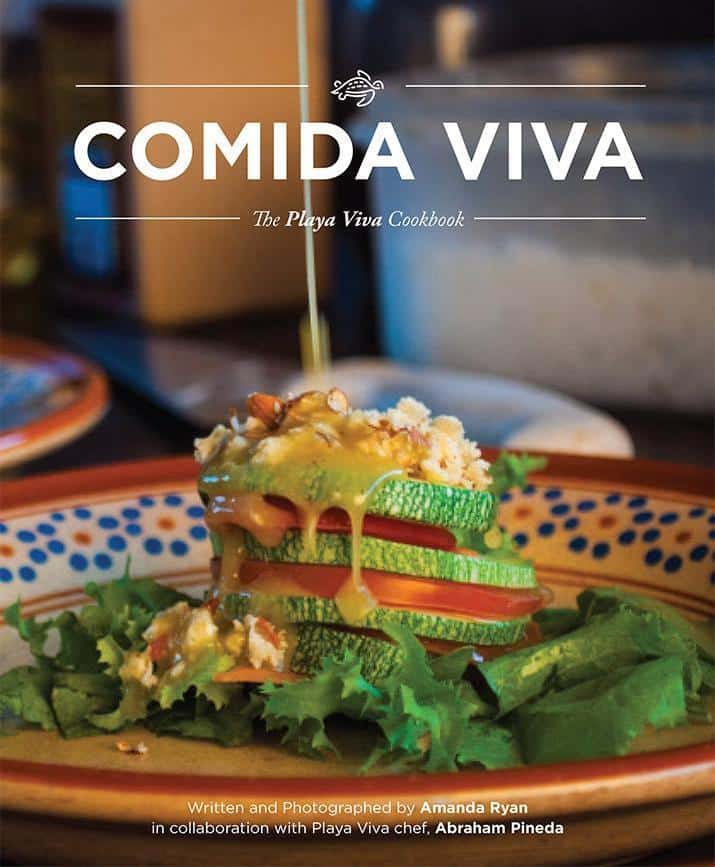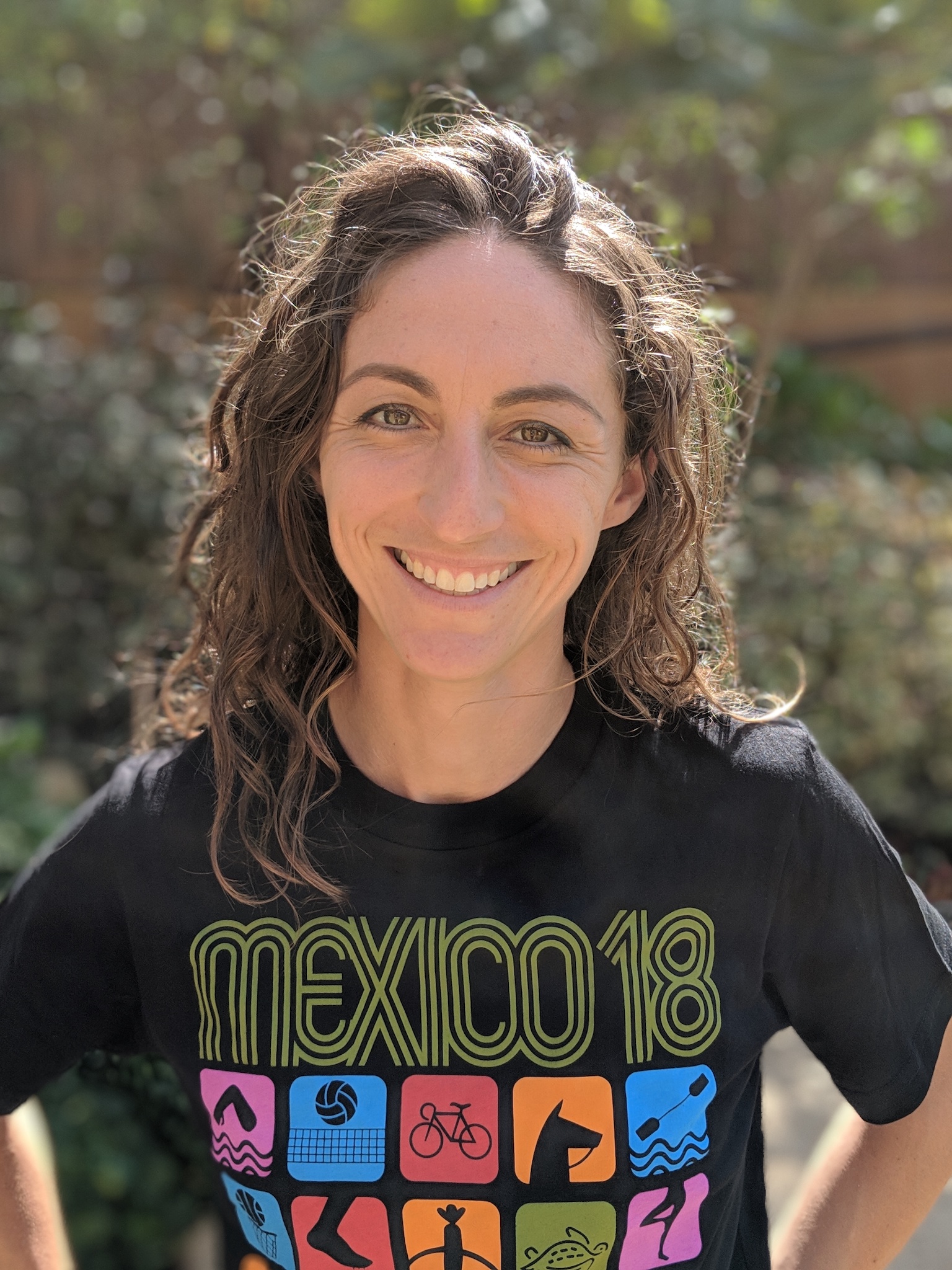 Amanda Harris is the Permaculture Manager at Playa Viva. Originally from Maryland, she made her way to Juluchuca by way of Nicaragua, Costa Rica, Southeast Asia, and most recently, a beautiful, diversely planted “holler” in West Virginia.
Amanda Harris is the Permaculture Manager at Playa Viva. Originally from Maryland, she made her way to Juluchuca by way of Nicaragua, Costa Rica, Southeast Asia, and most recently, a beautiful, diversely planted “holler” in West Virginia. The streets are alive on Sundays in Juluchuca. It’s a day to connect with extended families, to catch and eat lunch on the beach, to walk around town and talk to your neighbors. In one such conversation not long ago, Don Juan, a generous, elderly neighbor of mine reminded me how important it is to romper la rutina, to break the routine. I took his words to heart. I used the time in between seasons at Playa Viva to observe how other permaculturists, chefs, and hotel managers nourish and regenerate their ecosystems; and I started to understand ways to share that knowledge.
I used the time in between seasons at Playa Viva to observe how other permaculturists…regenerate their ecosystems
At Finca Luna Nueva Lodge, a Regenerative Resort outside of La Fortuna, Costa Rica, the only thing creating space between you and the natural ecosystem around you, are the few impermeable roofs on the buildings resting inside the forest. Part of the forest holds a diverse collection of medicinal plants, other sections are home to biodynamically grazed cattle, and better still, acres and acres are planted with over three hundred 30 year old cacao trees. This is where you go to rejuvenate when you work in permaculture. You sink deep into the laborious work of previous generations; you get to know how patterns of regeneration were awoken in the minds of people like Steven Farrell and Tom Newmark (Luna Nueva founders) at the same time; and you sit and sip the ancient seed of cacao inside the forest.
I went to Costa Rica to connect with two friends and colleagues, Scott Gallant and Sam Kenworthy, who recently joined the great team of folks at Finca Luna Nueva Lodge. I landed myself inside a vibrant green rainforest, rich with flowering plants, hundreds of bird species, and moss covered trees – and at just the right time. Tom and his wife Terry, Steven, Sam, Scott walked through the forest designing dynamic spaces where their guests will be able to interact with the ecosystem in new ways. Native bee colonies were being nourished, protected and displayed to create awareness of the species’ importance and the honey’s medicinal properties; open spaces were being packed full of plants to optimize photosynthesis and build biomass; and cacao forests were being opened up to offer new breath.
I felt like my feet were… planted into the soil to grow at Finca Luna Nueva.
I mean that. You could feel the forest breathing as Scott, Sam and I took chainsaws, pruning scissors and bristly gloves to the mossy barks and branches of the cacao trees. I watched as the two of them decided which branches to cut, and learned from every choice they made. We macheted the biomass into small pieces and left them scattered around the forest floor to decompose into soil; and I slid two gloves on my hands and massaged centimeter thick moss off meters and meters of tree trunks and canopy branches. Sunlight began to peak through, a steam started rising from the ground, and the stomata of the remaining leaves were respiring in a whole new way. Regeneration looked different for me all of a sudden. I felt connected to the lifecycle of the forest around me in a way I had not thought about before. I sat high in the second story of vintage cacao trees and somehow felt like my feet were rooted into the ground around me, planted into the soil to grow at Finca Luna Nueva.
The afternoon was perfect. My hands and clothes were filthy, sweat mixed with large raindrops from quick downpours and a saltiness covered my skin. We discussed forest designs as Luna Nueva chocolatiers toasted and ground cacao beans under a bamboo gathering space in the middle of the dense food forest. We thought through ways to help guests connect deeply to the place around them, rich in biodiversity and abundant in nutrient-dense tropical harvests. We shared the ancient medicine that is cacao, and we returned to the lodge for a feast full of products right off the farm.
The forest felt like a rustic classroom full of knowledge.
It is experiences like these, where businesses work their hardest to find a balance between biodiversity, food production, and human experiences, that move me forward. The opportunity to connect with other Regenerative Resorts to explore and understand the spaces where hotel operations and guest experience, community engagement, and regenerative agriculture all meet was unique. The forest felt like a rustic classroom full of knowledge.
This season feels exciting. We are rested, and refilled.
It was a treat to be a student and traveler for a brief moment. It awoke an alertness in me; reminded me to be an observer. When I arrived home to Juluchuca and Playa Viva the season had changed. Rain occasionally fell from the sky (this is a good thing in a semi-arid tropical forest) and the team at the hotel was nearing the end of our descanso, rest. We organized an interactive staff-wide workshop on regenerative practices; our permaculture and culinary teams are passing ingredients and recipes back and forth in new ways; and pathways between four local communities and Playa Viva are being nourished and extended. This season feels exciting. We are rested, and refilled. We were wise to break the routine, to connect to a new place, or to reconnect to a familiar space, and to feel it on the skin when the elements changed around us.
 Amanda Harris is the Permaculture Manager at Playa Viva. Originally from Maryland, she made her way to Juluchuca by way of Nicaragua, Costa Rica, Southeast Asia, and most recently, a beautiful, diversely planted “holler” in West Virginia.
Amanda Harris is the Permaculture Manager at Playa Viva. Originally from Maryland, she made her way to Juluchuca by way of Nicaragua, Costa Rica, Southeast Asia, and most recently, a beautiful, diversely planted “holler” in West Virginia. 

